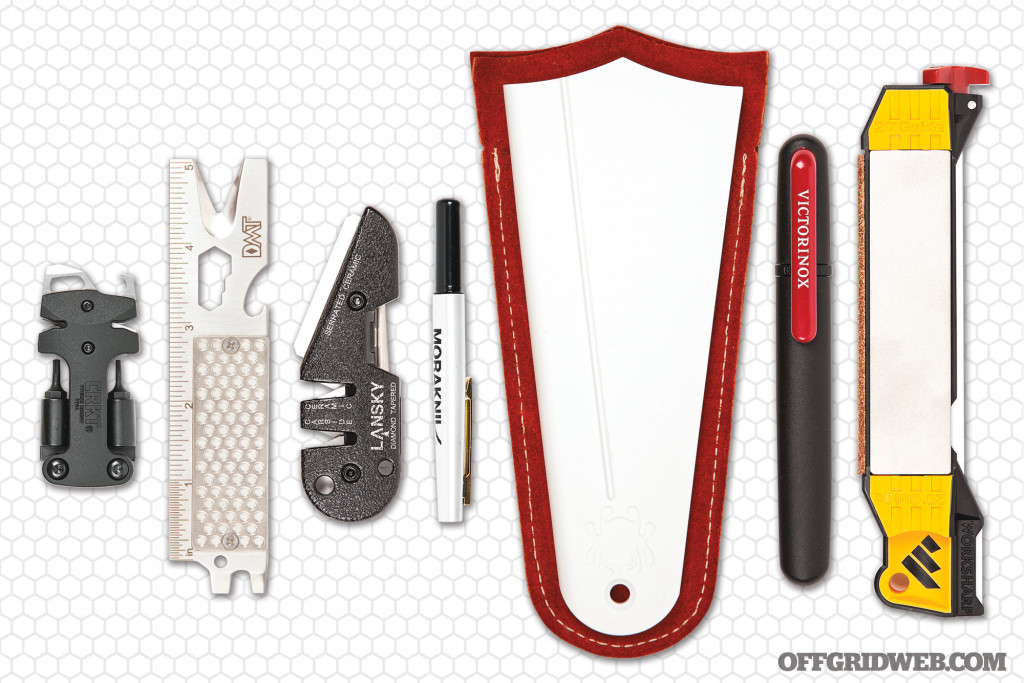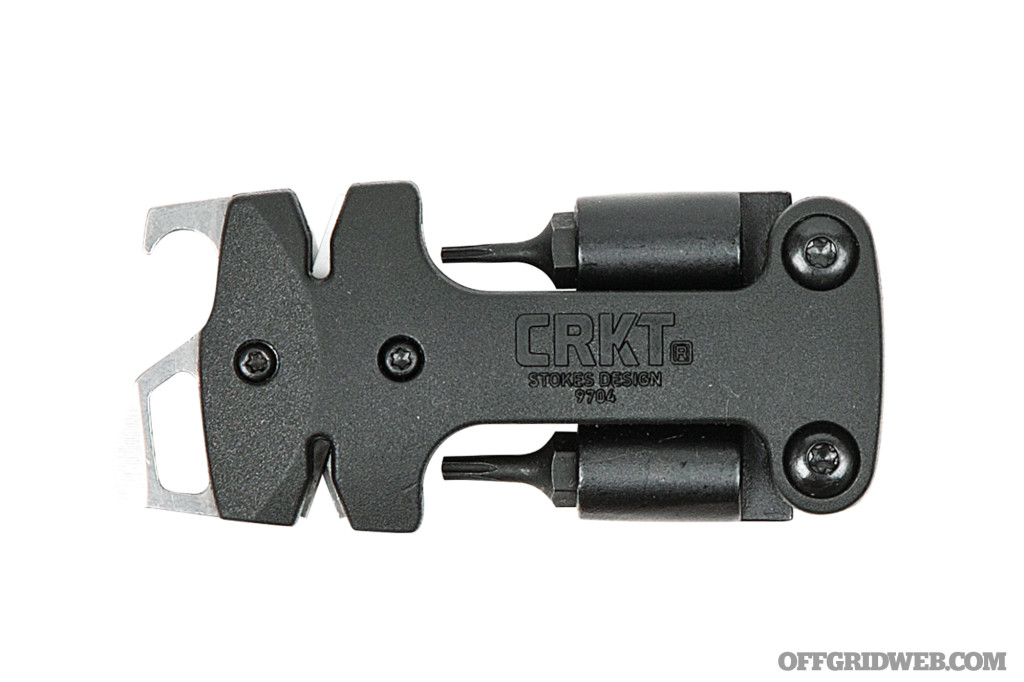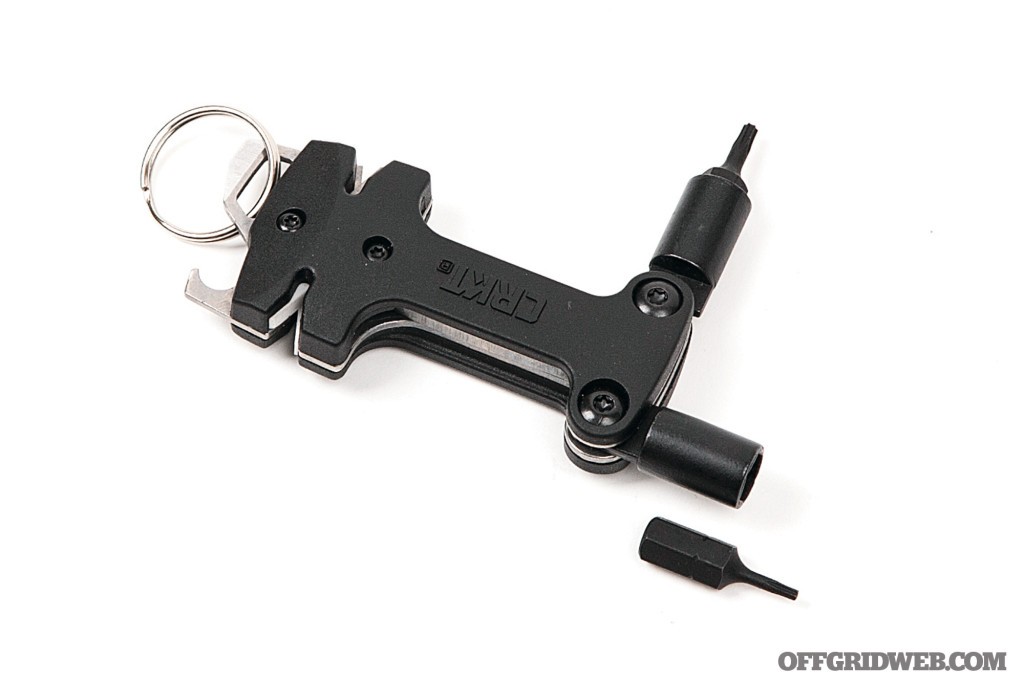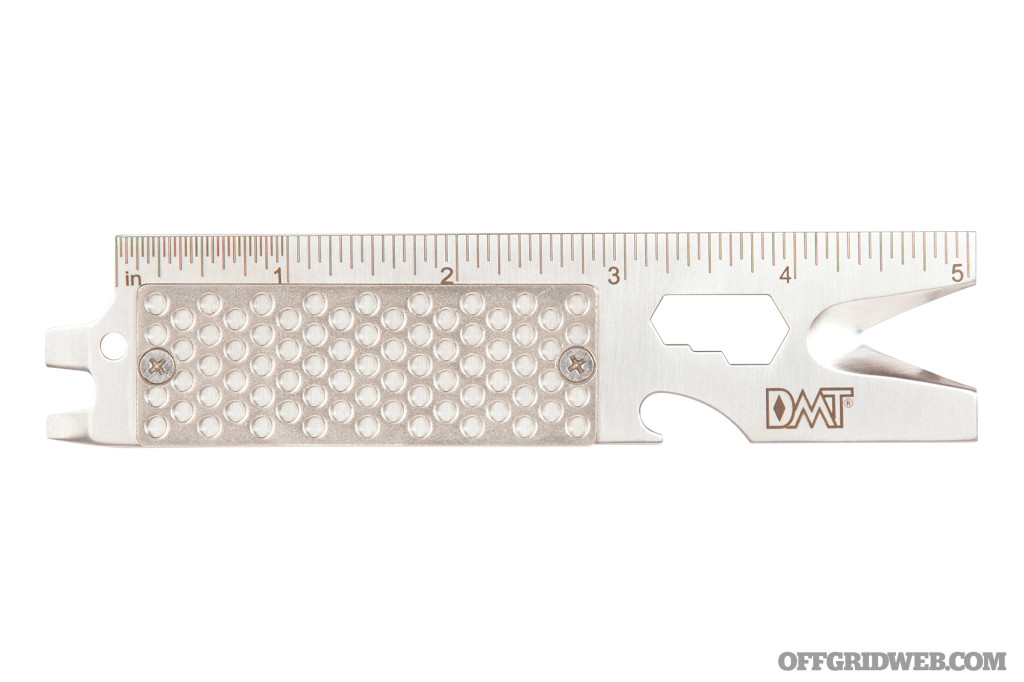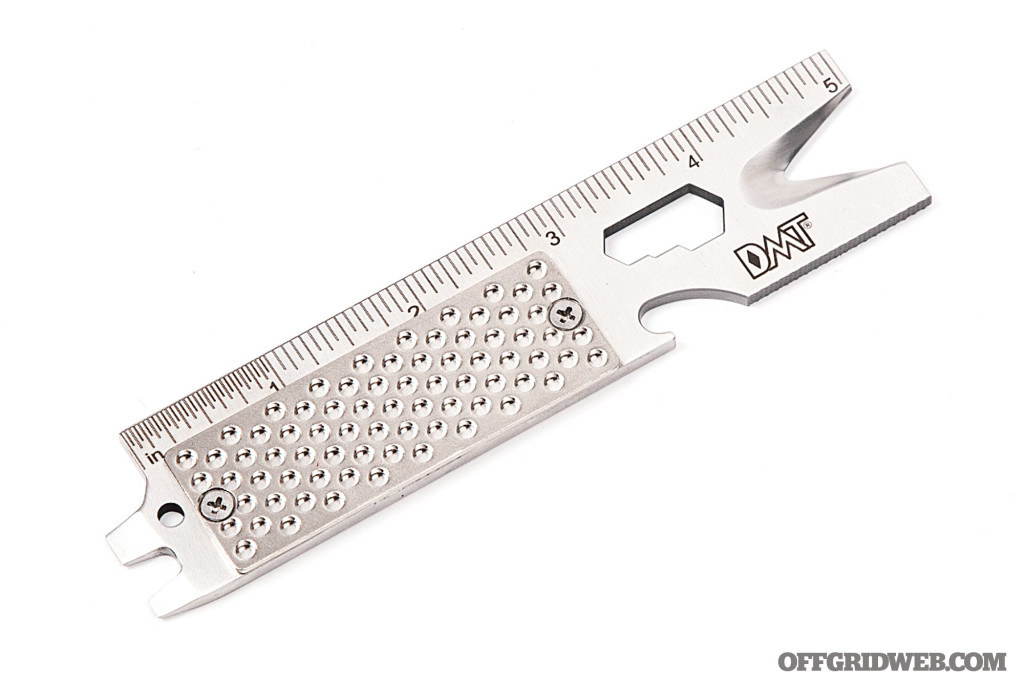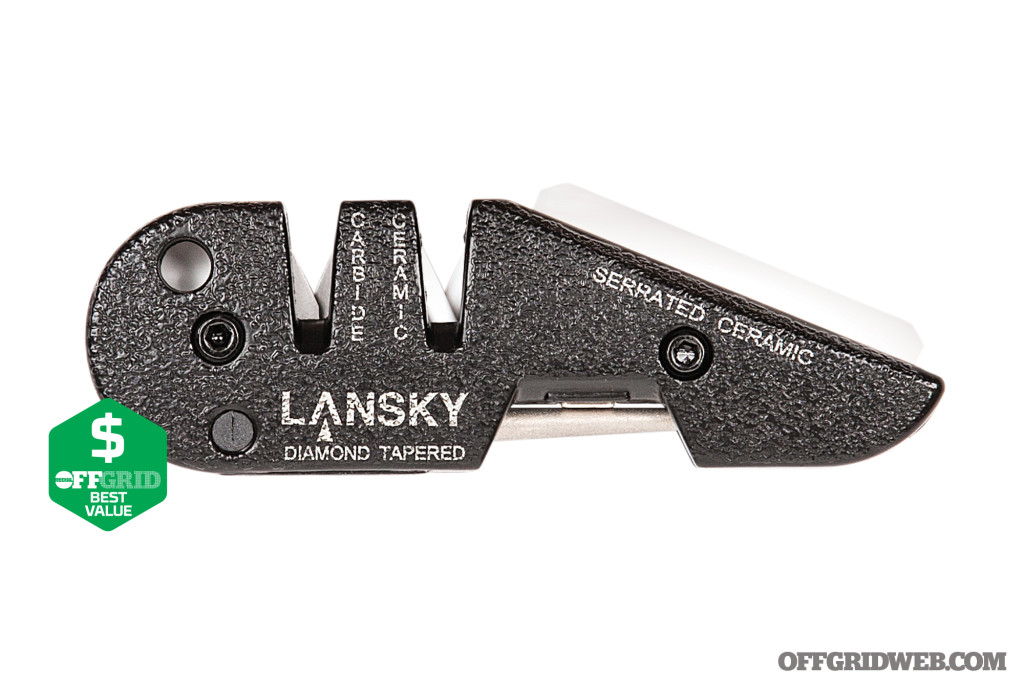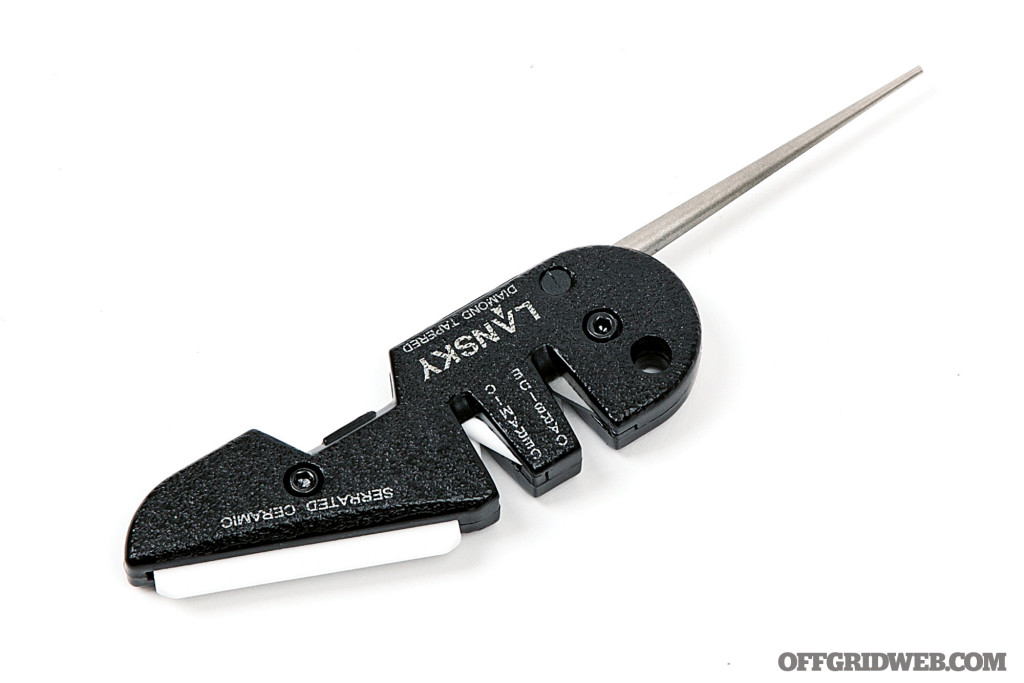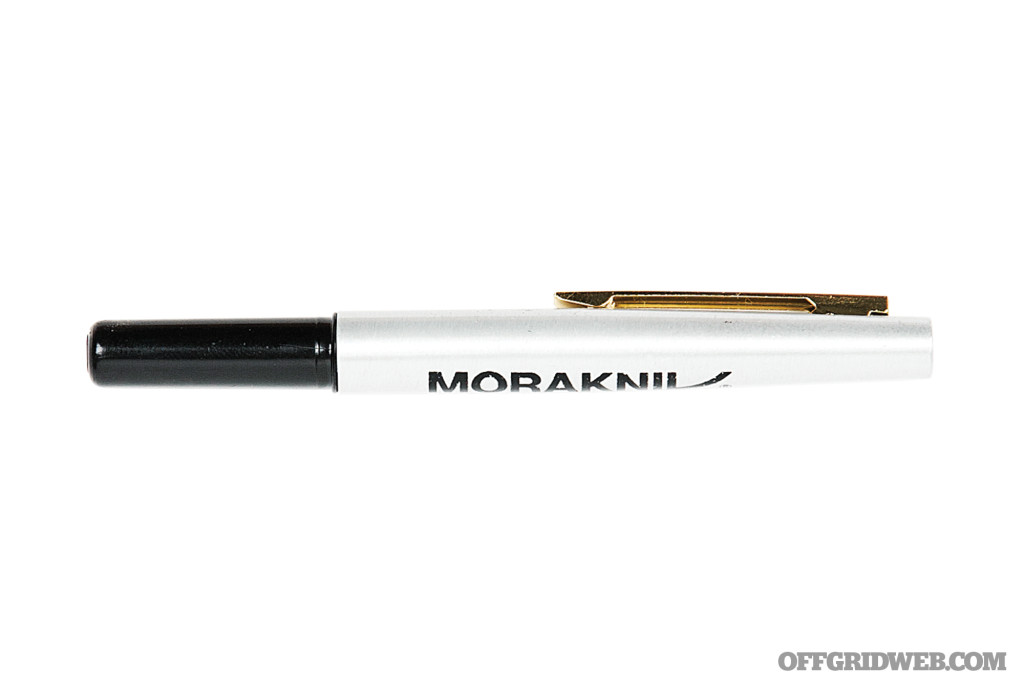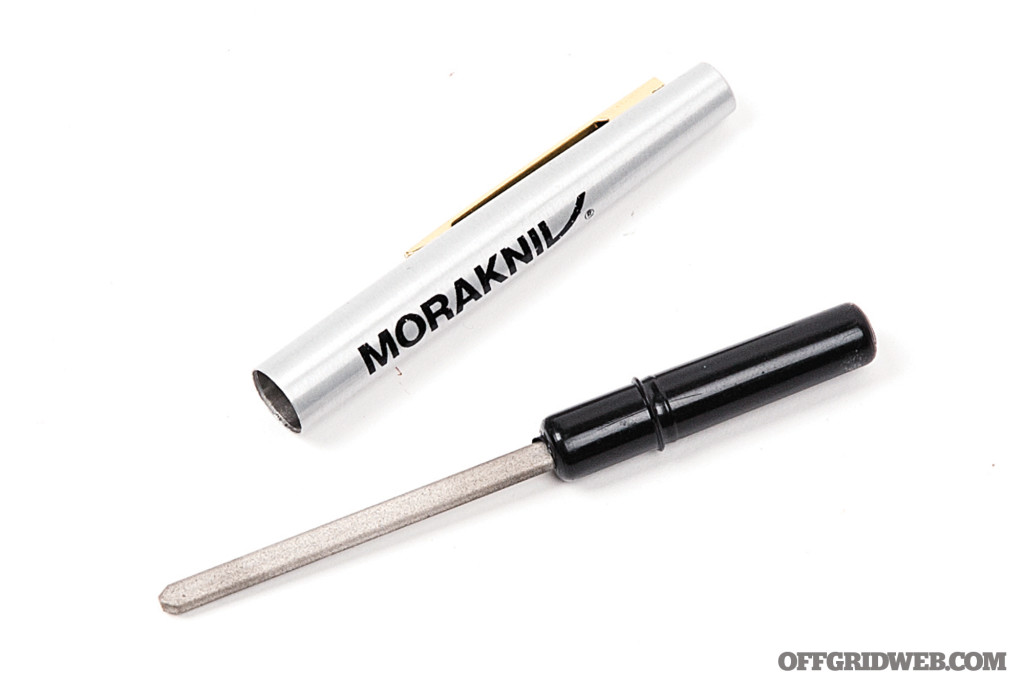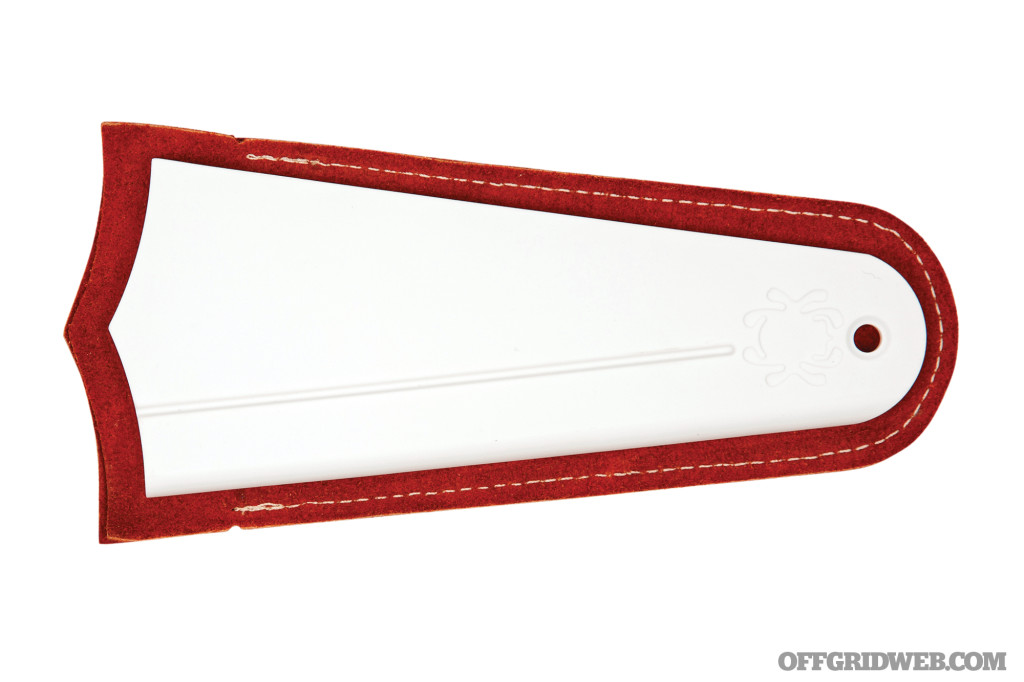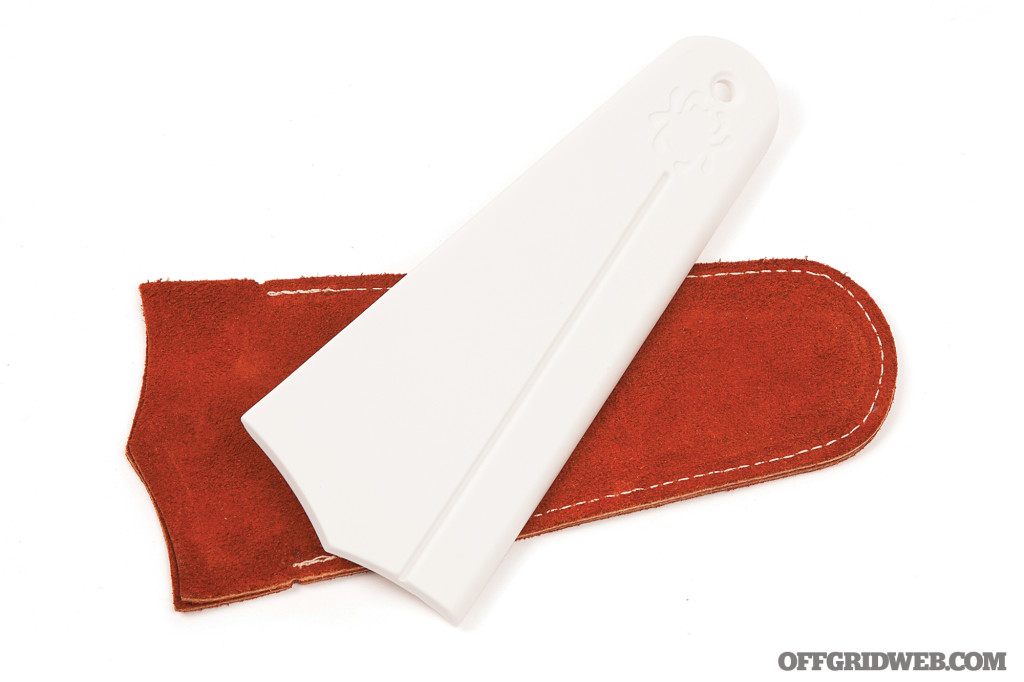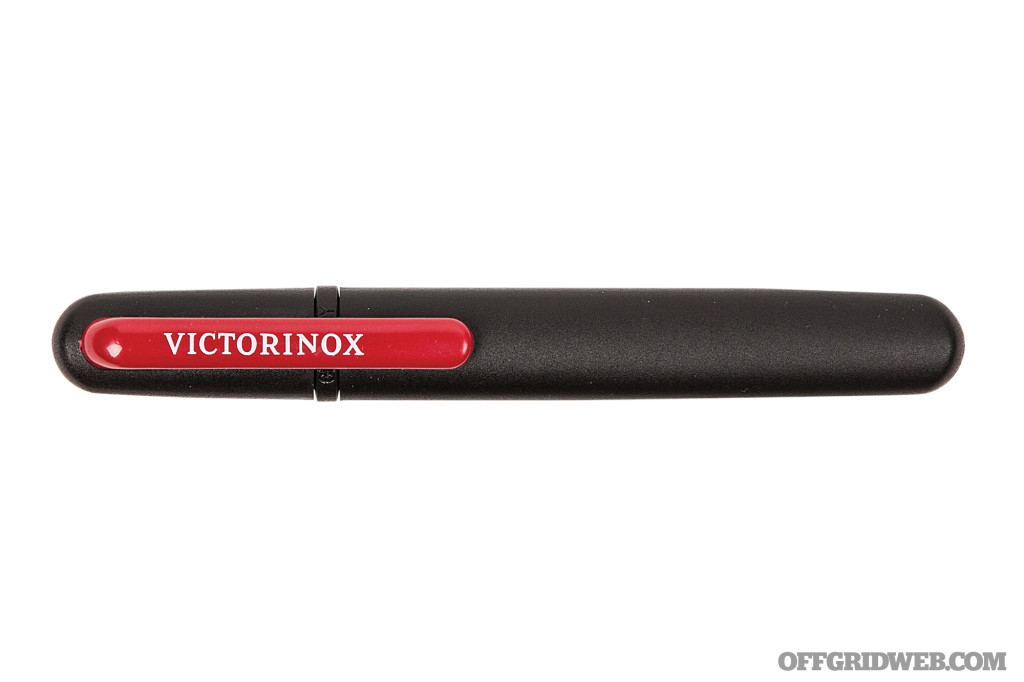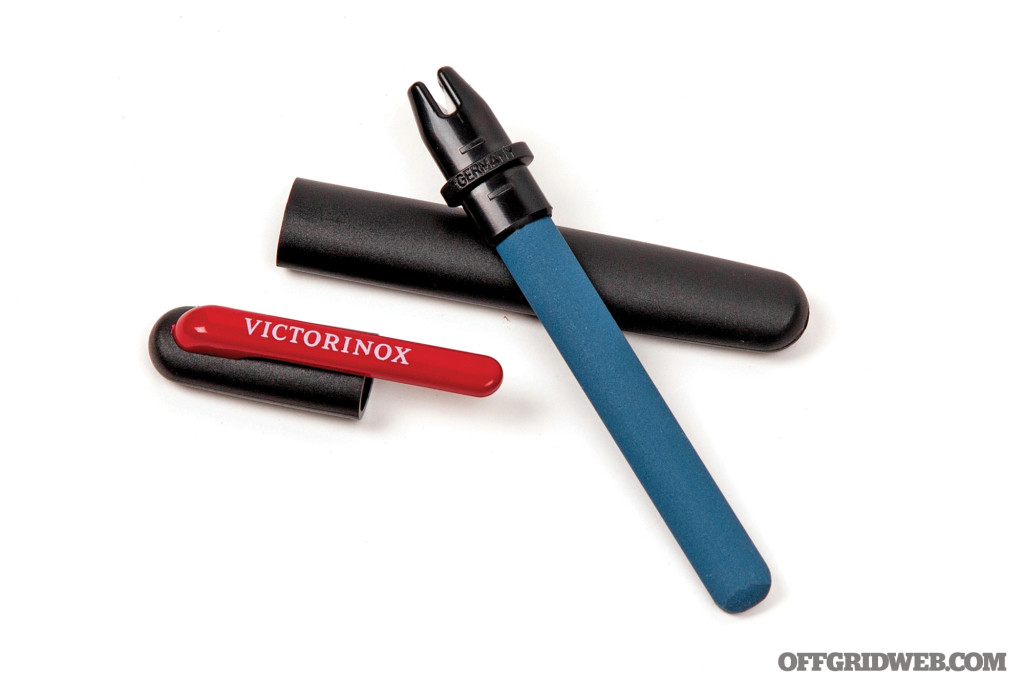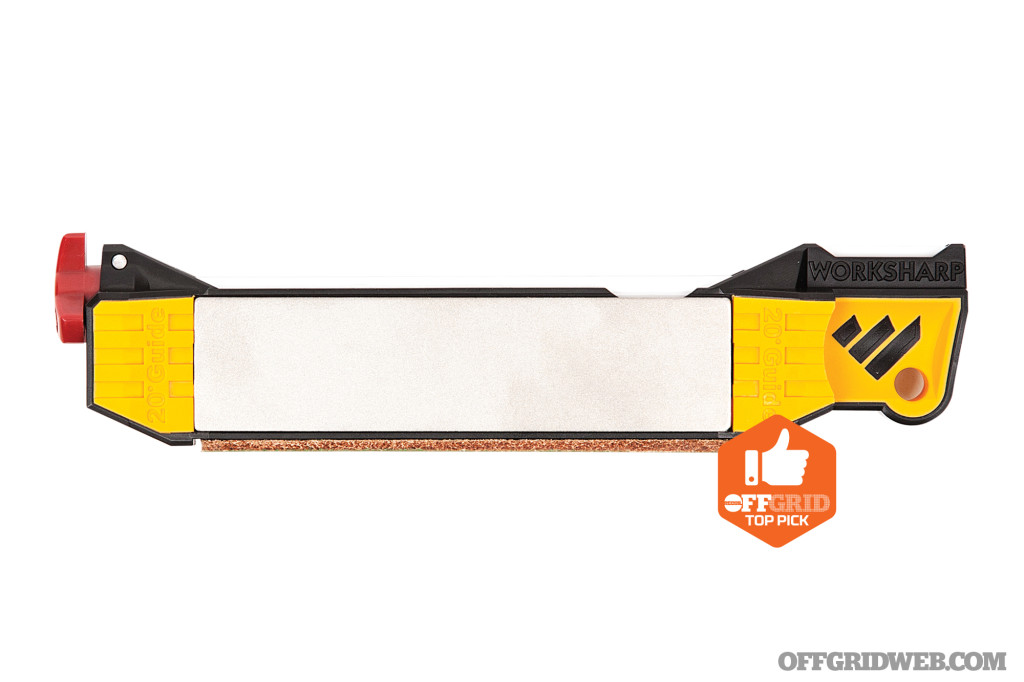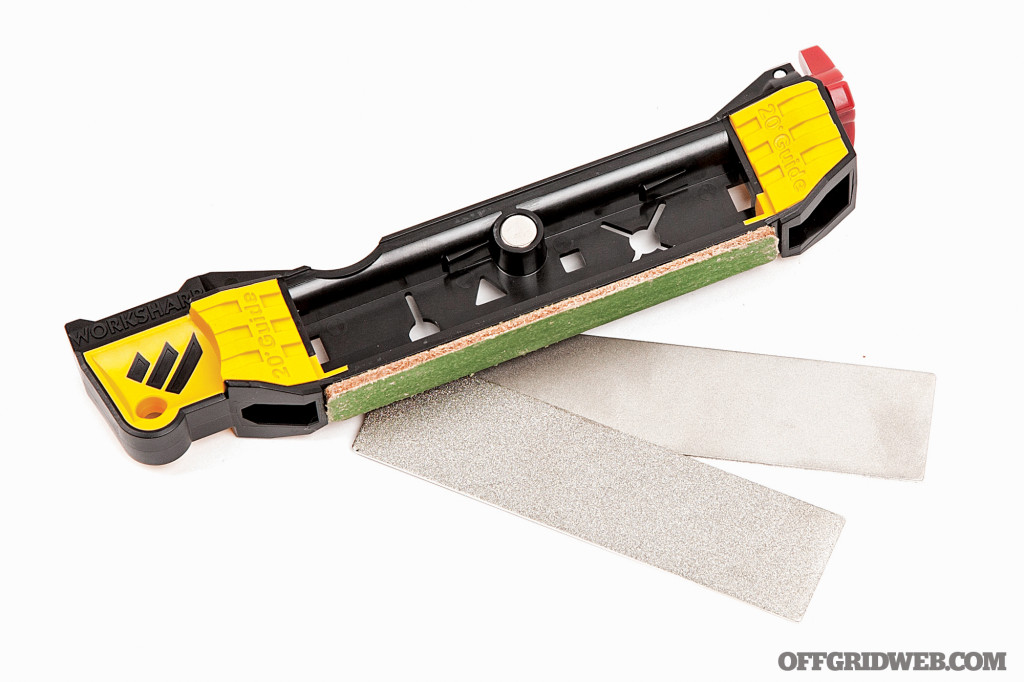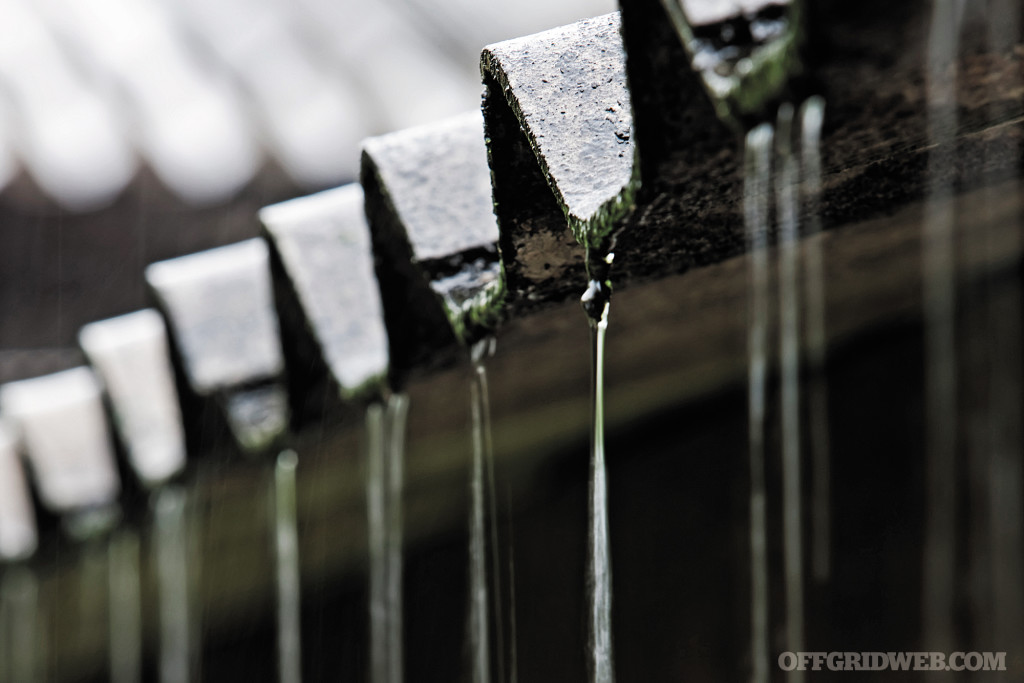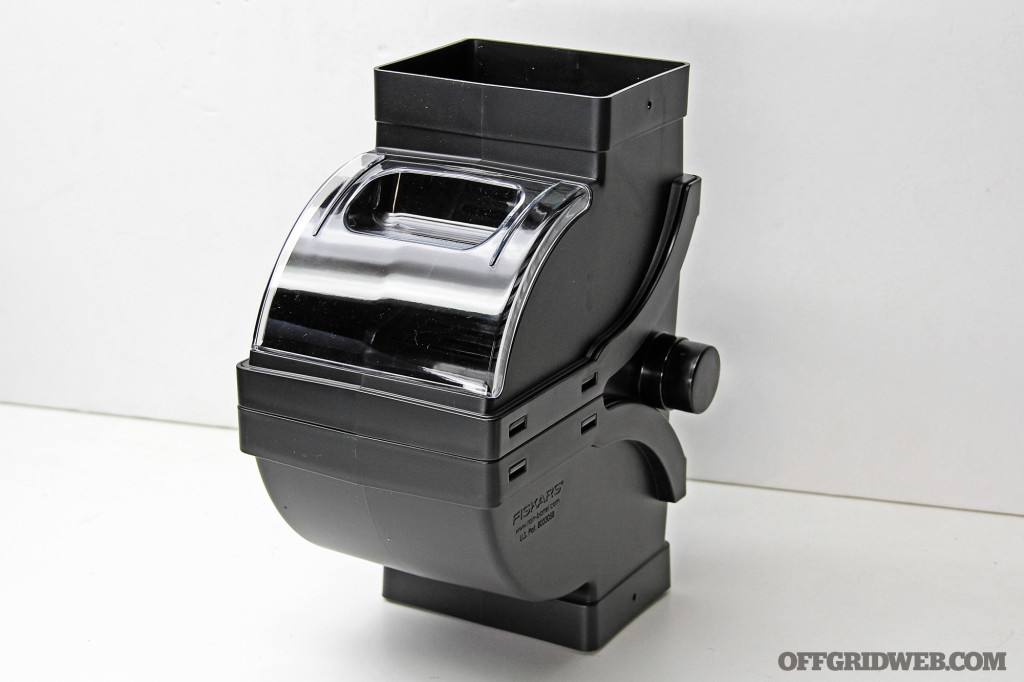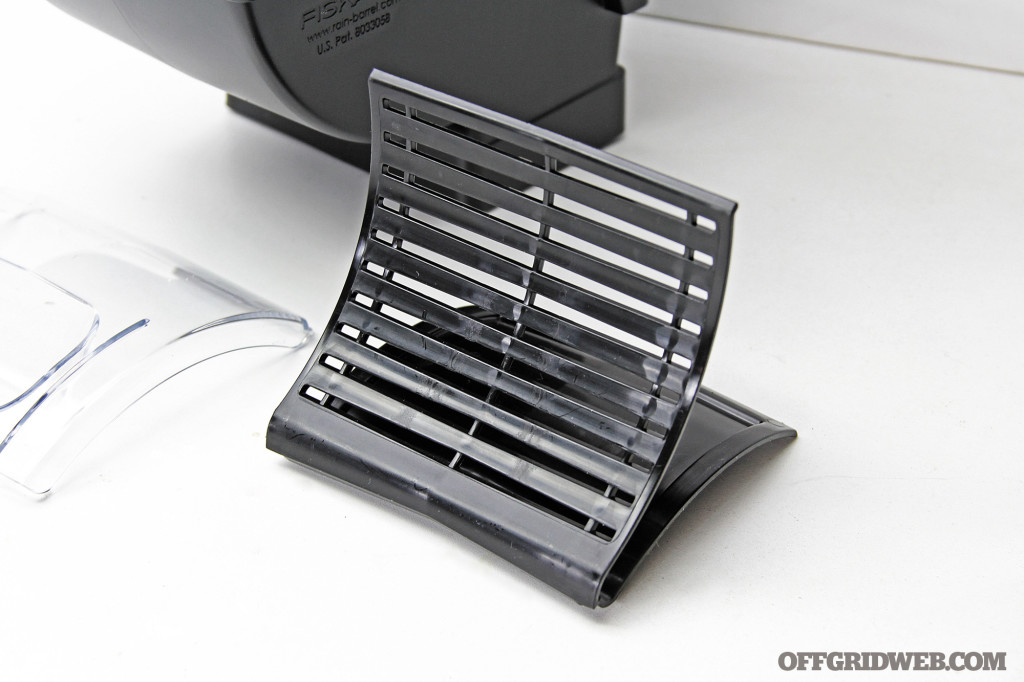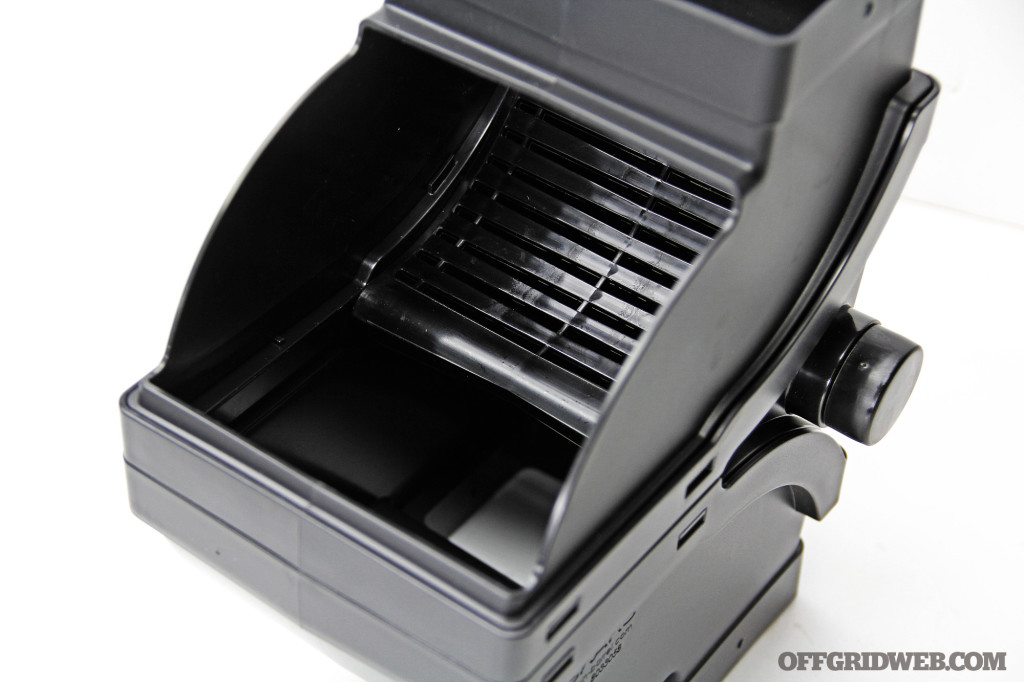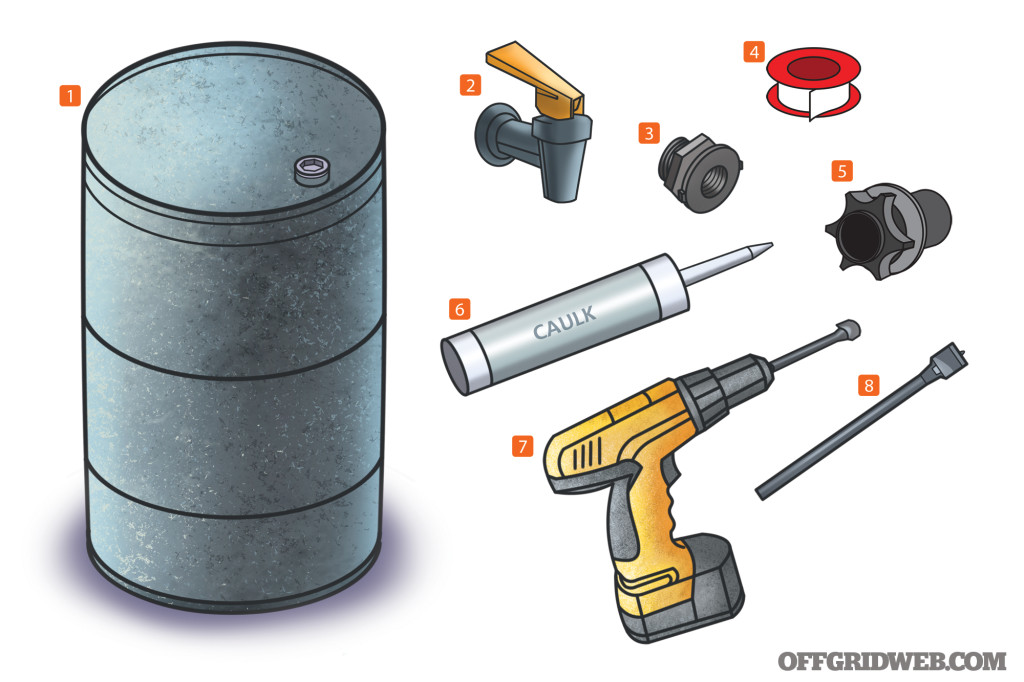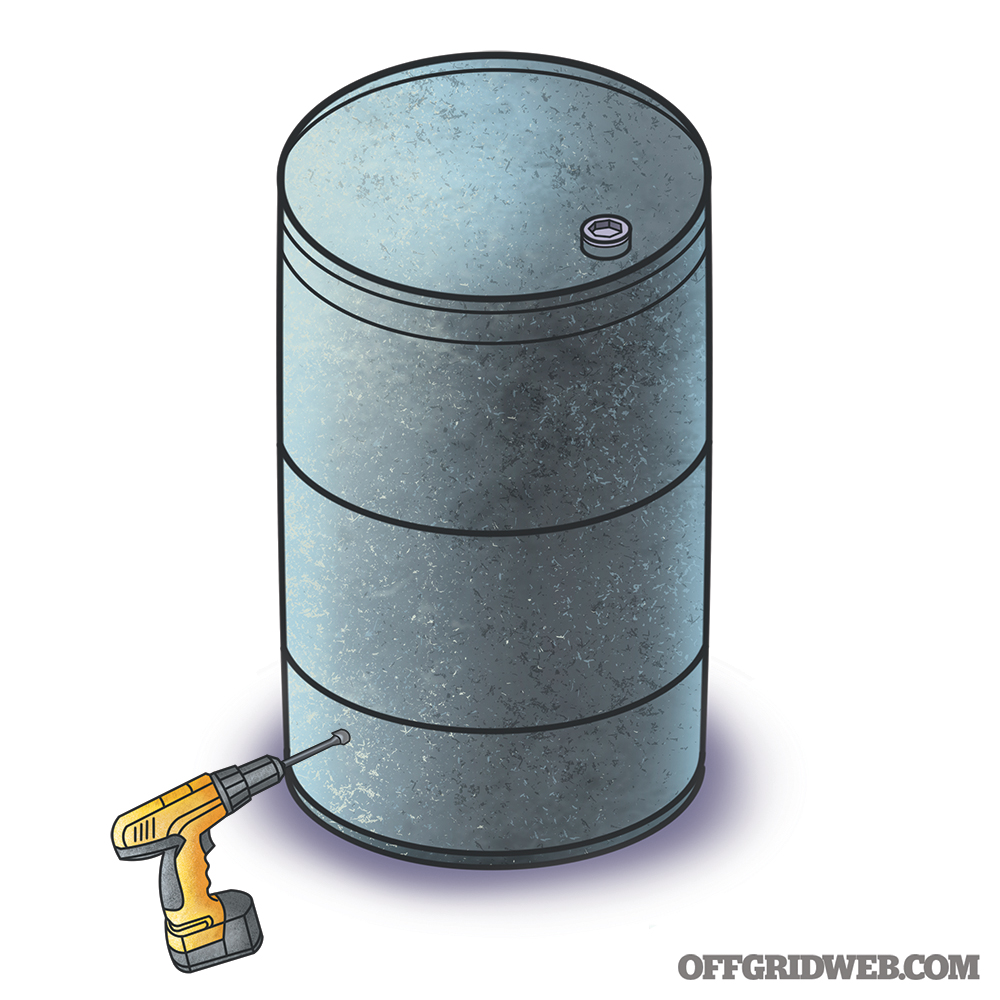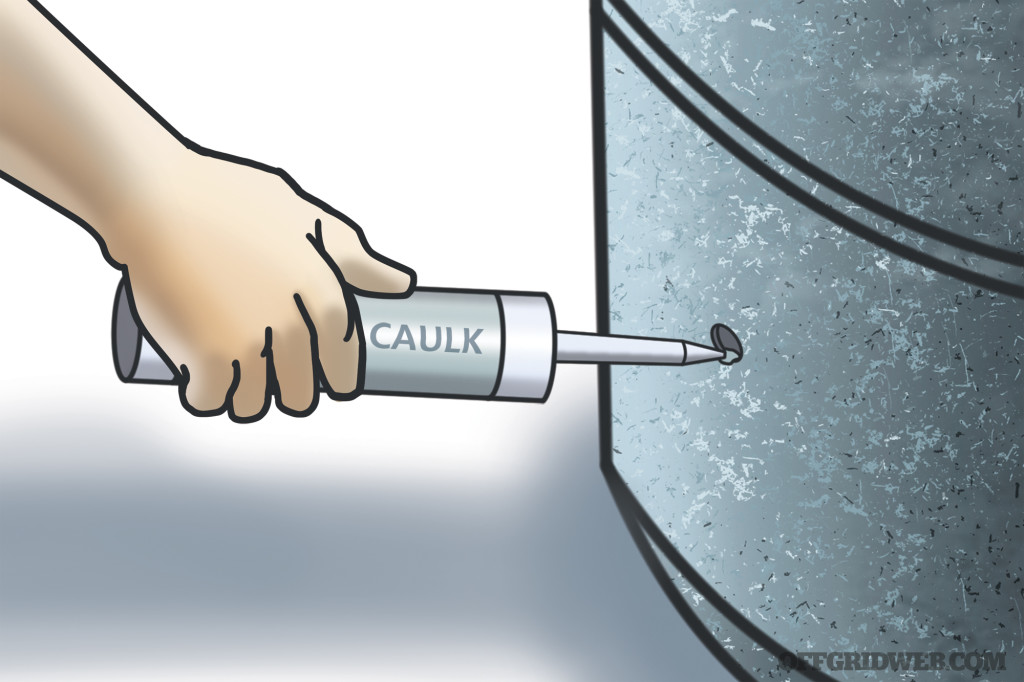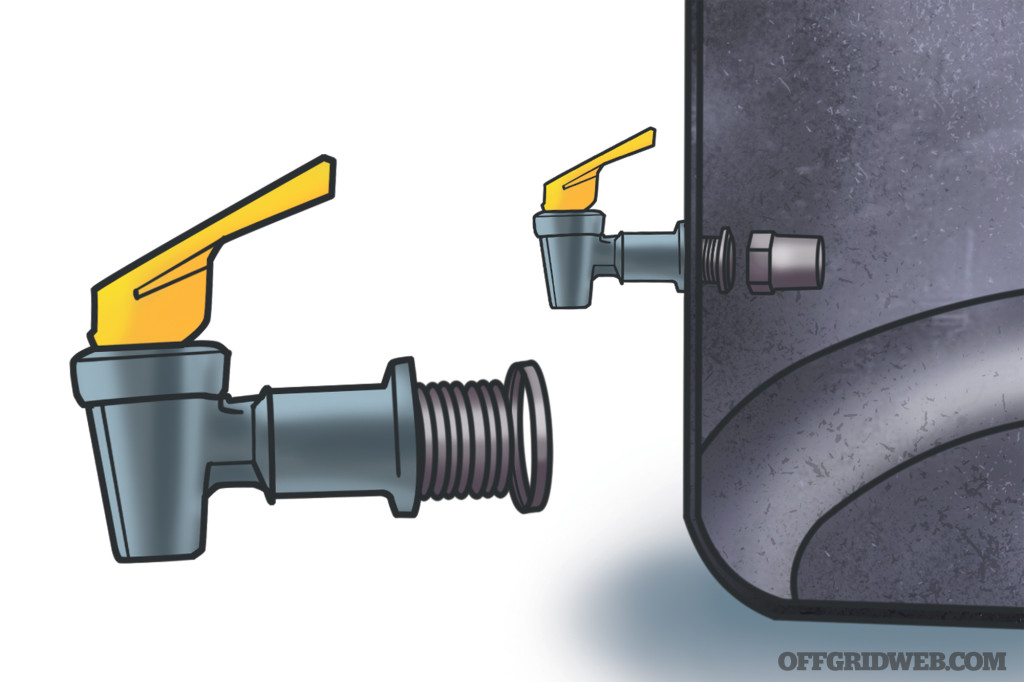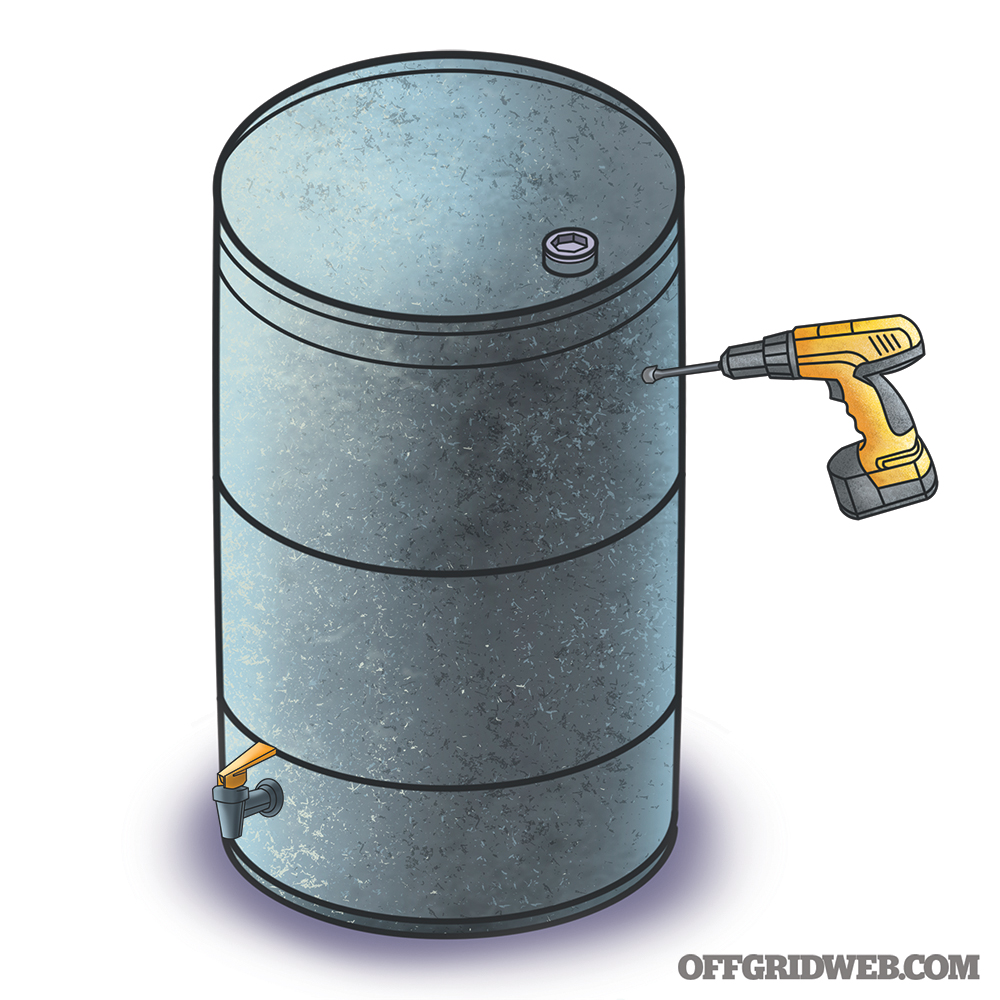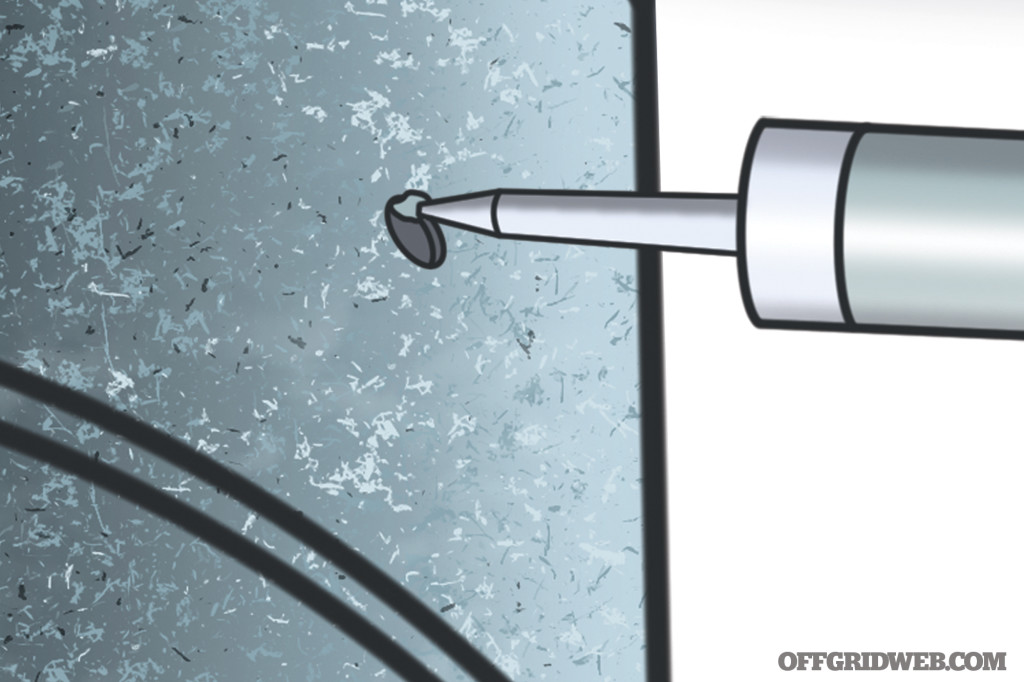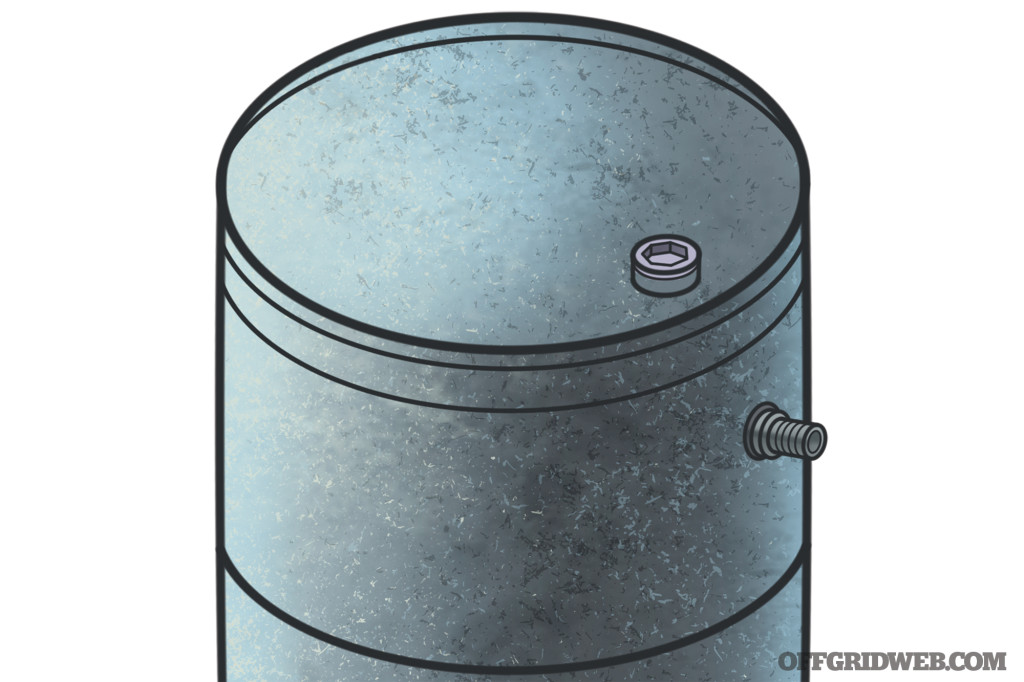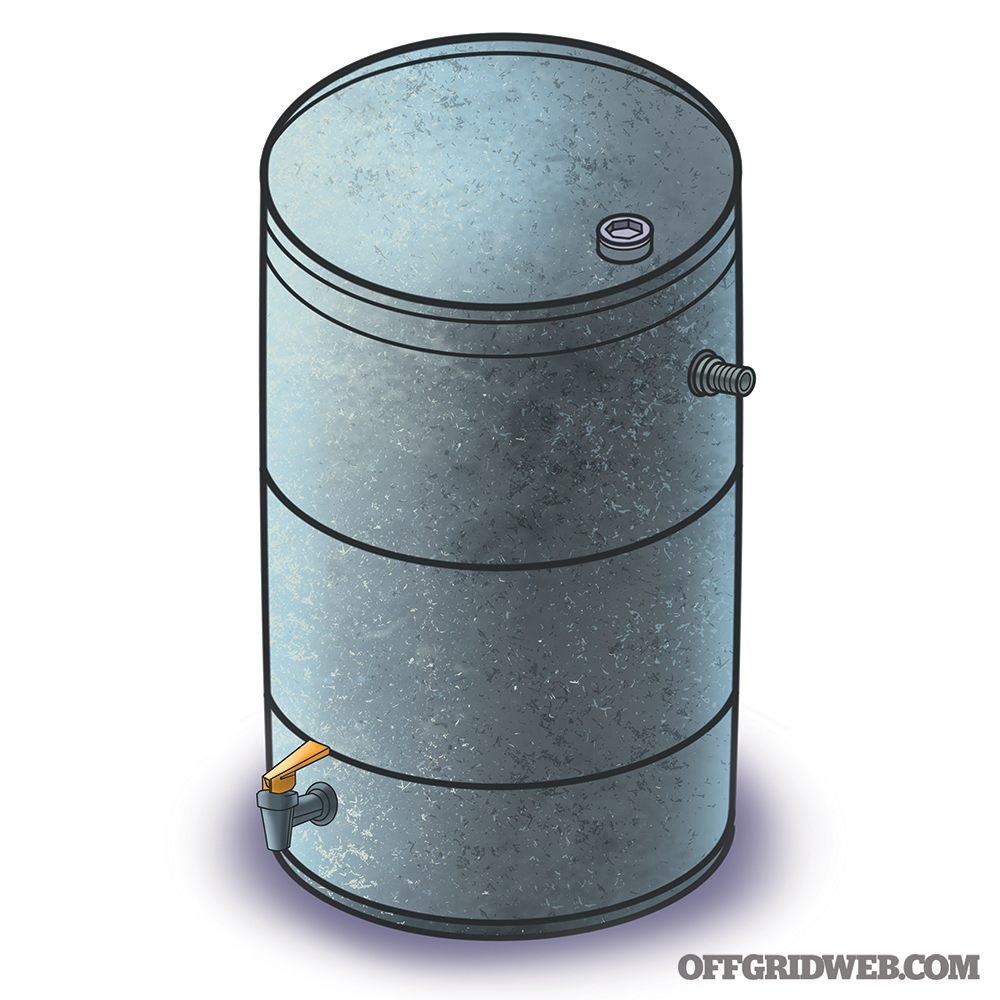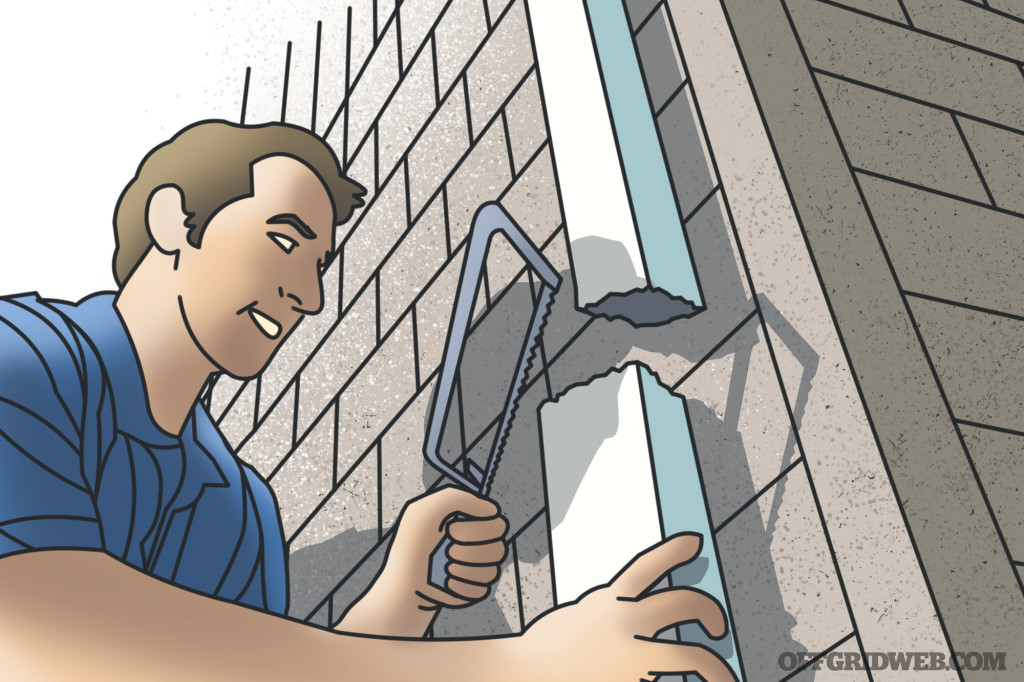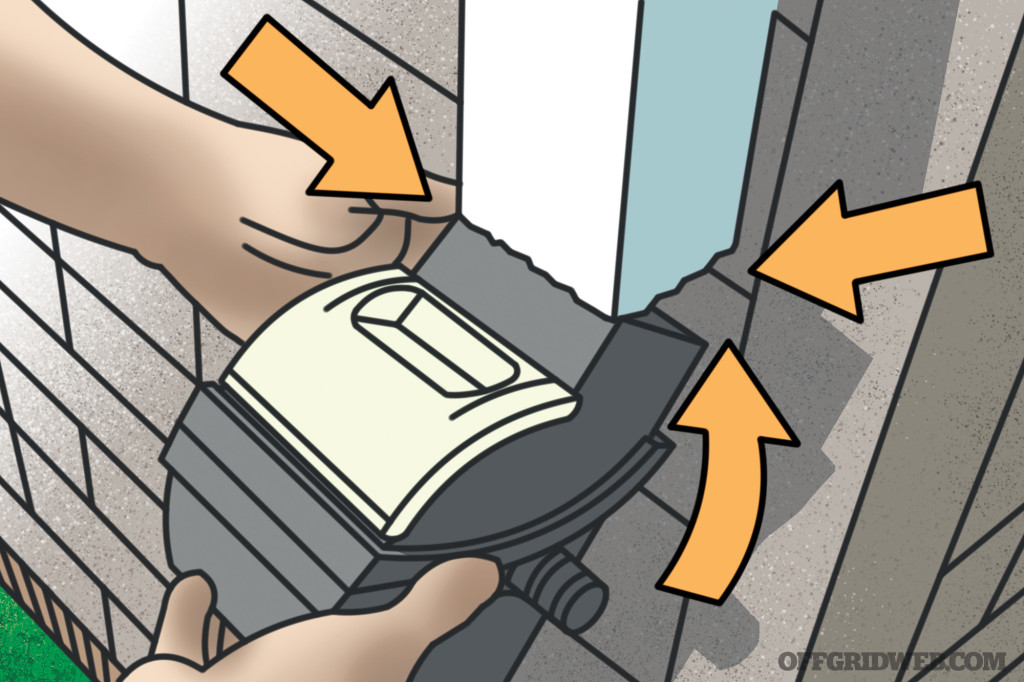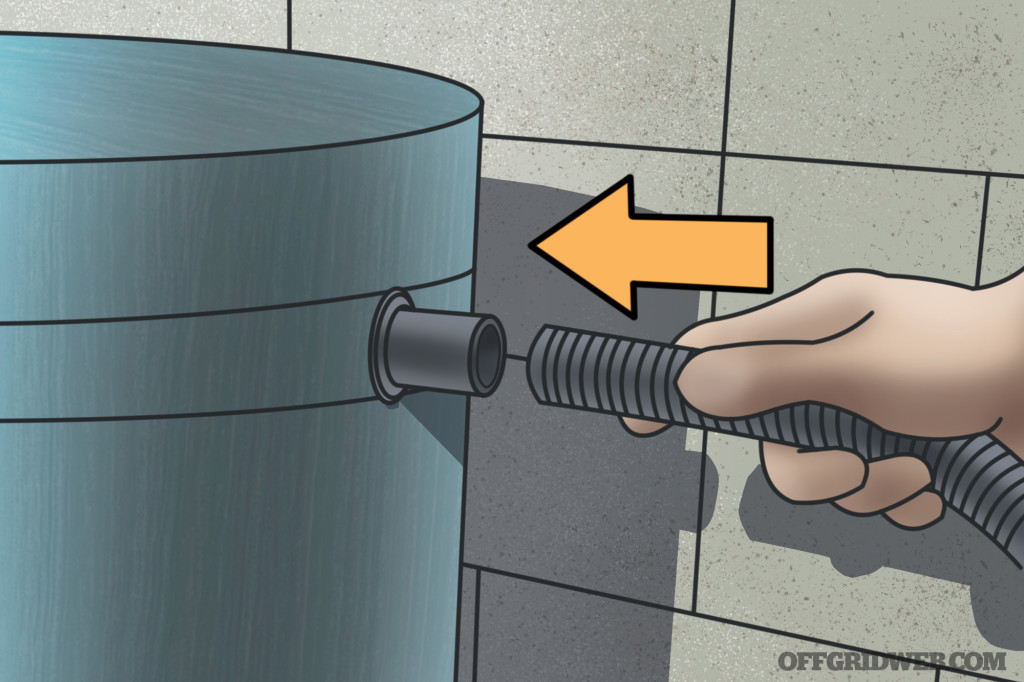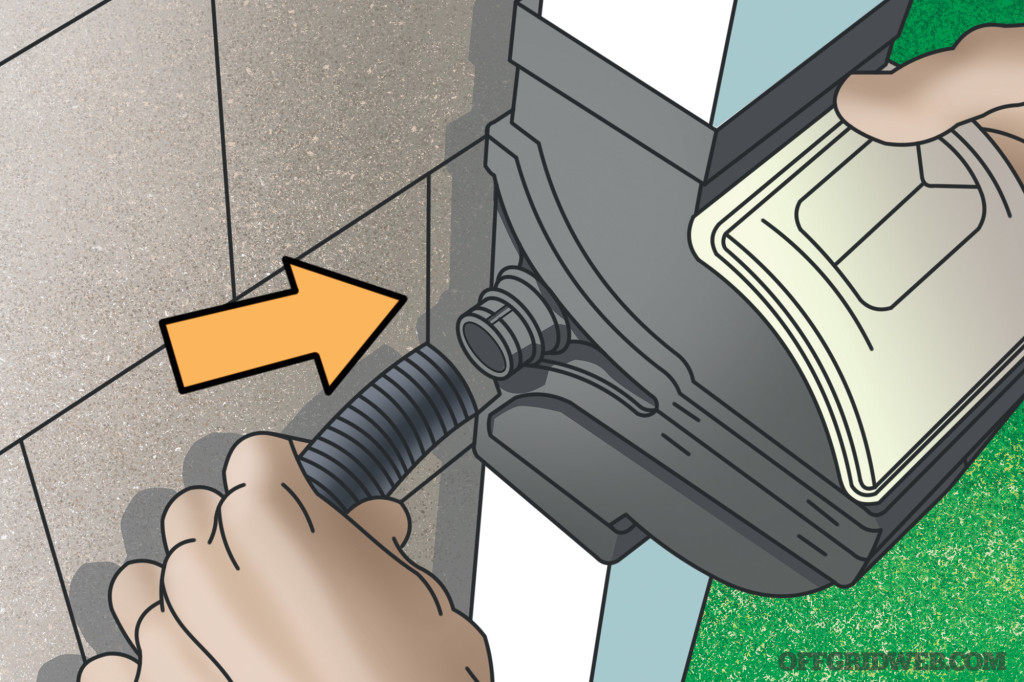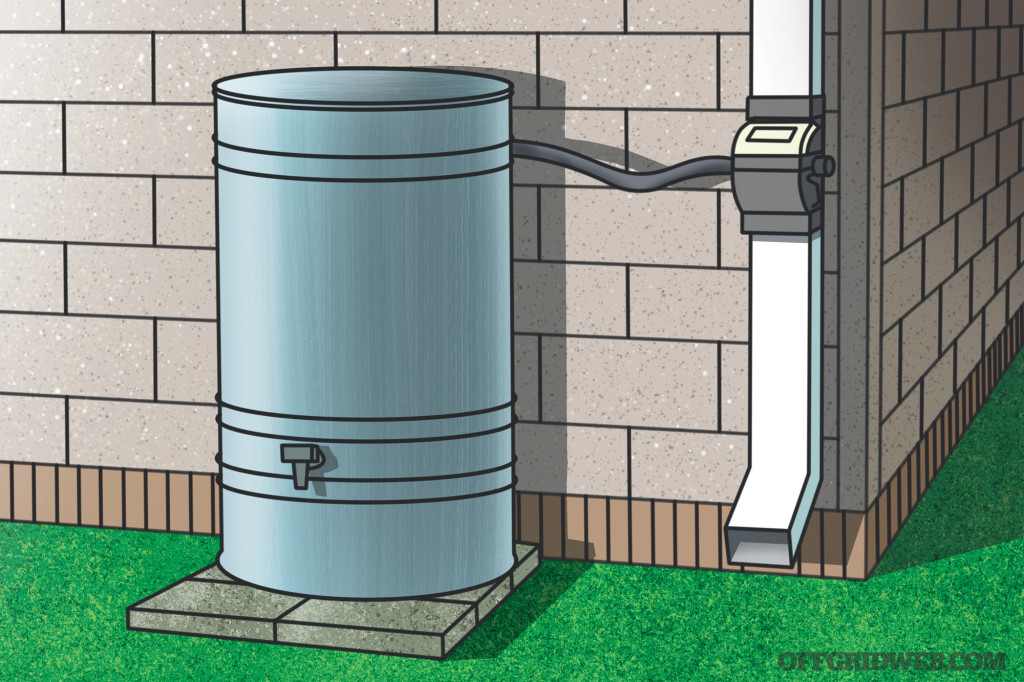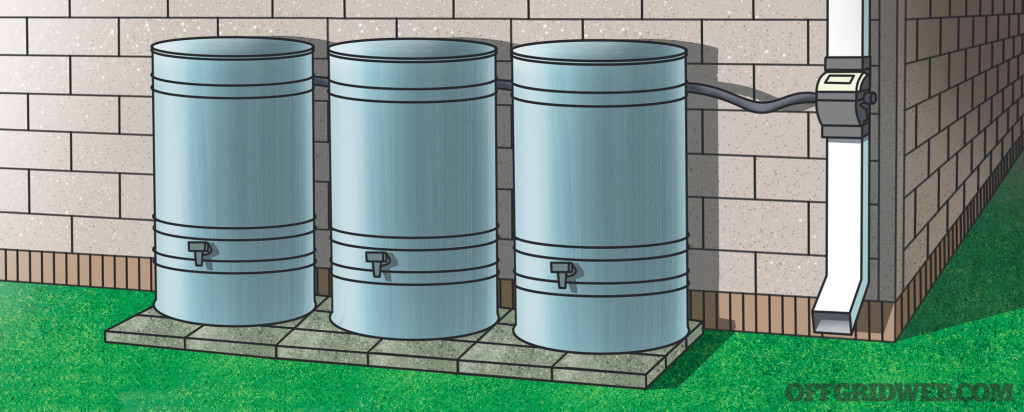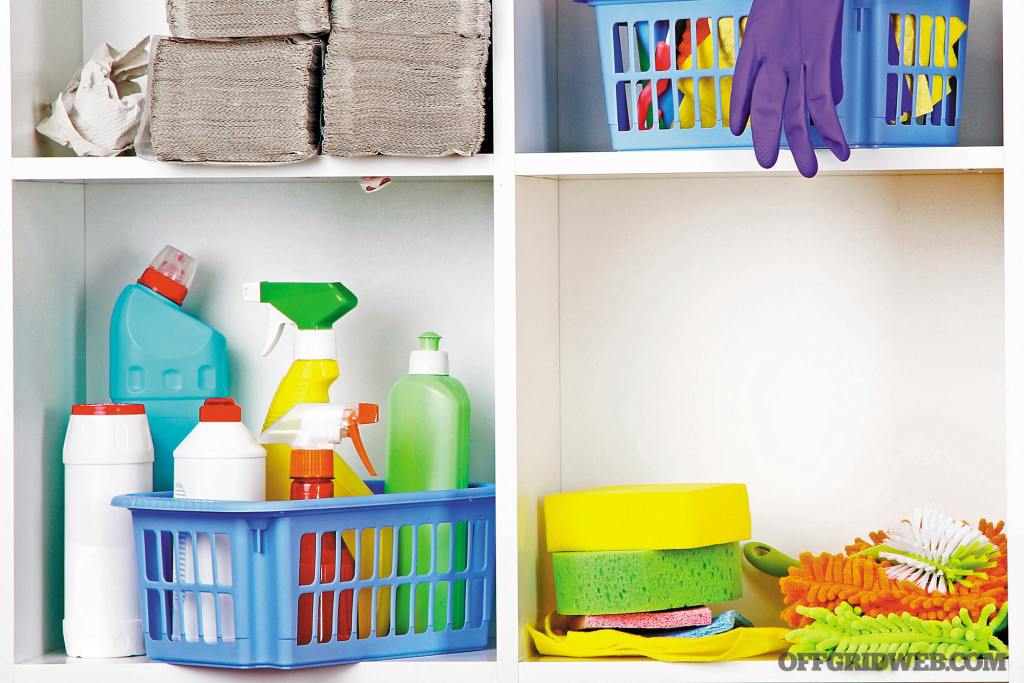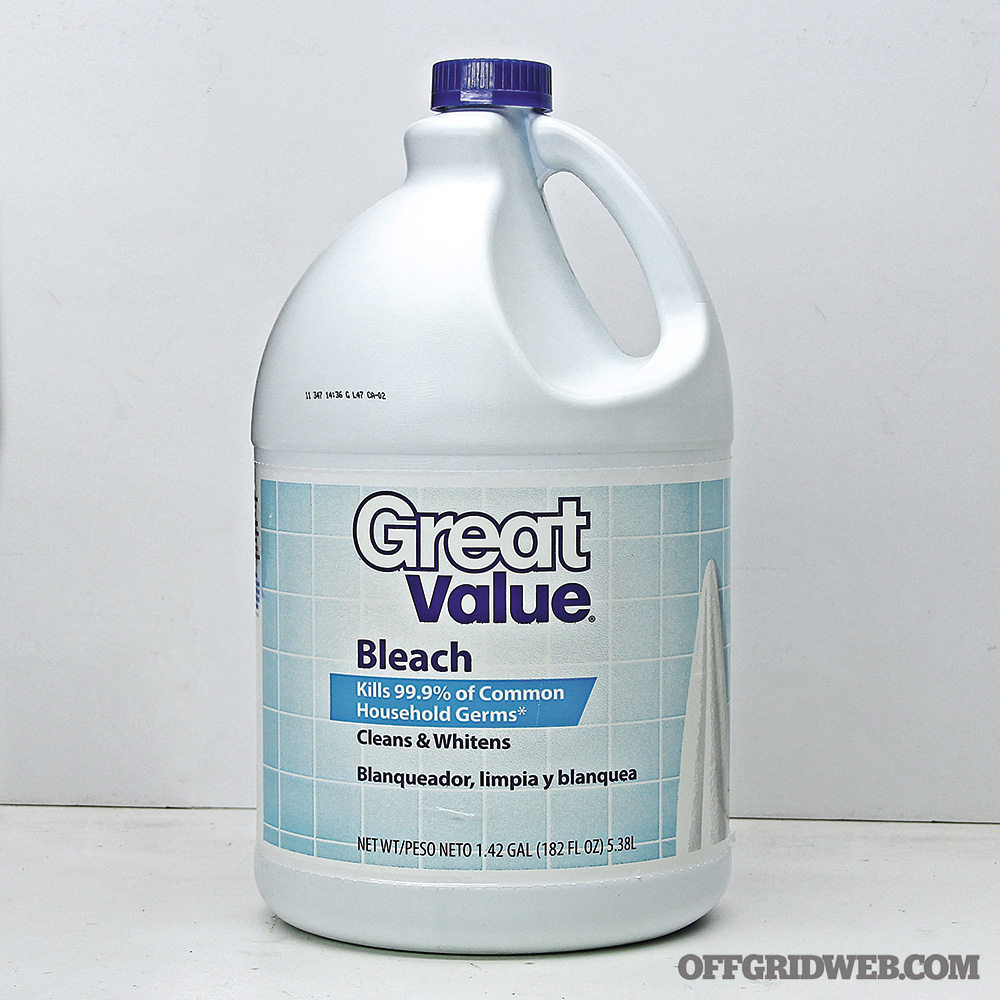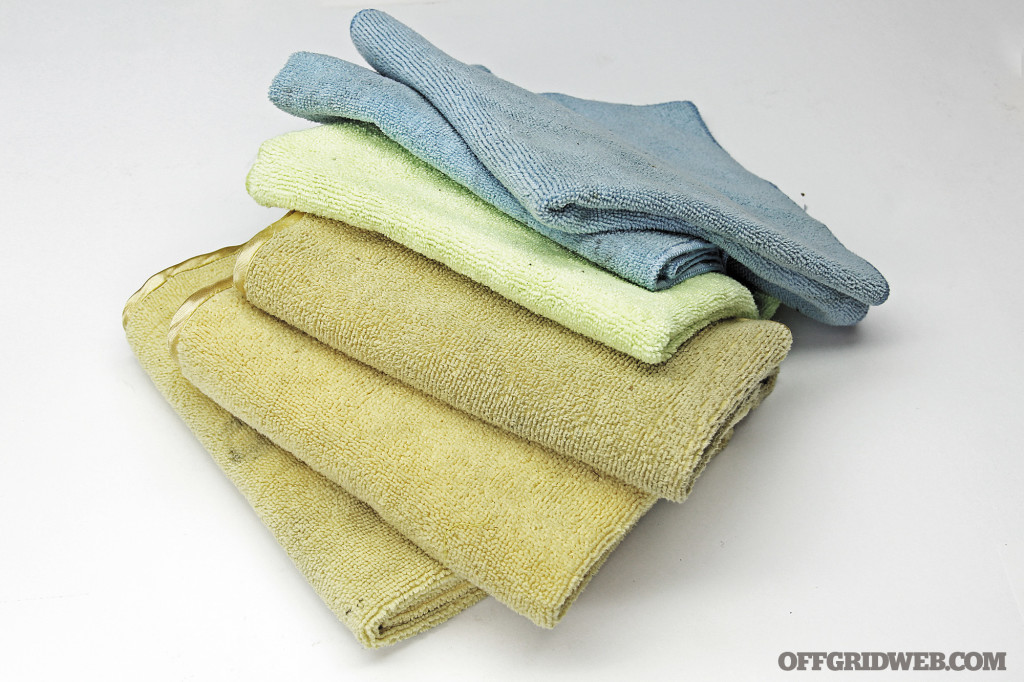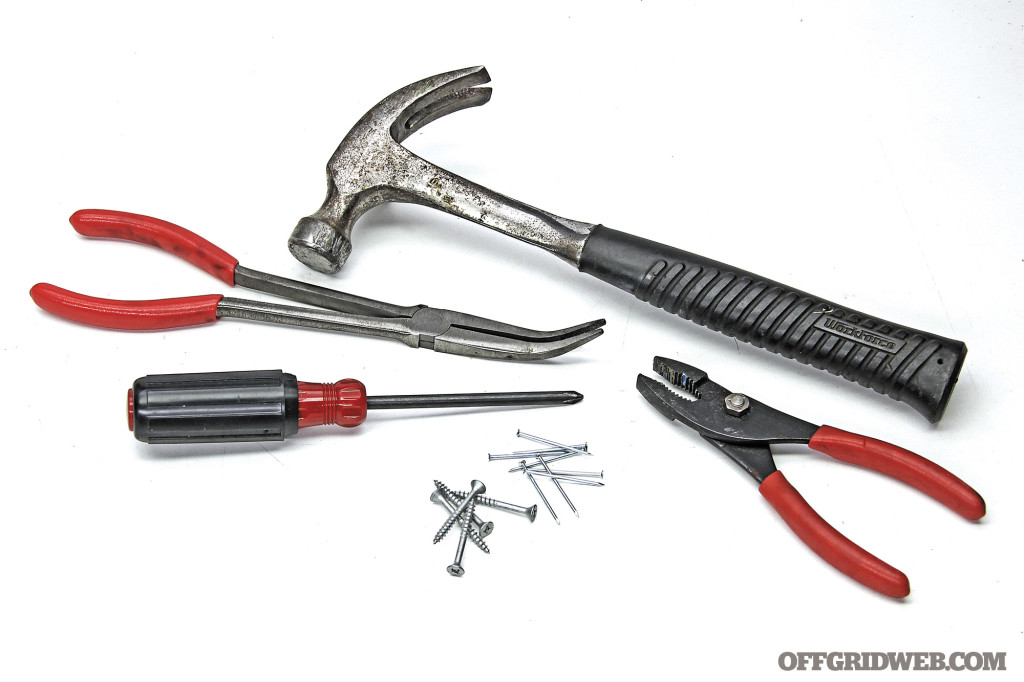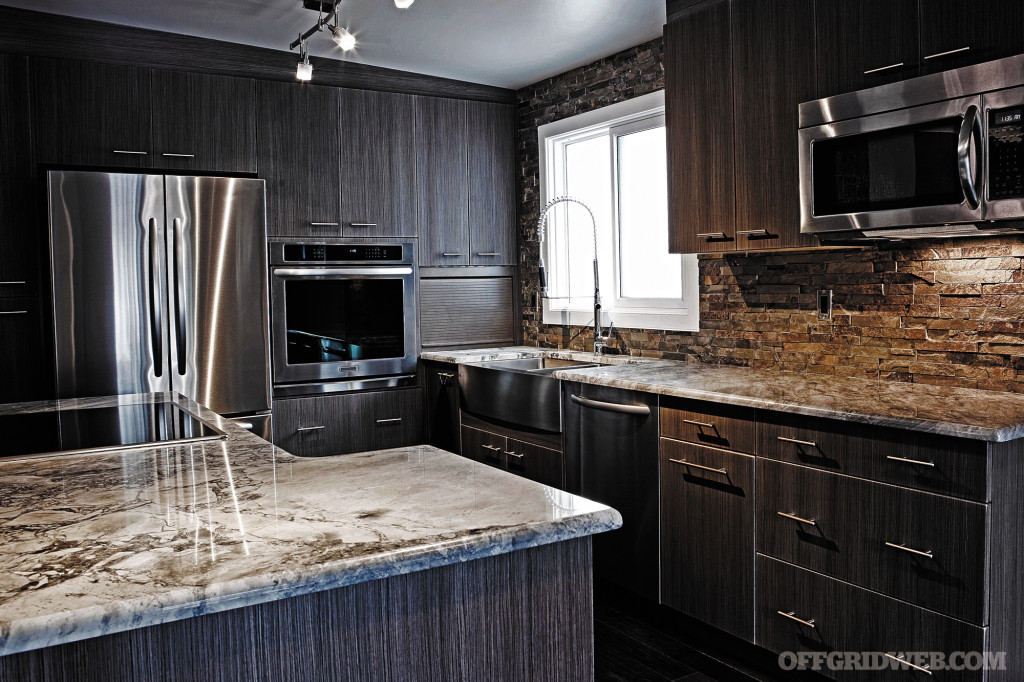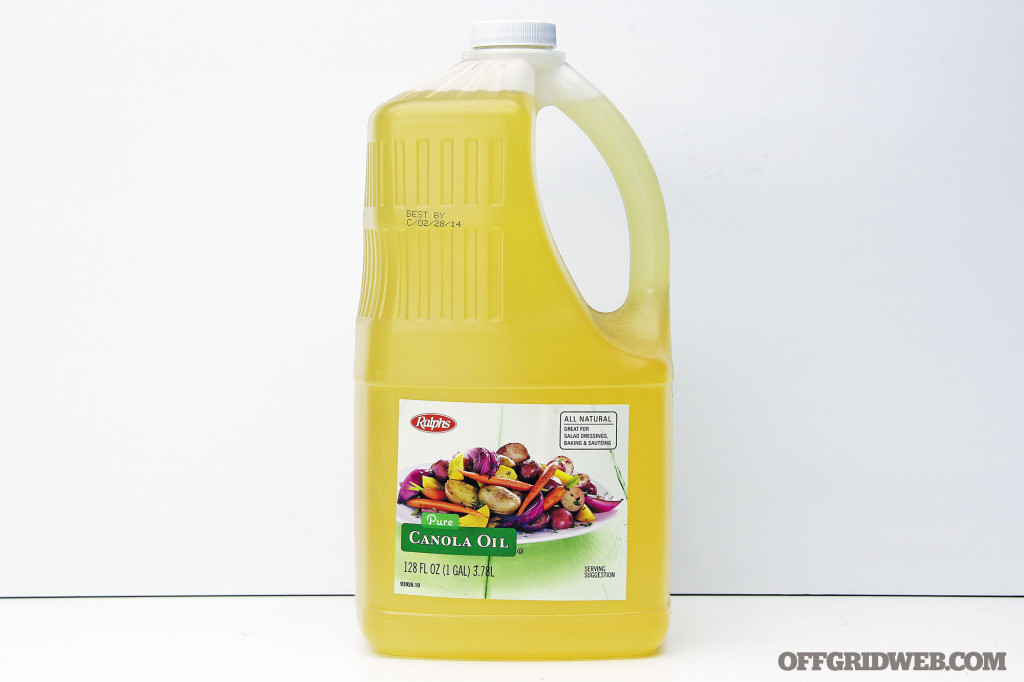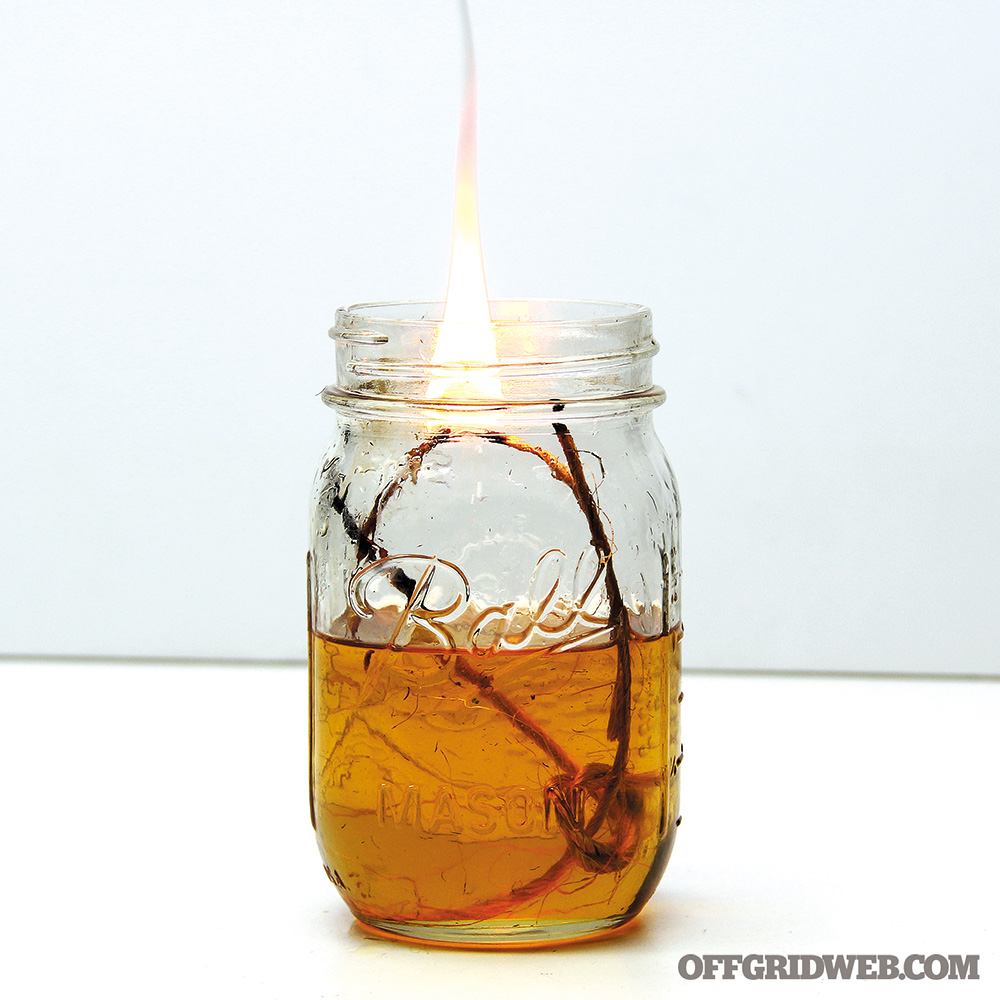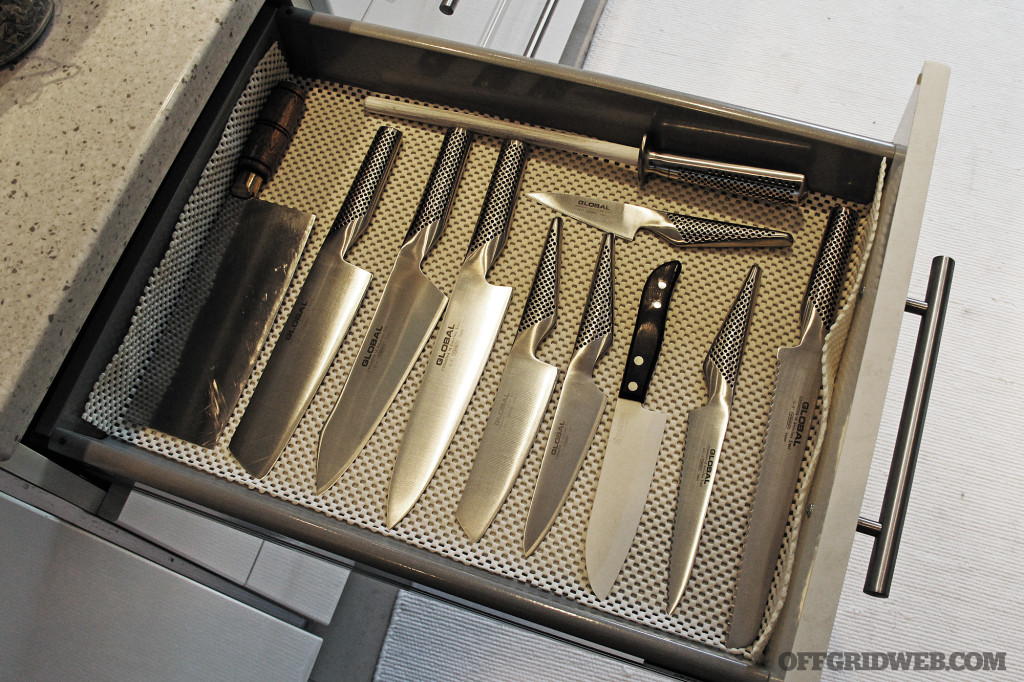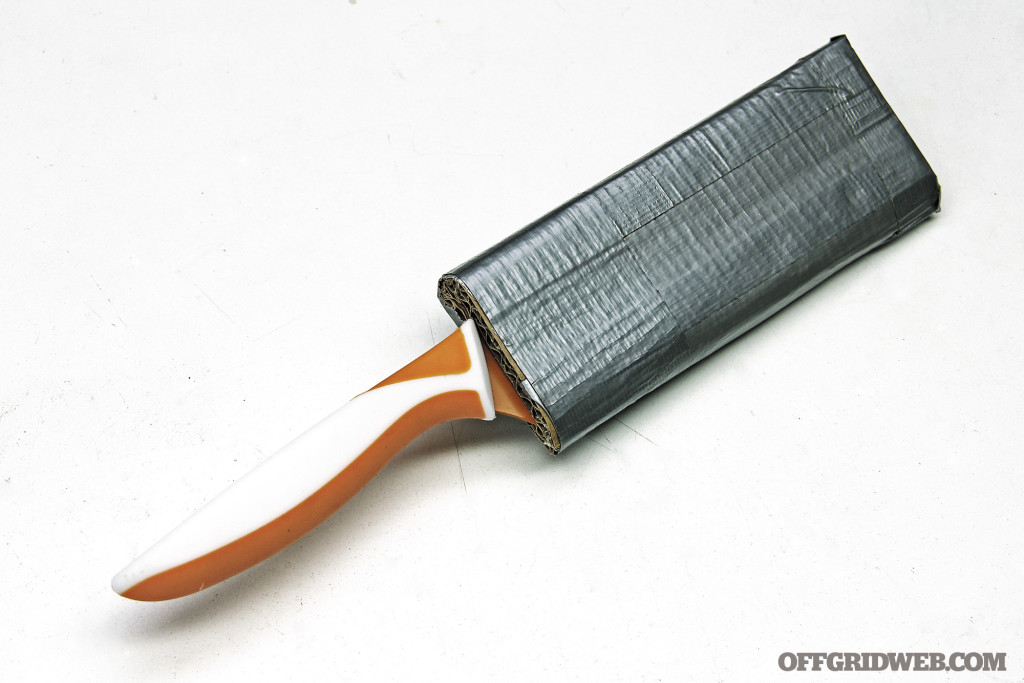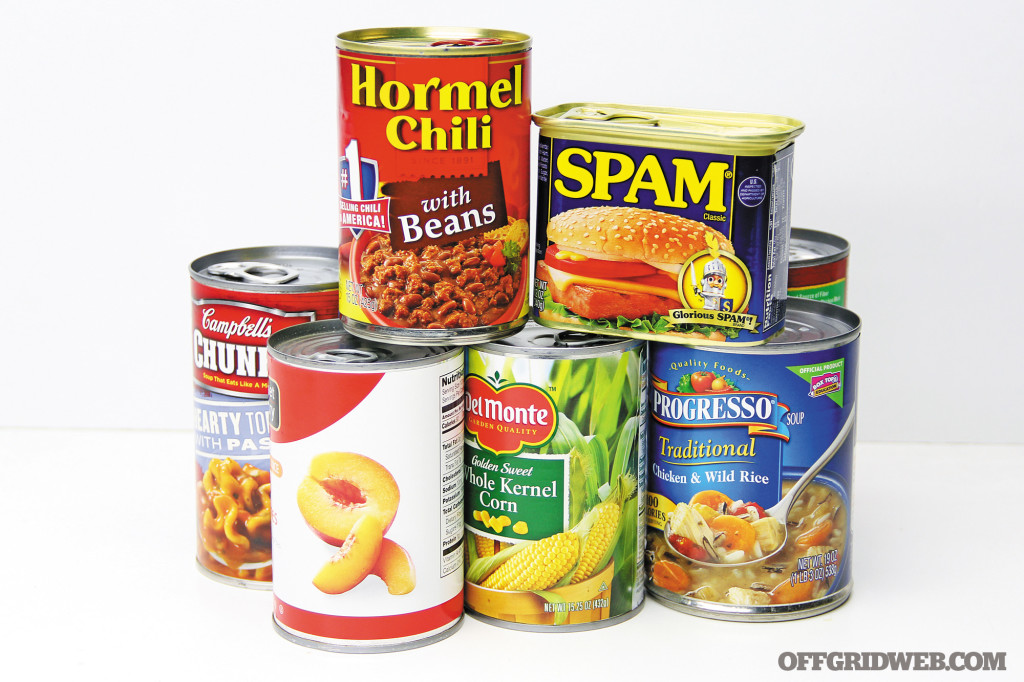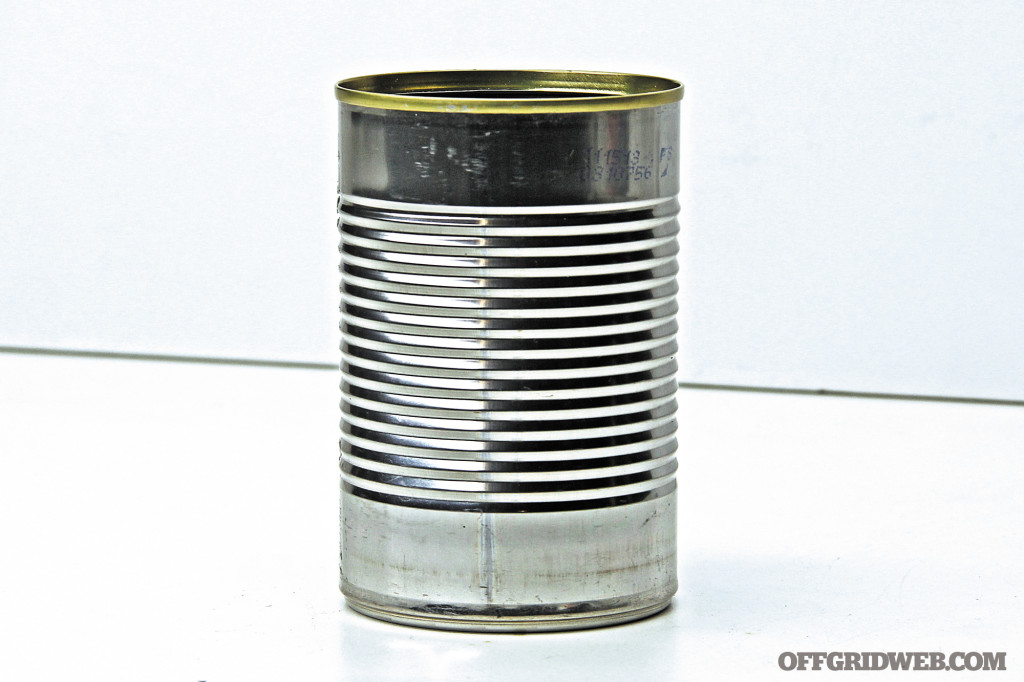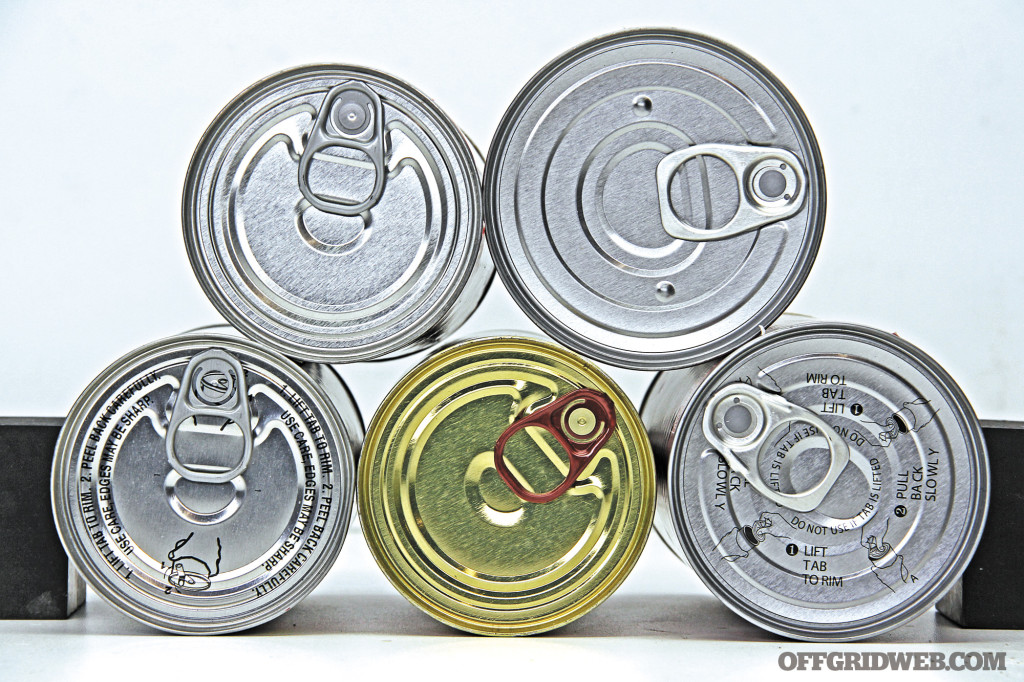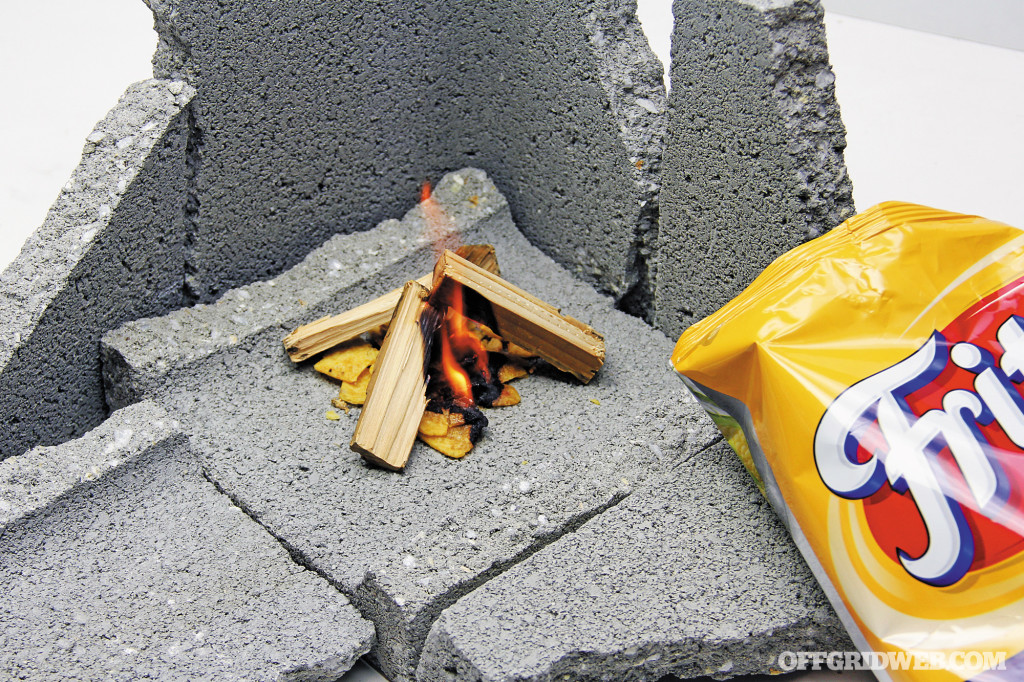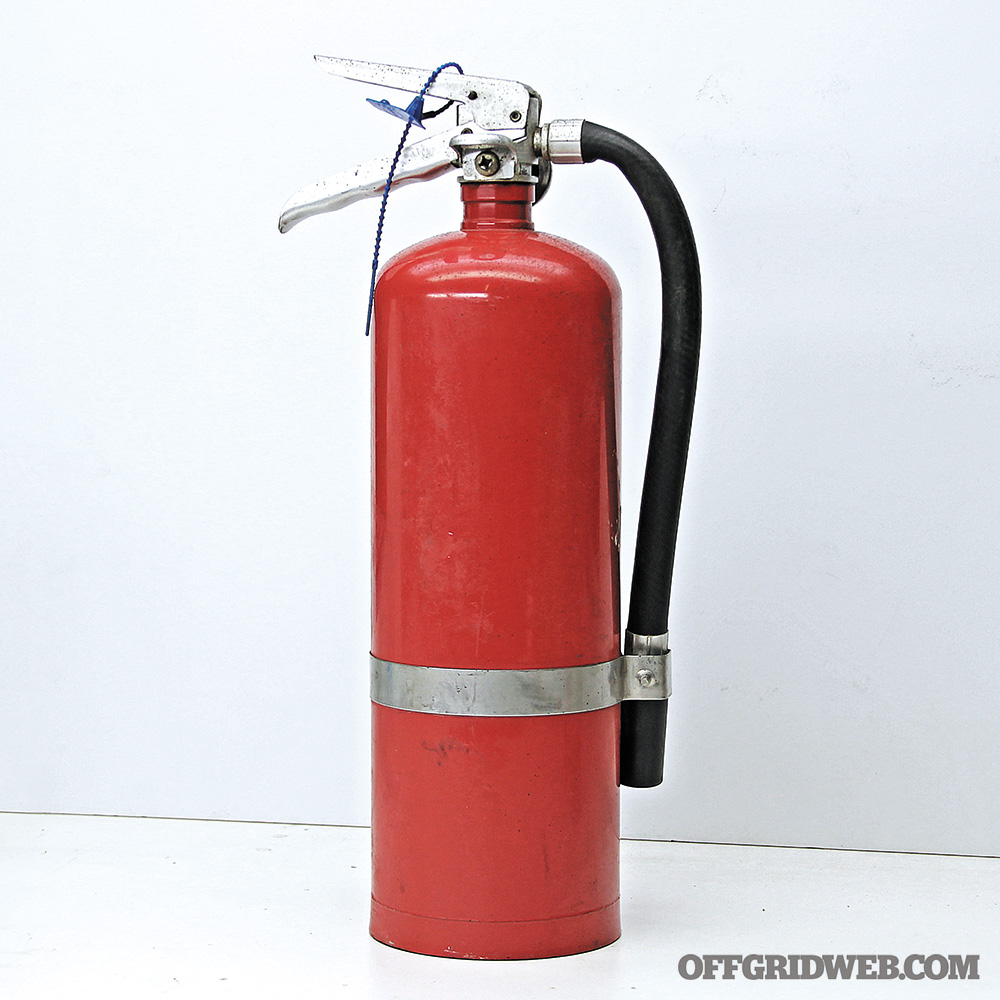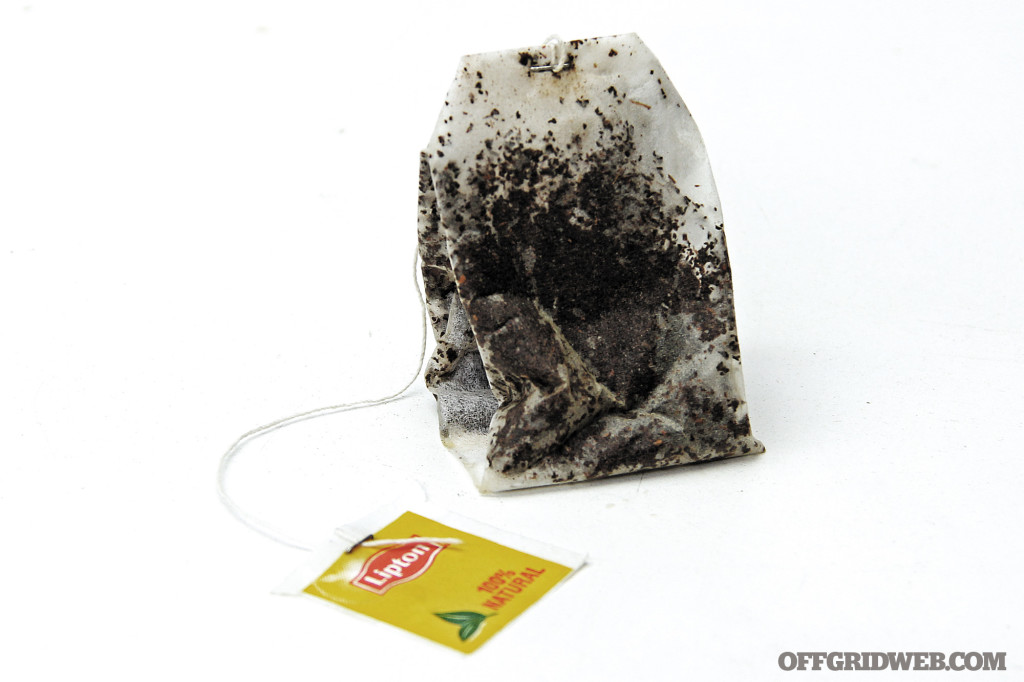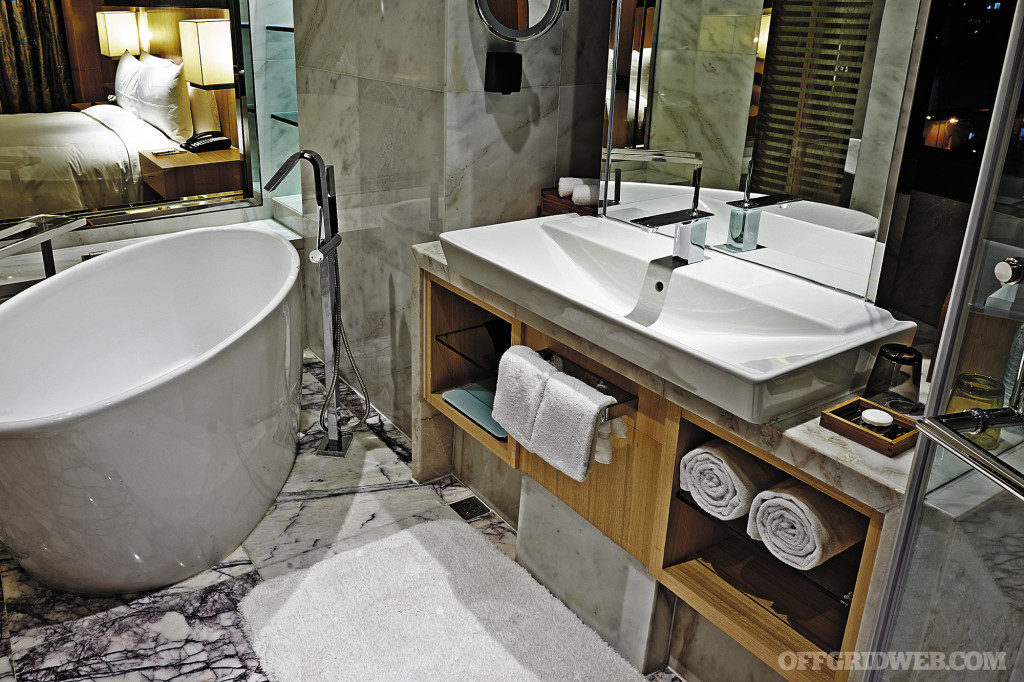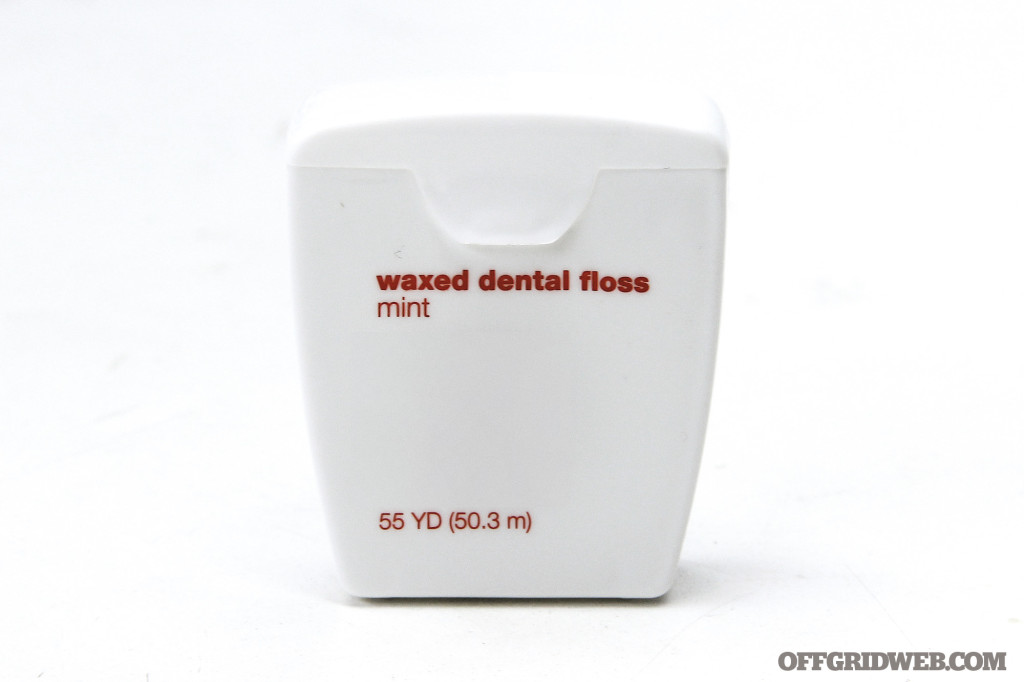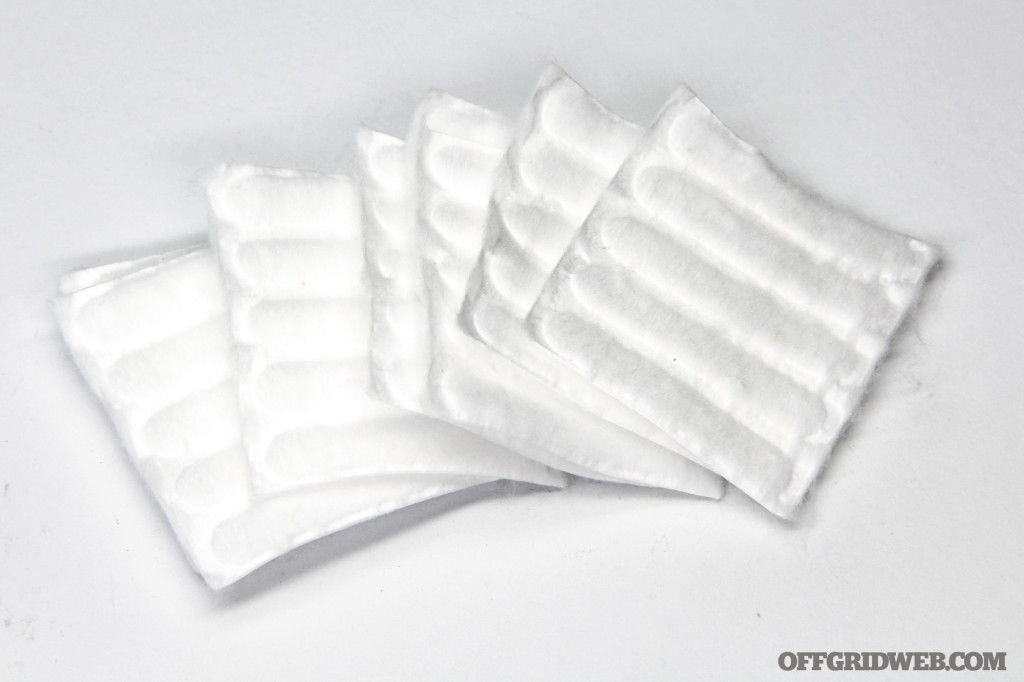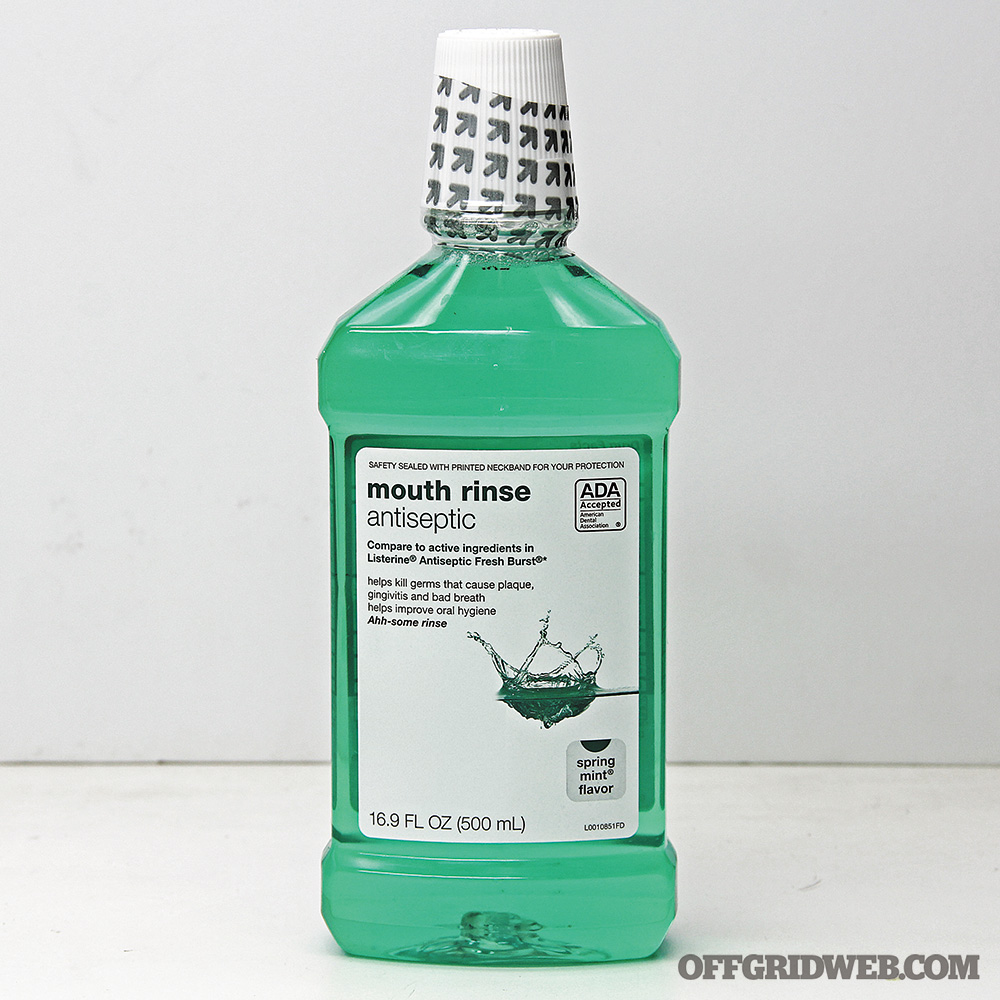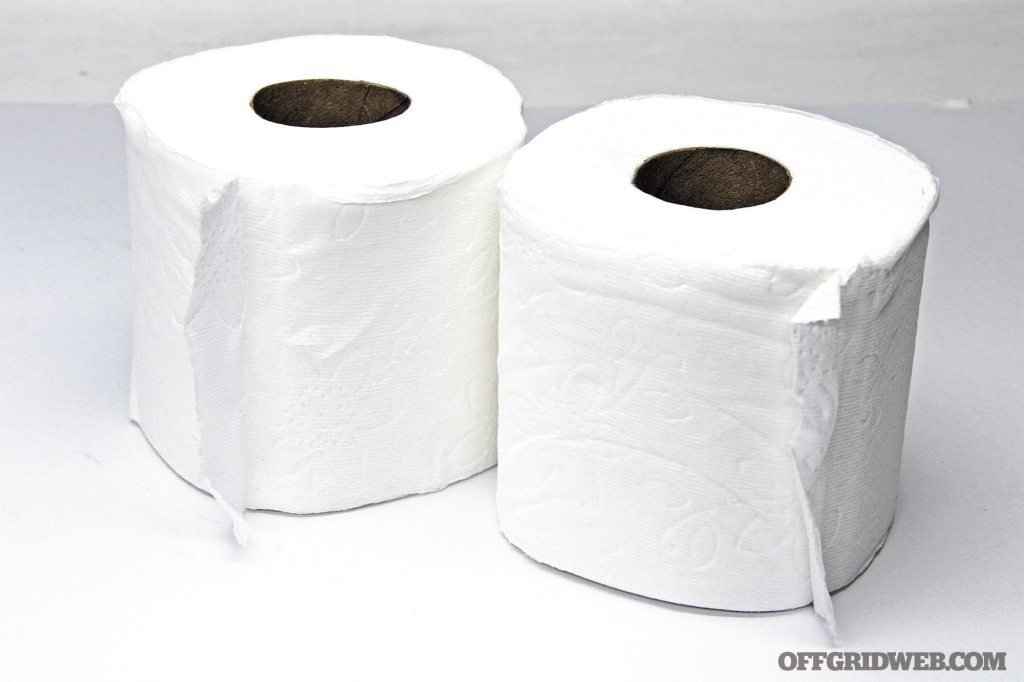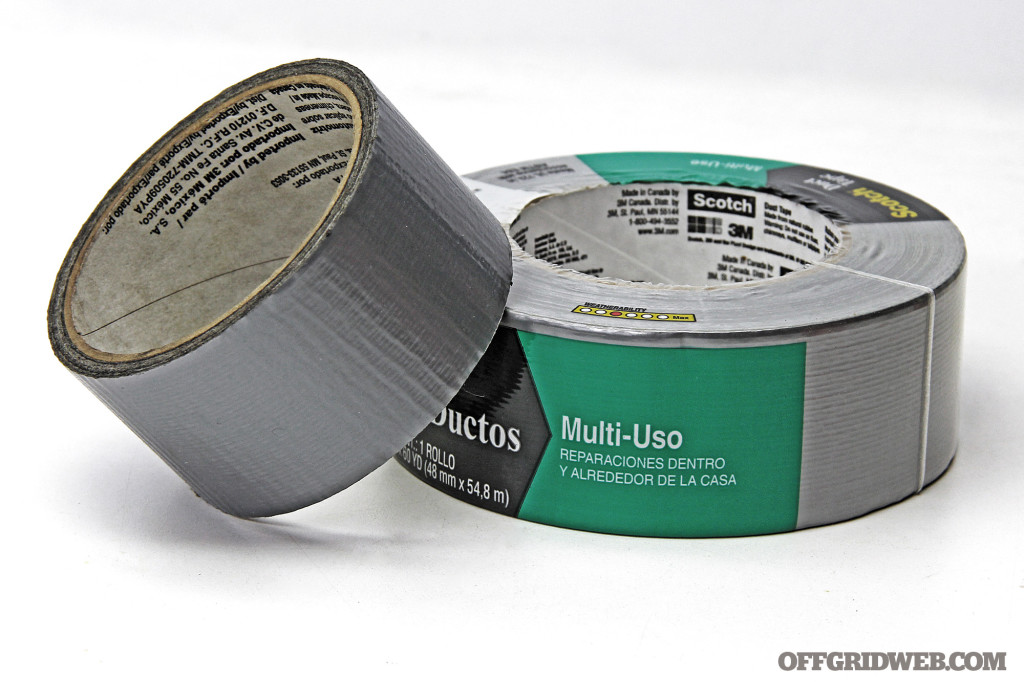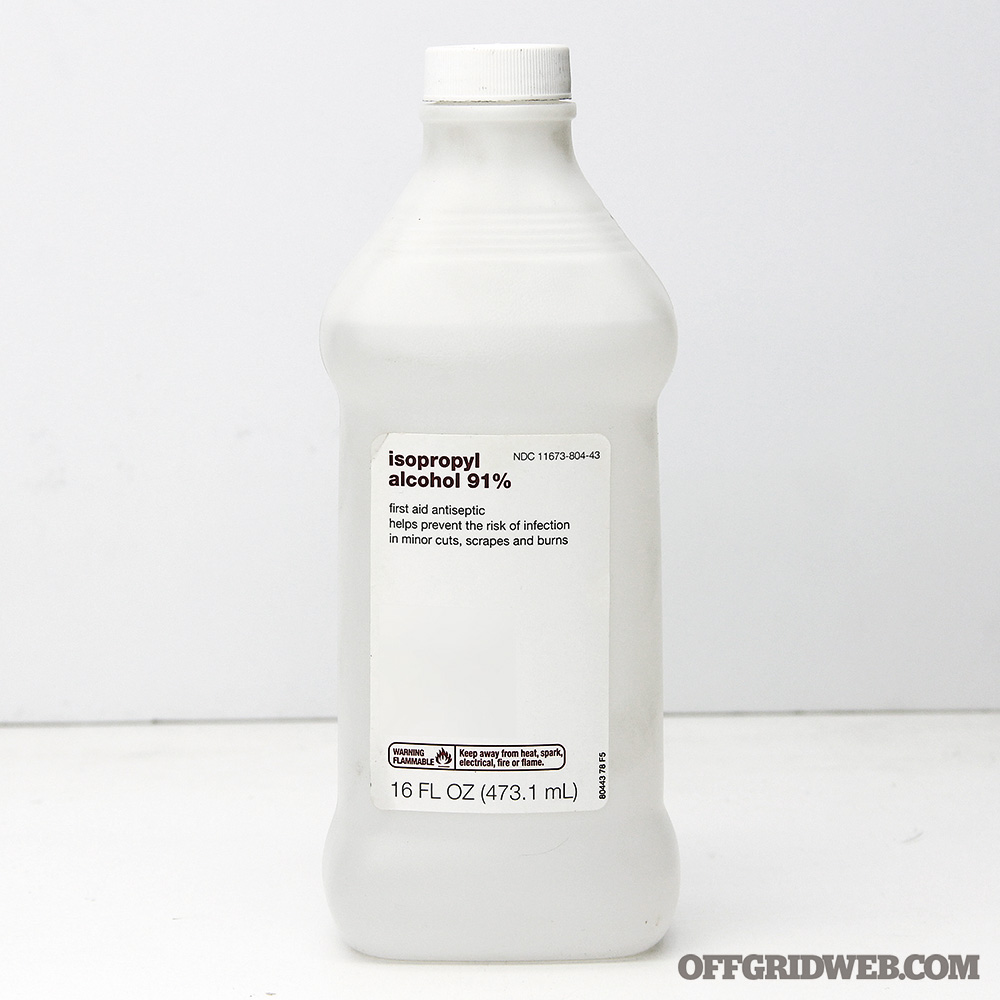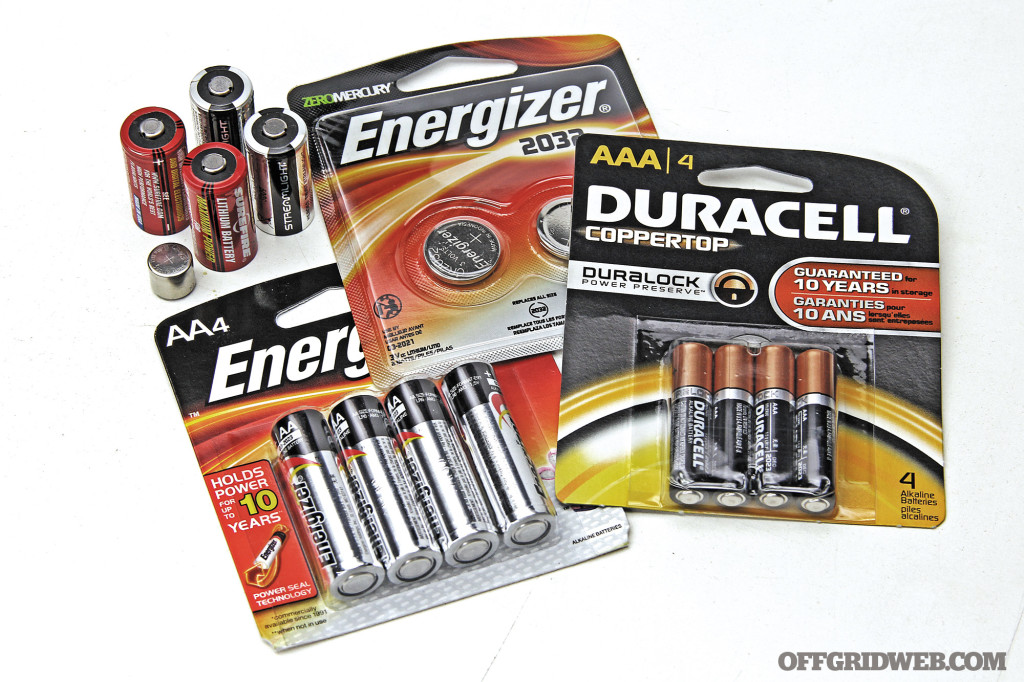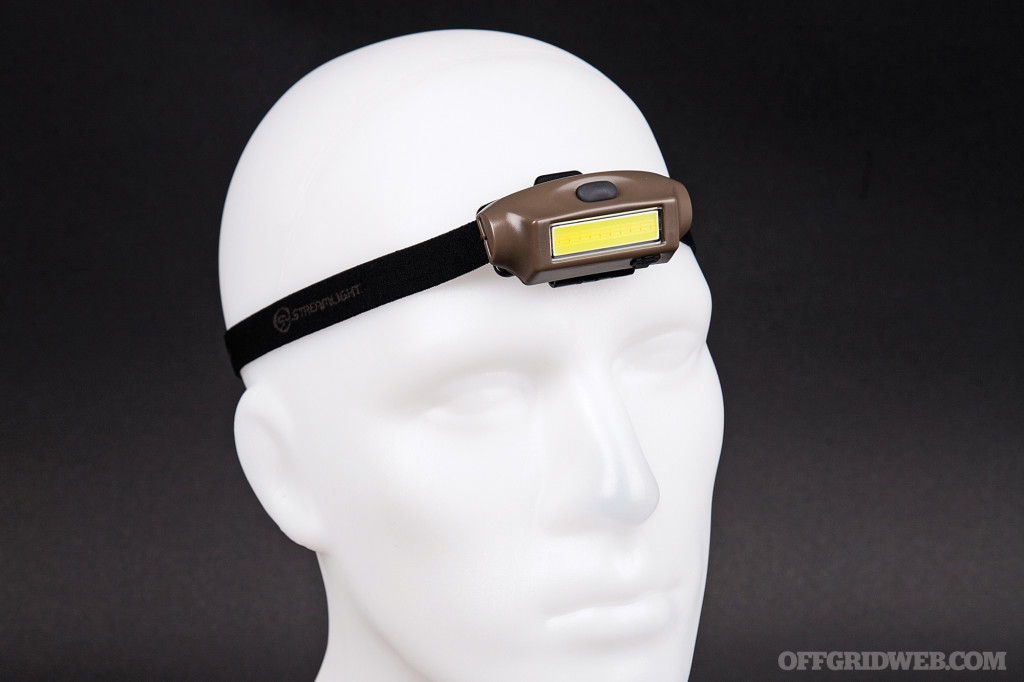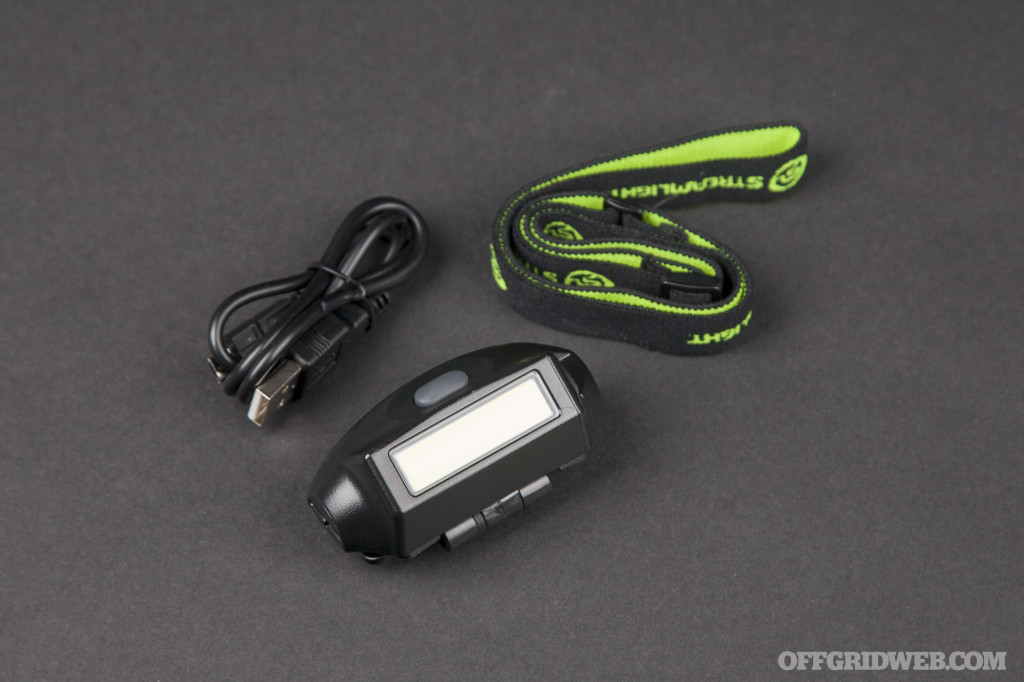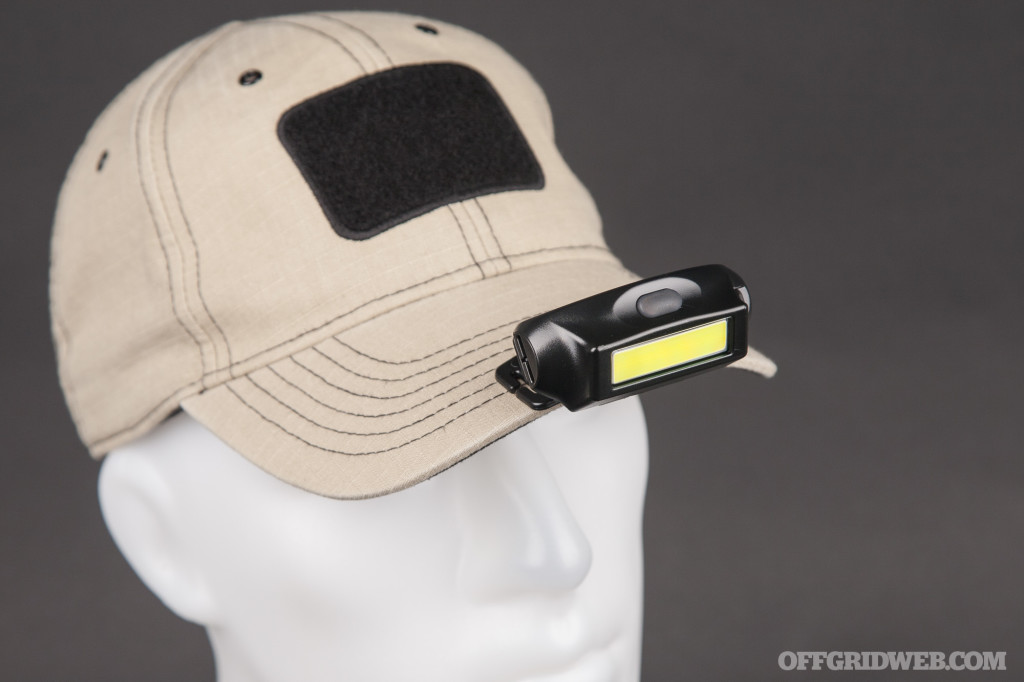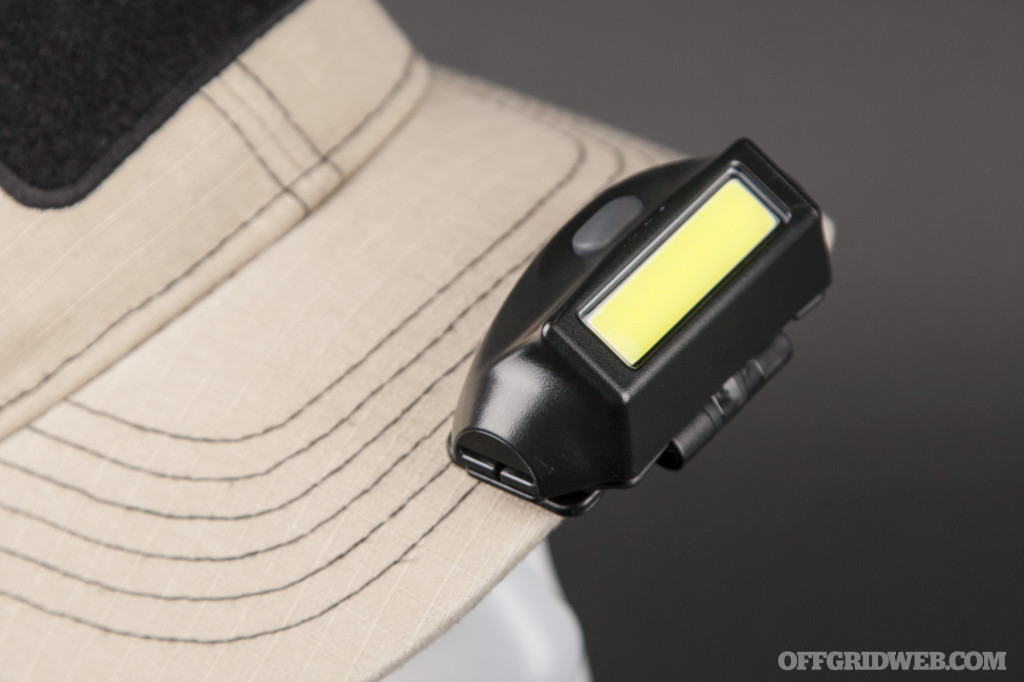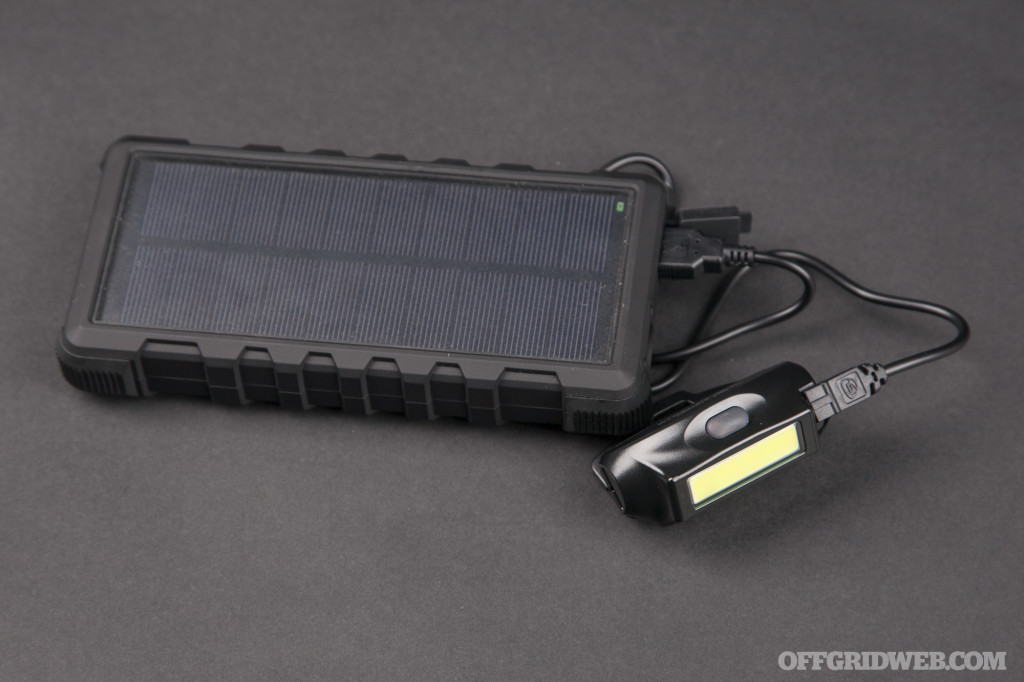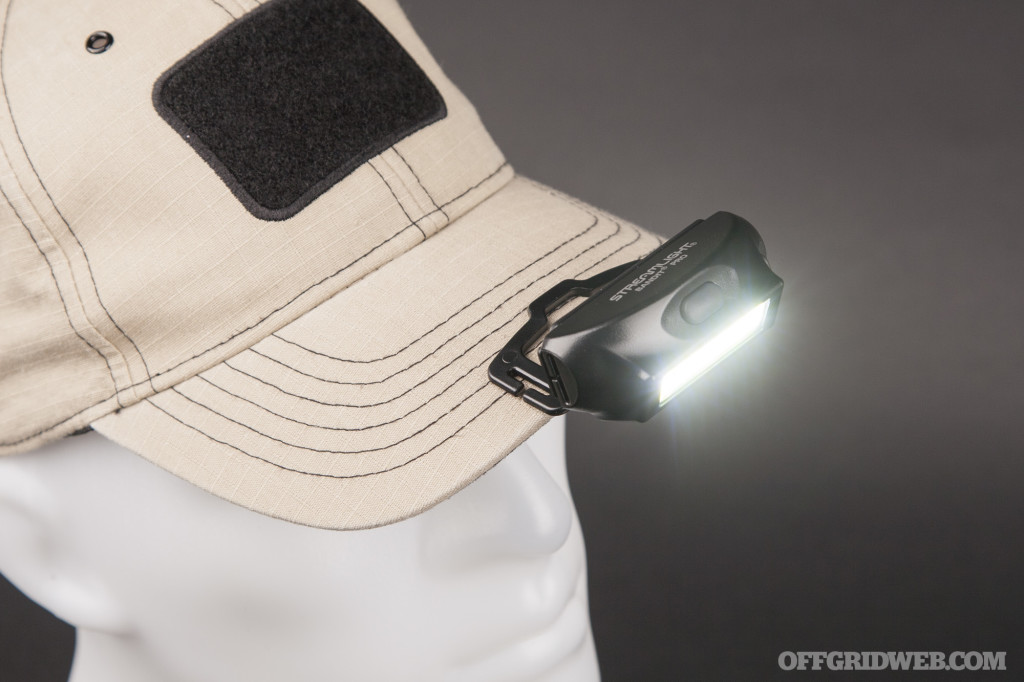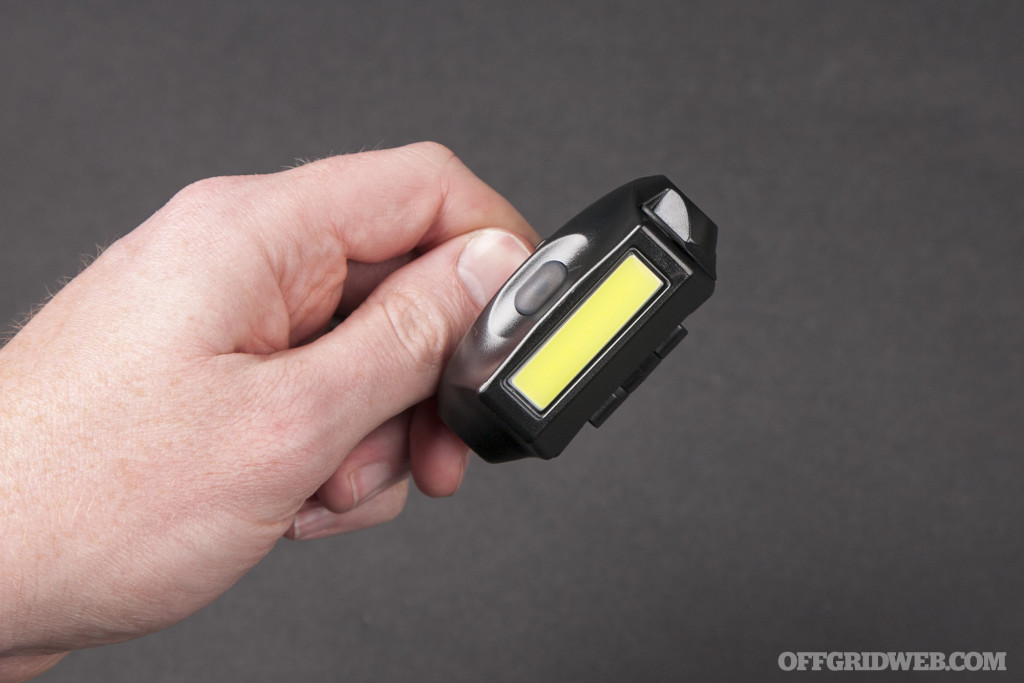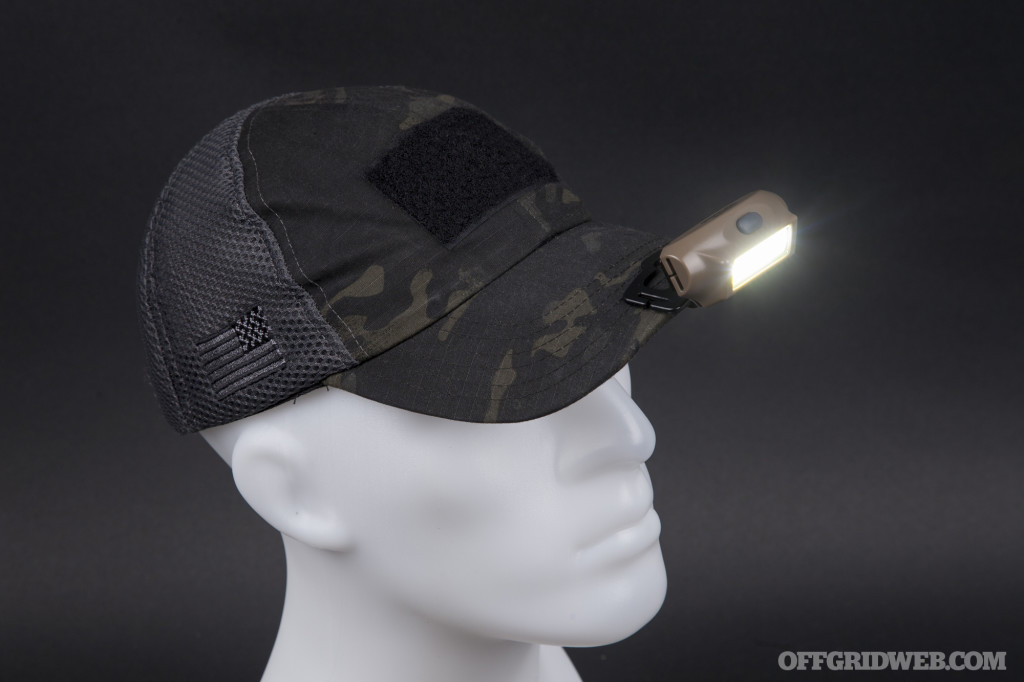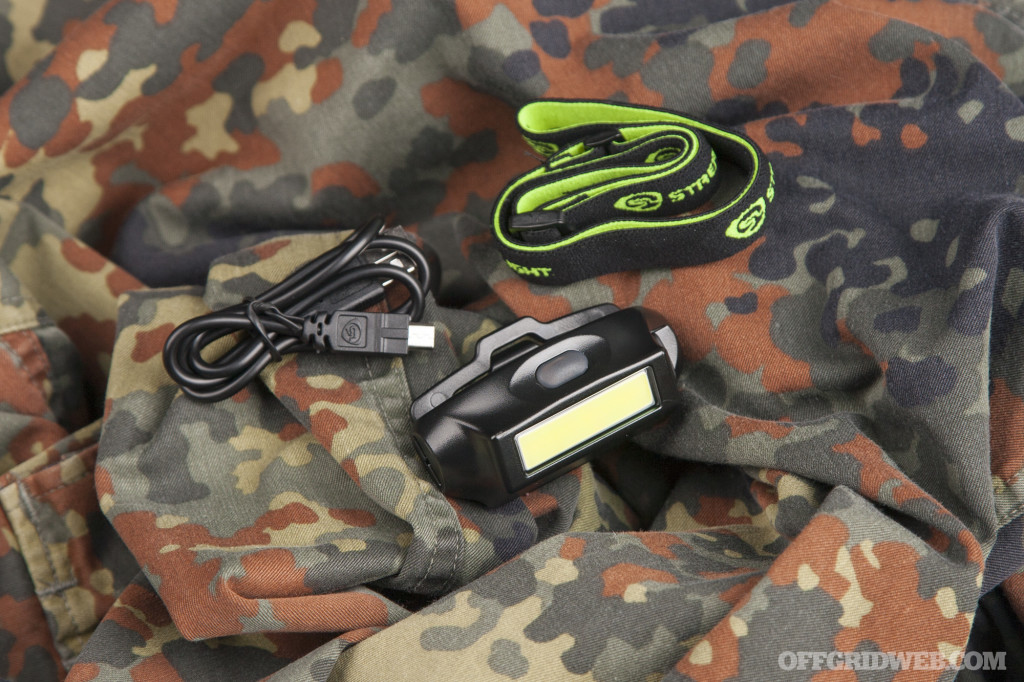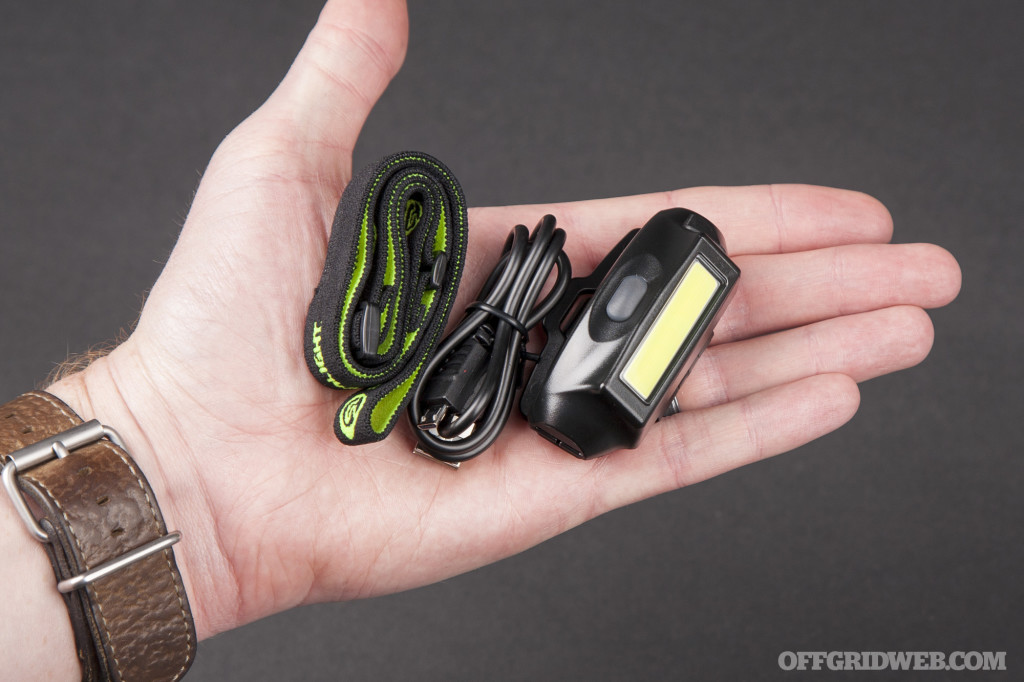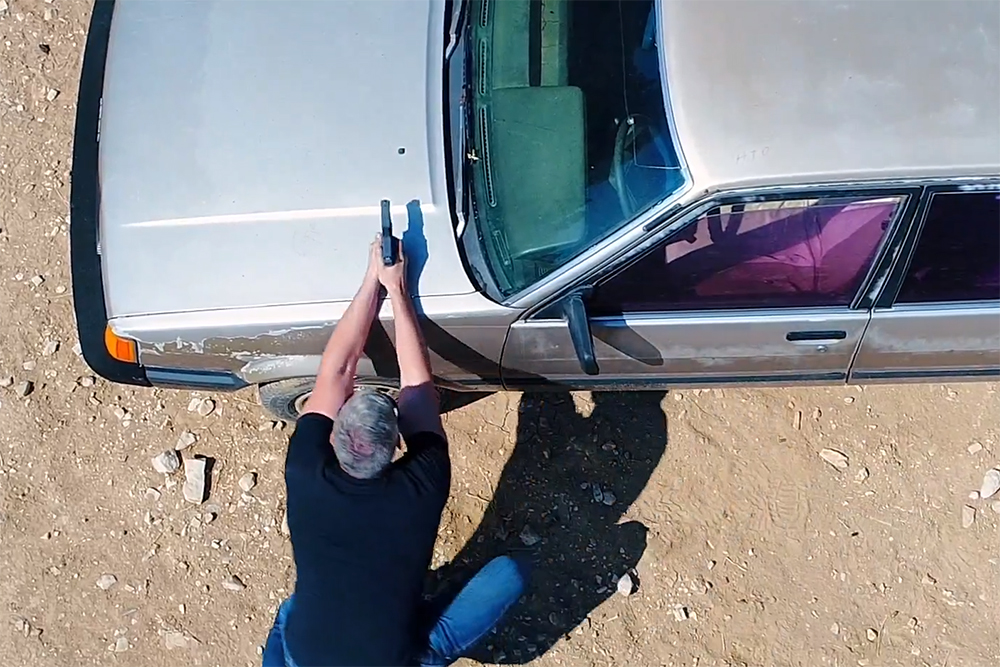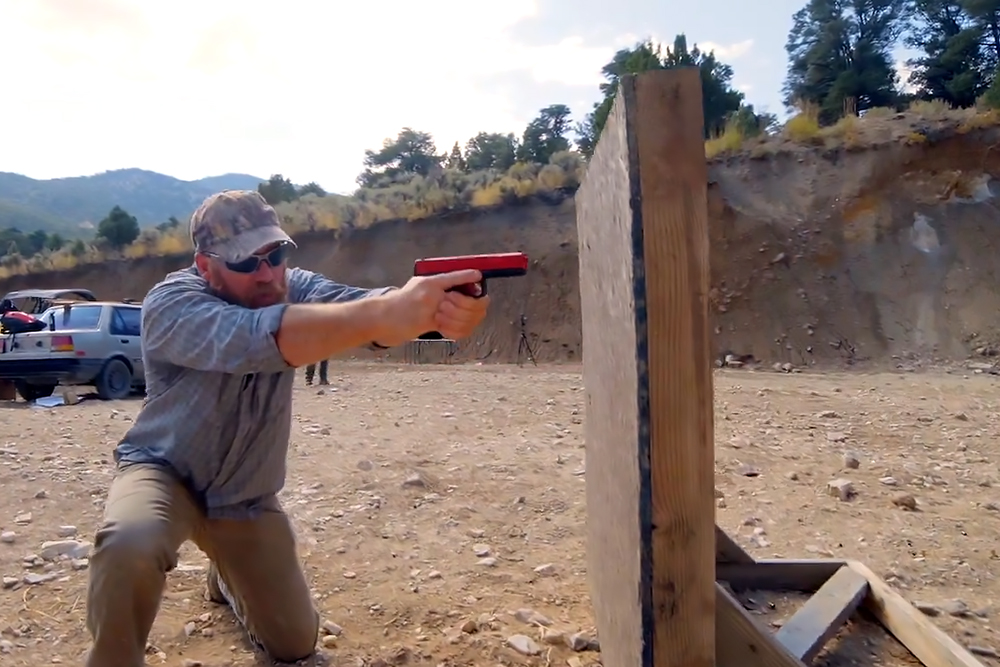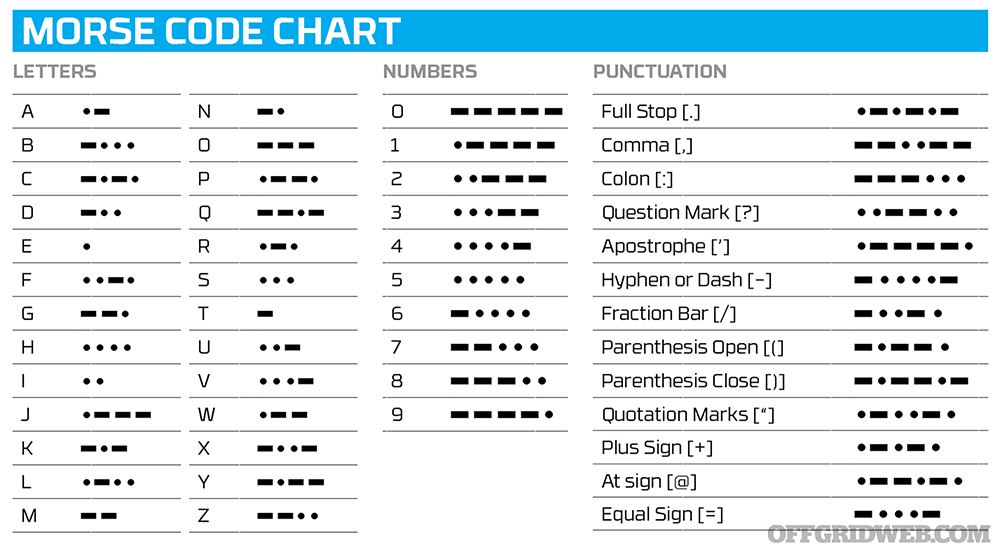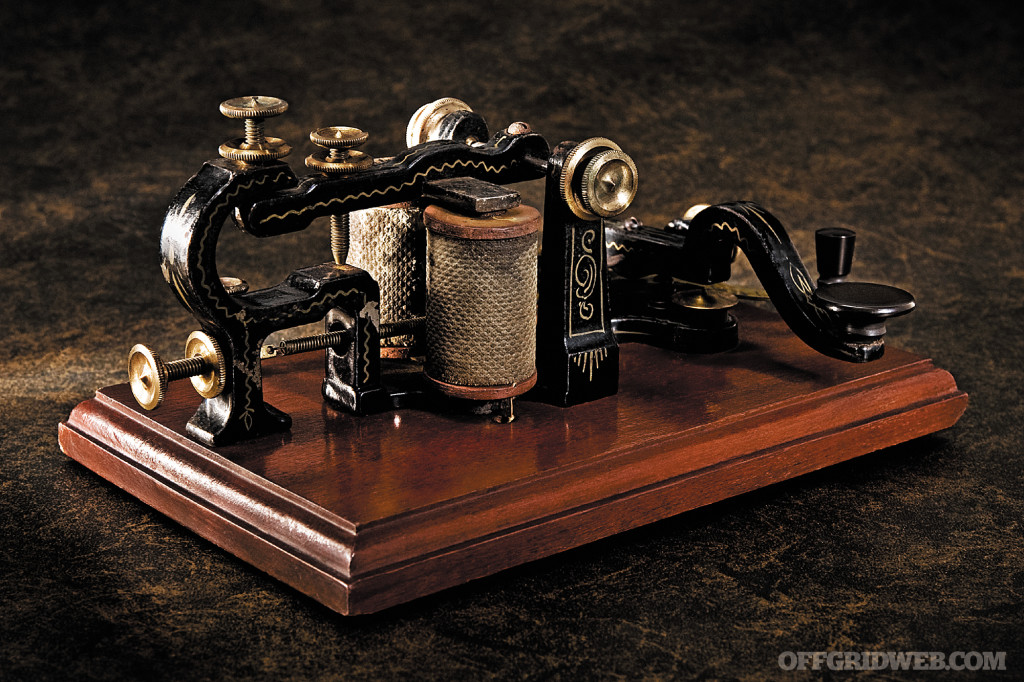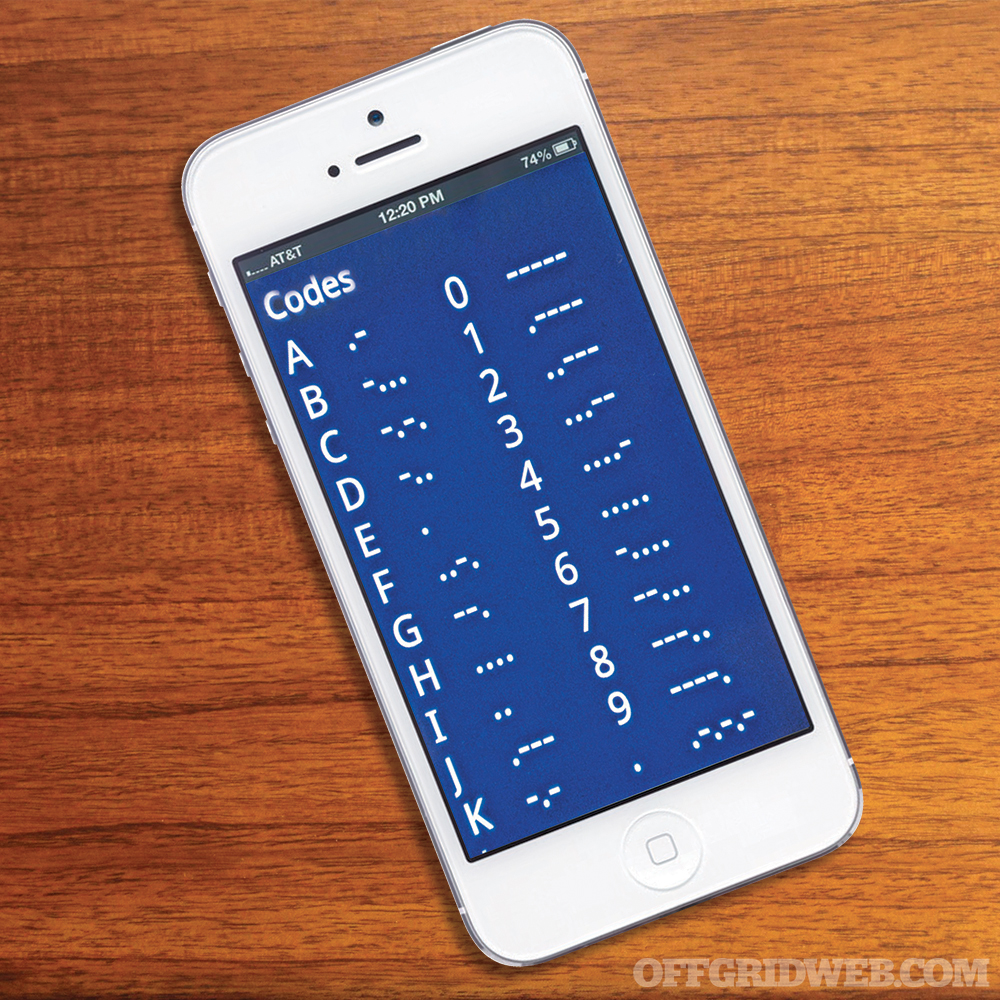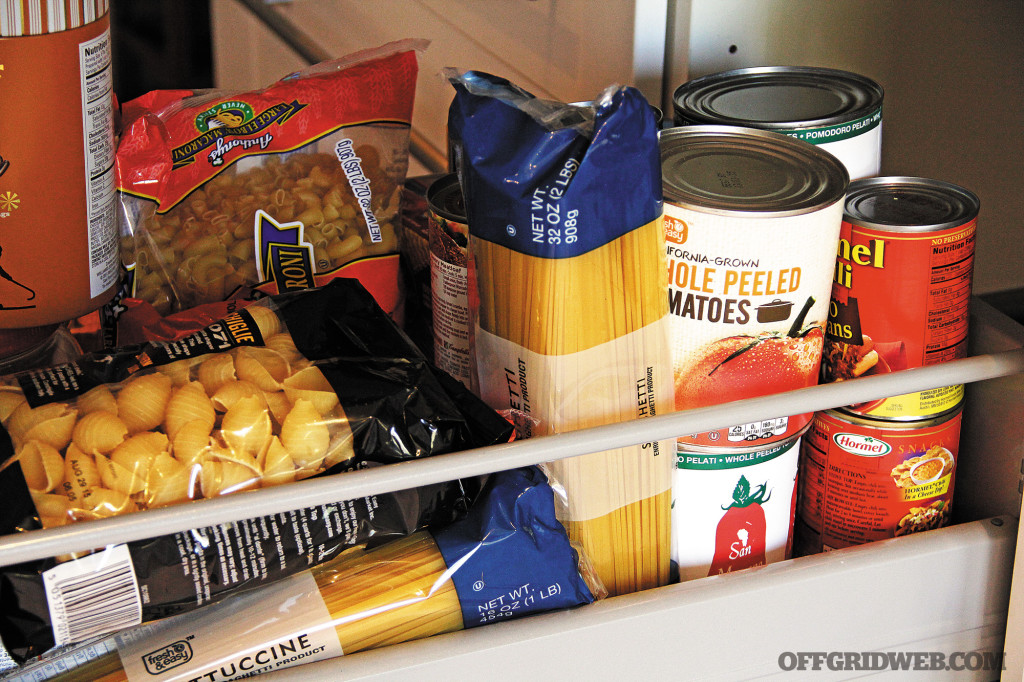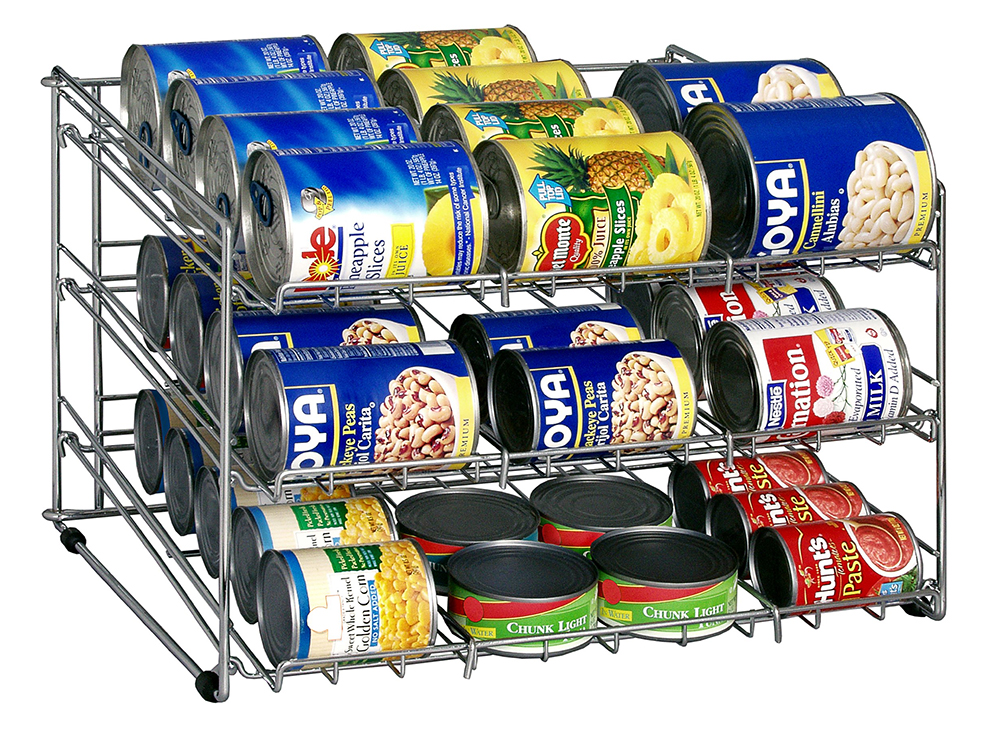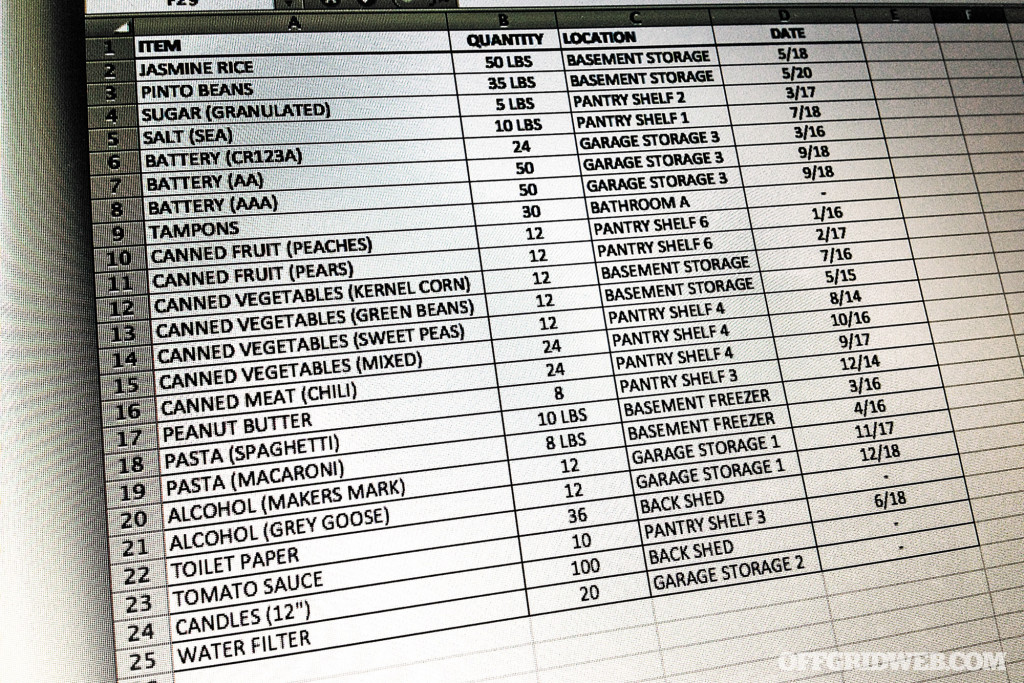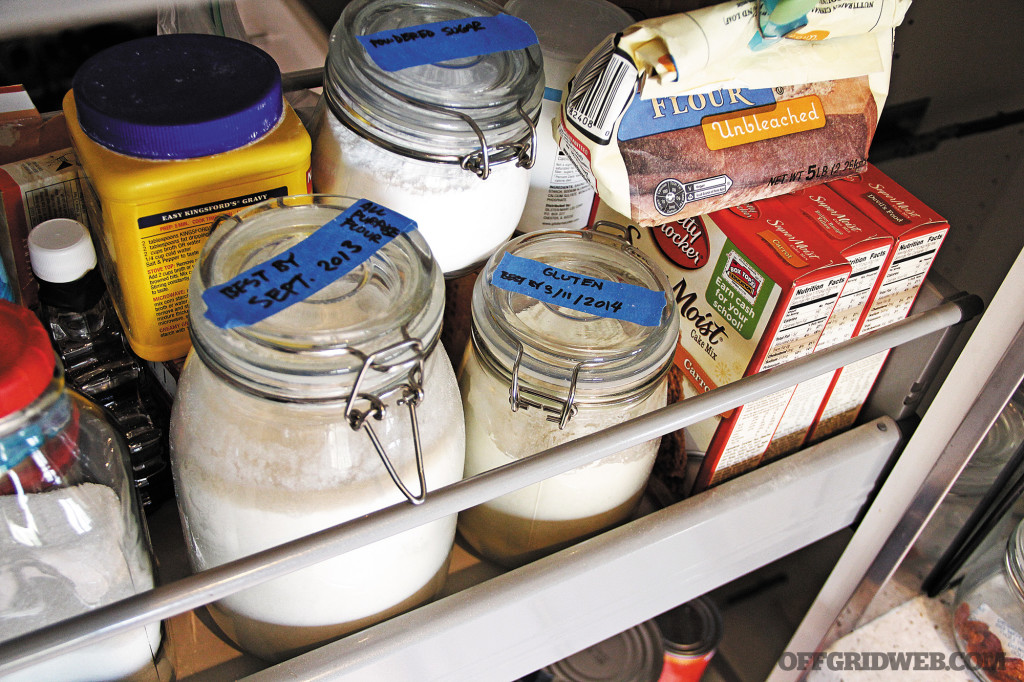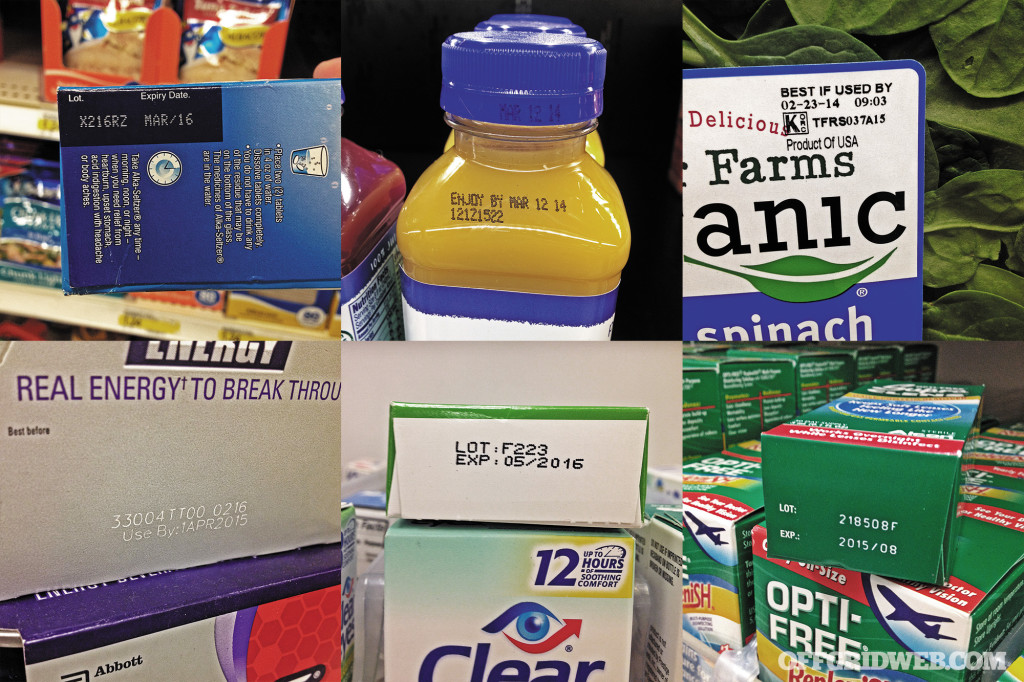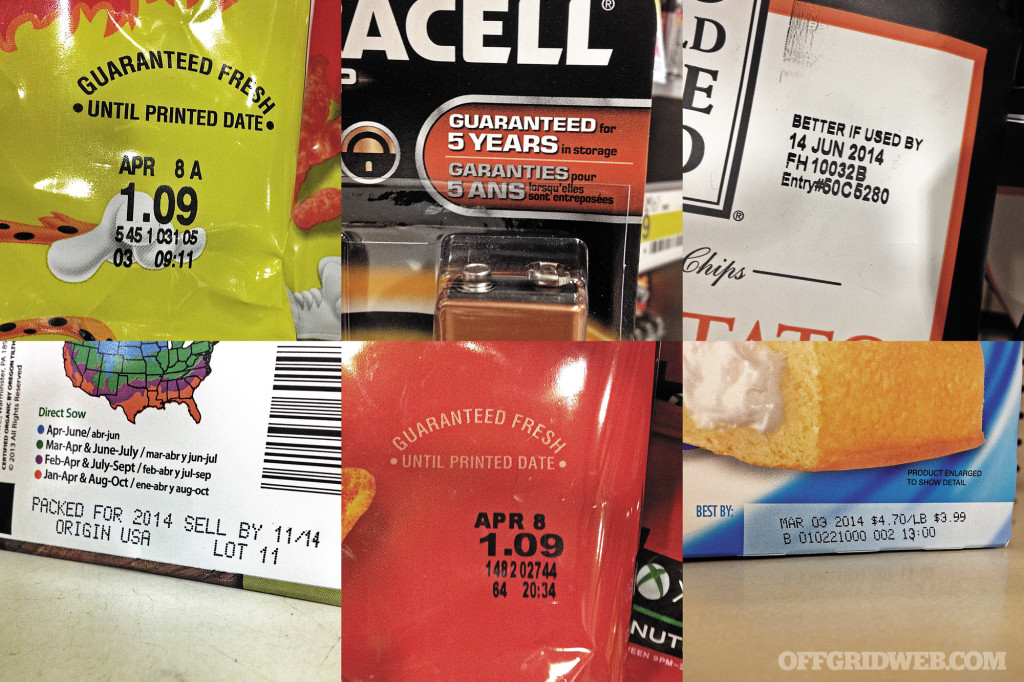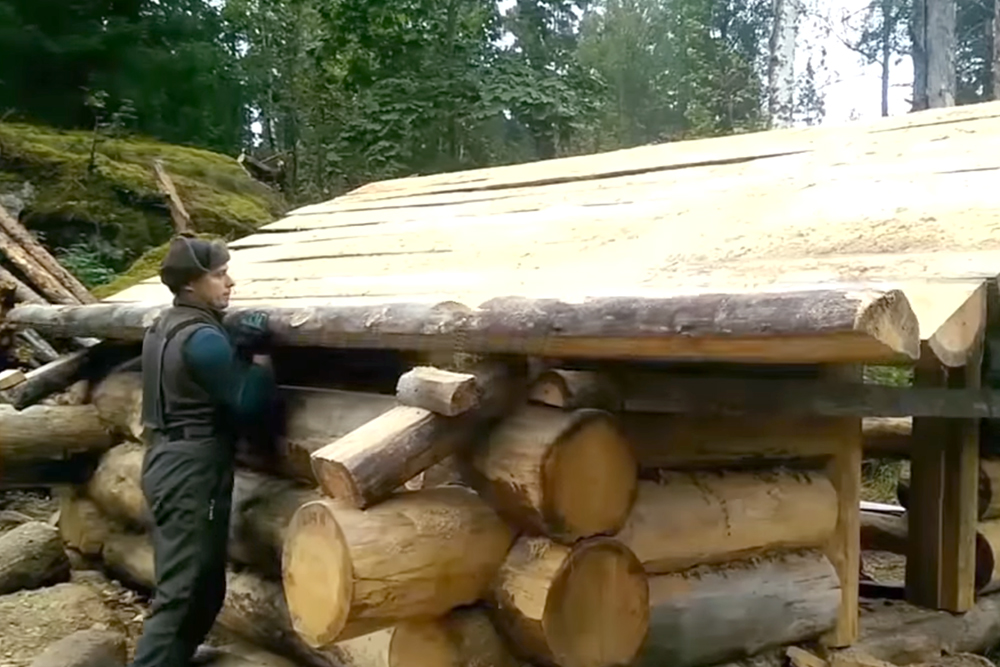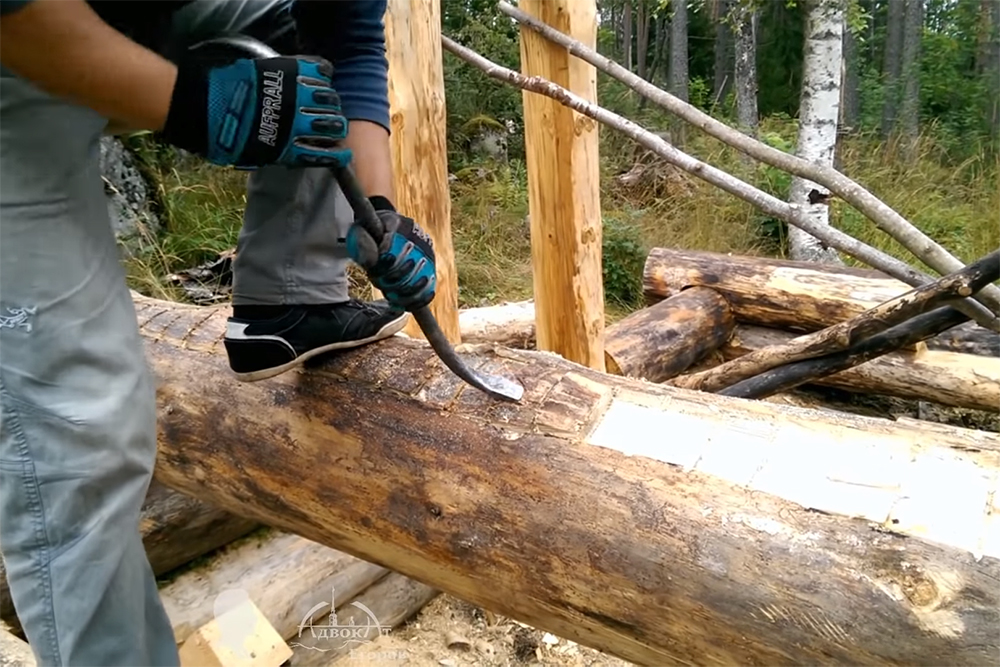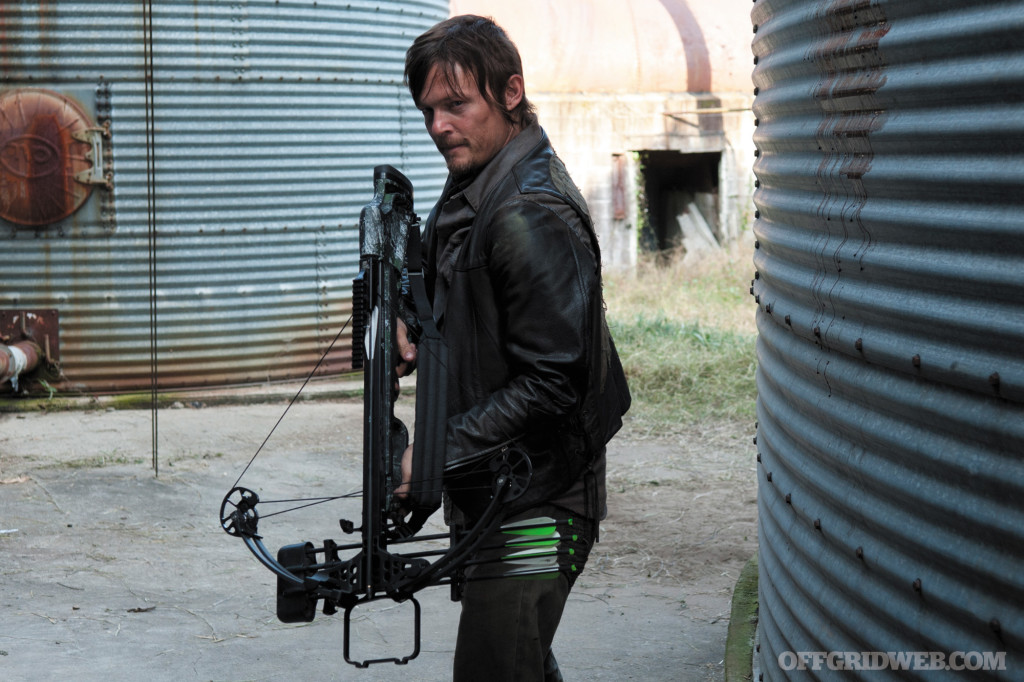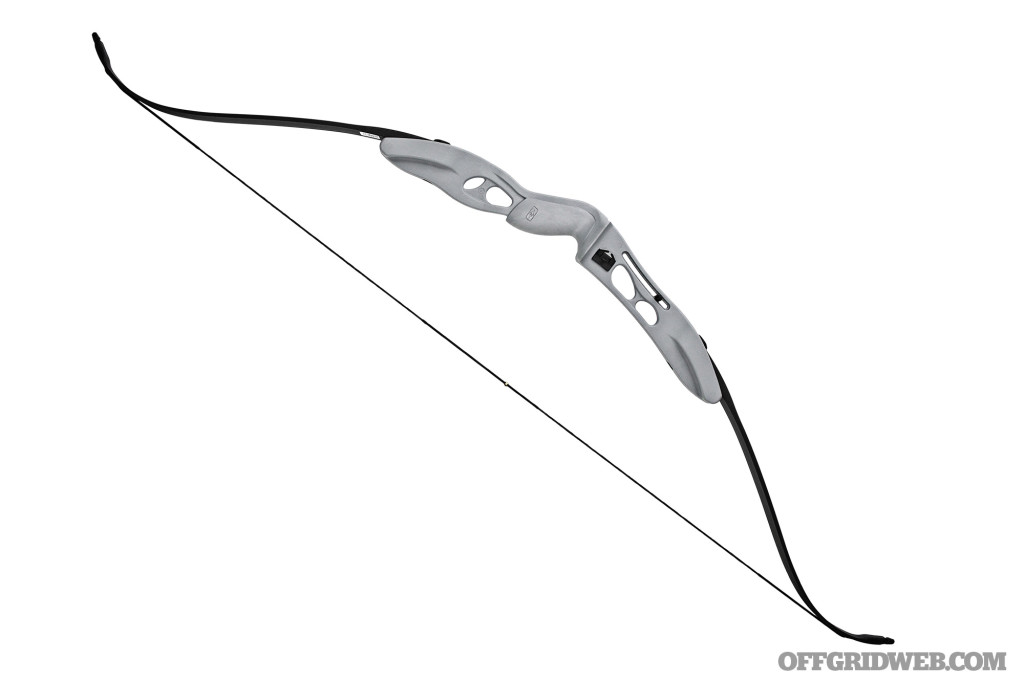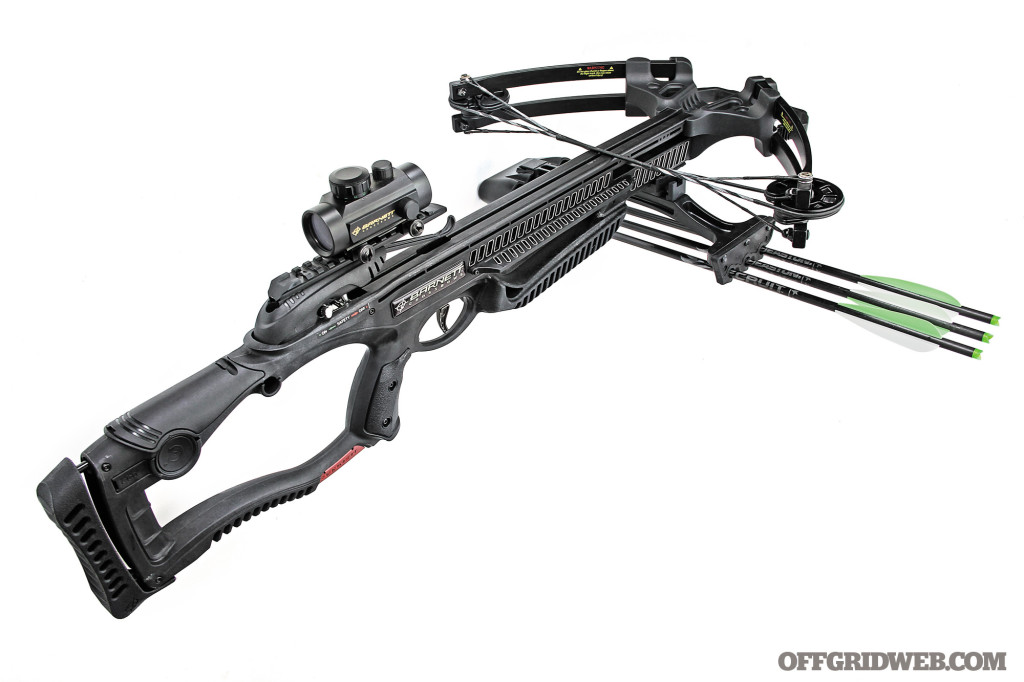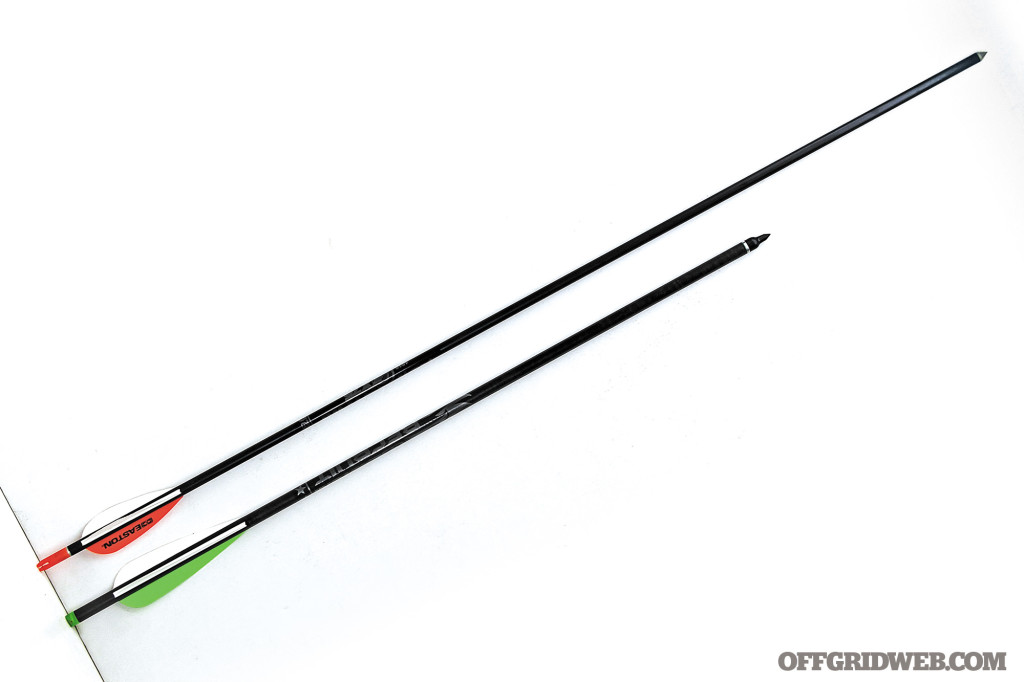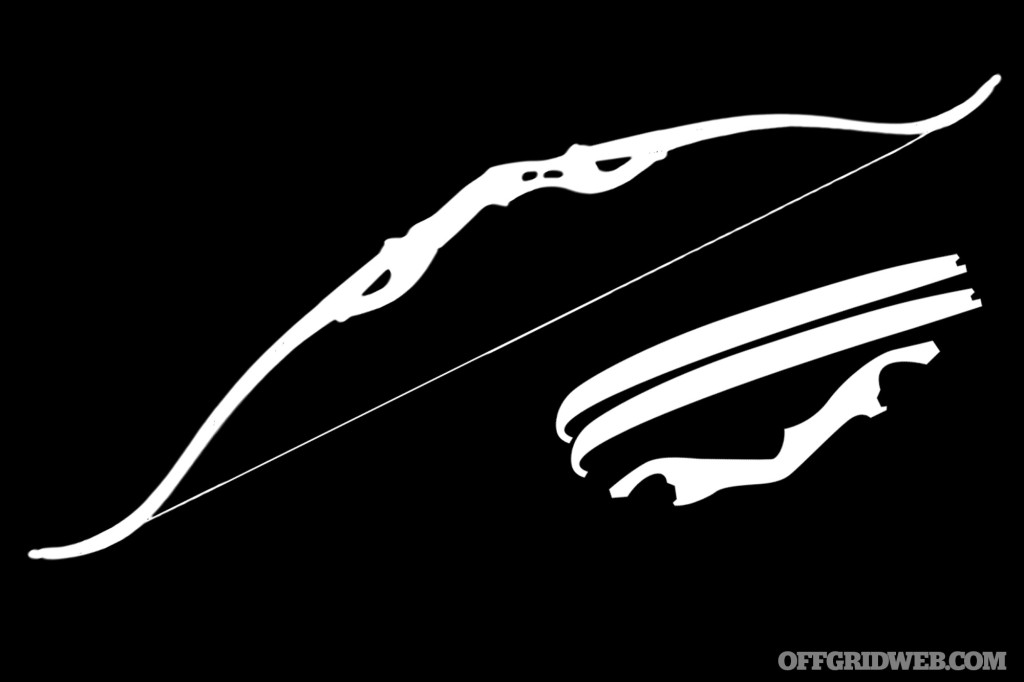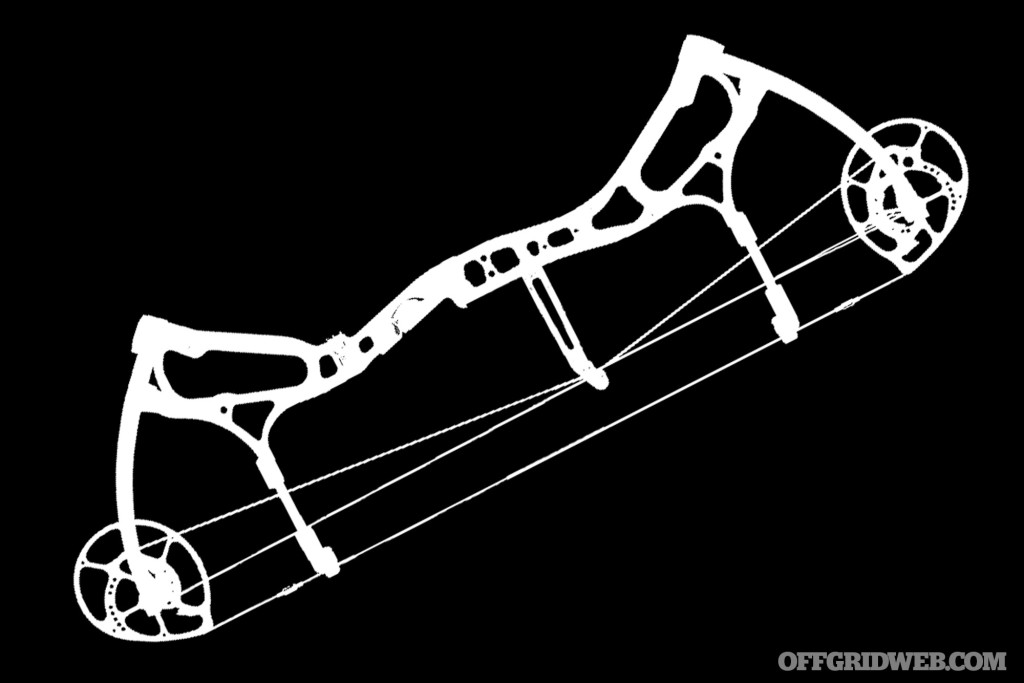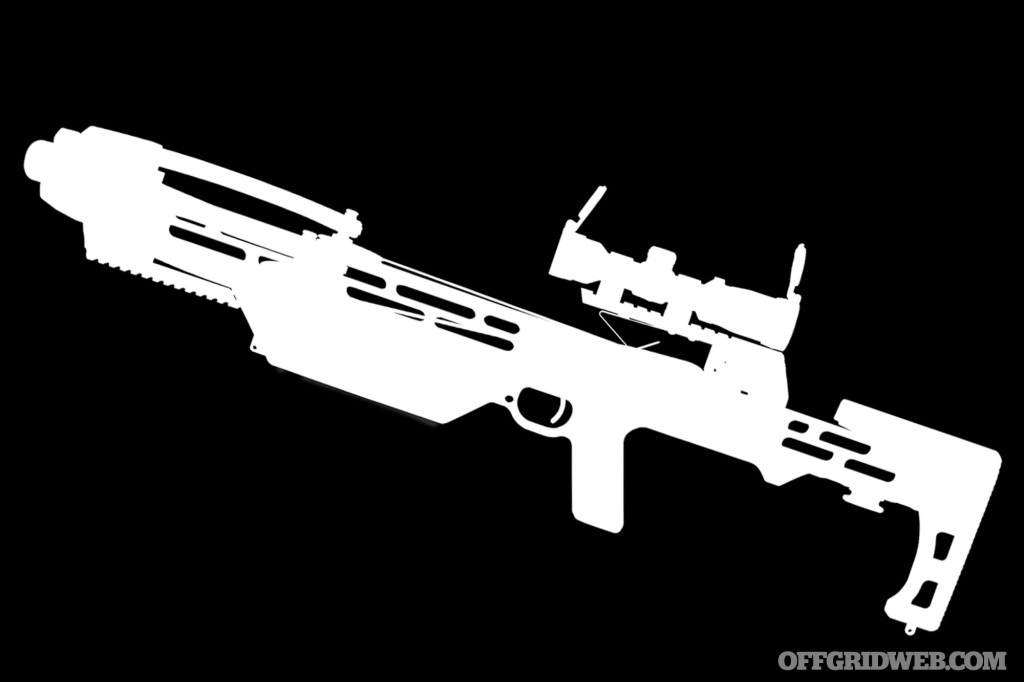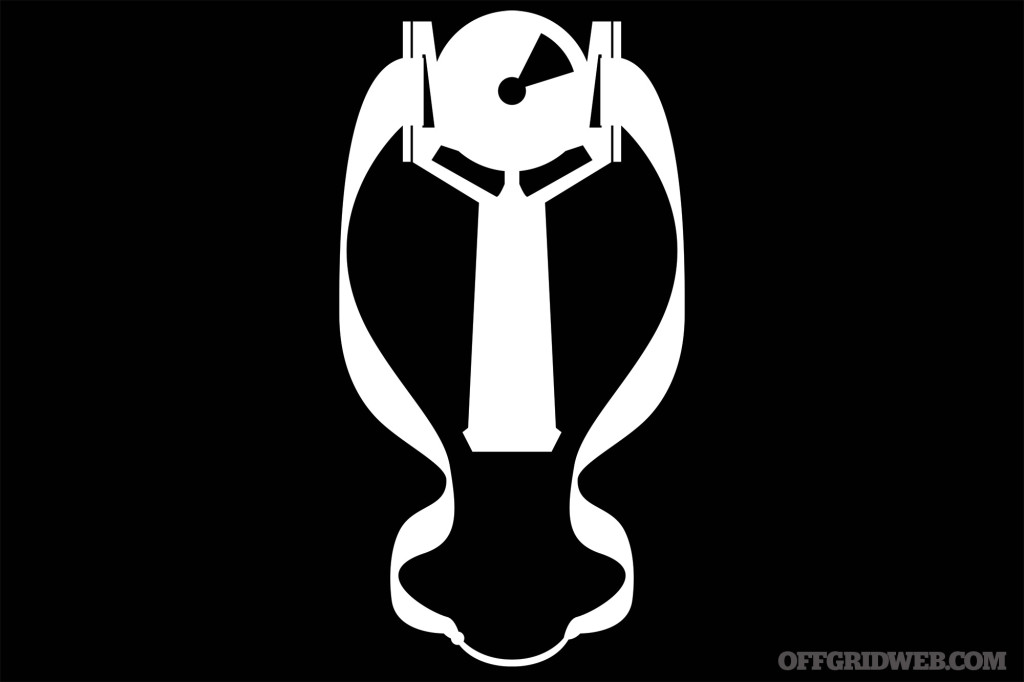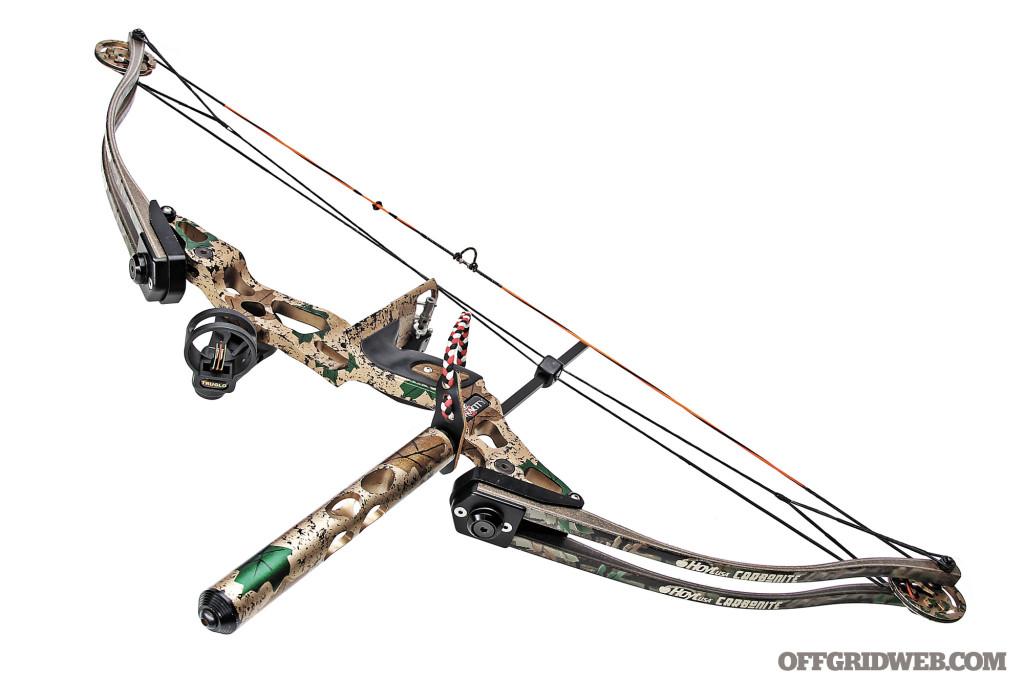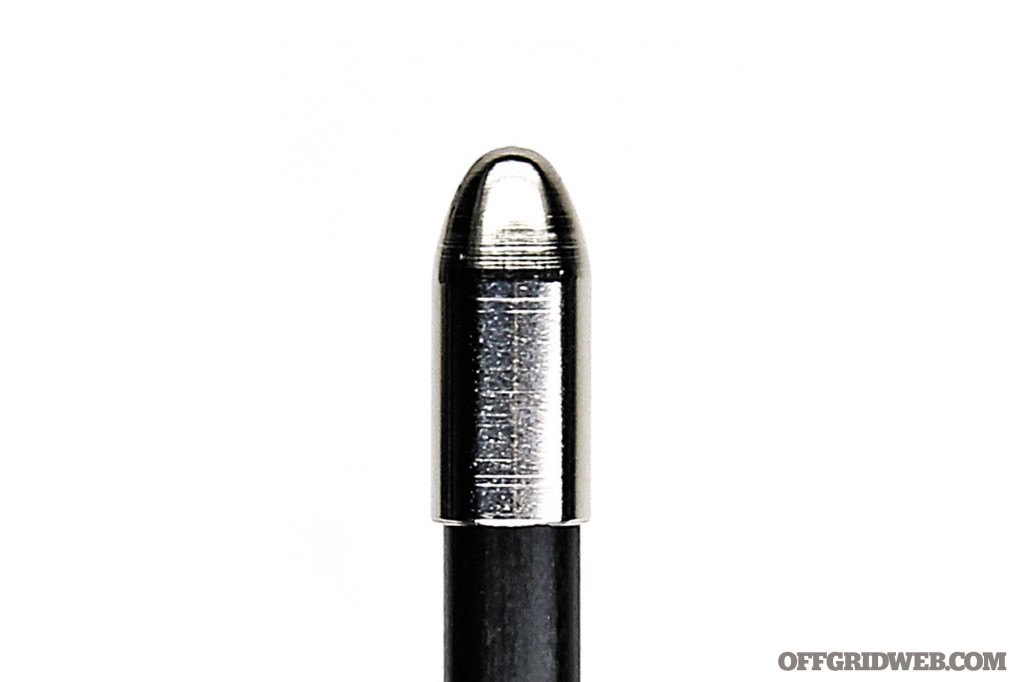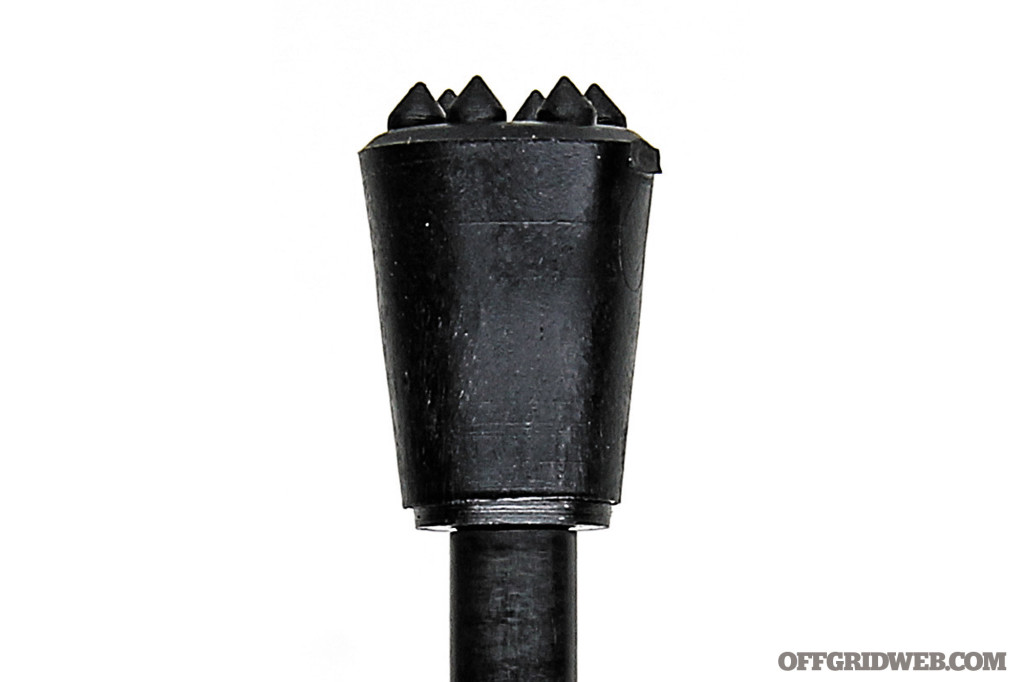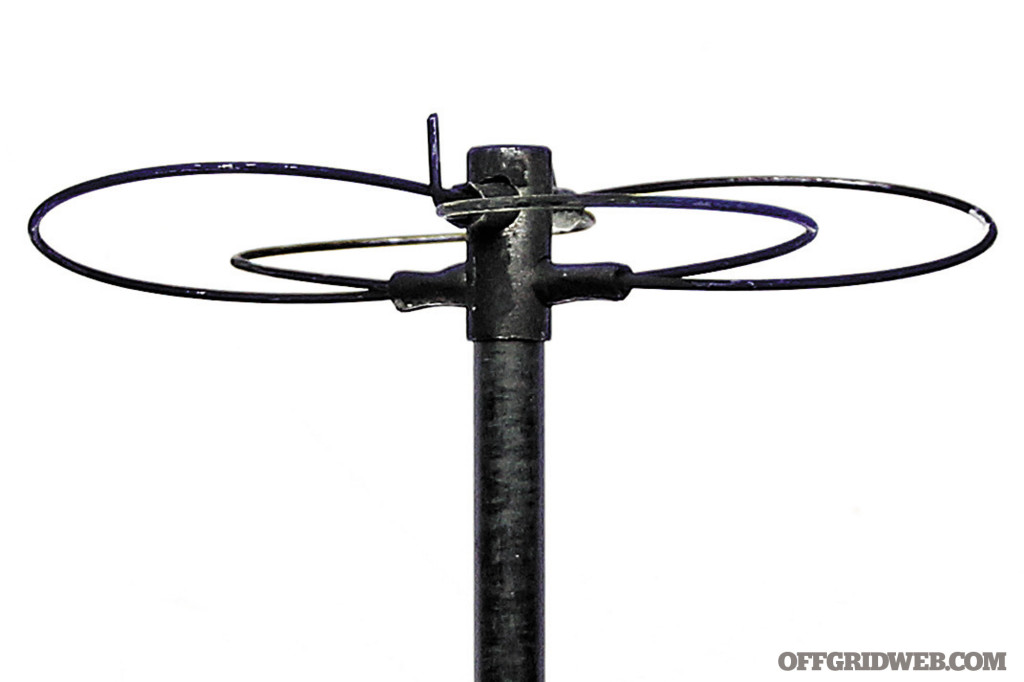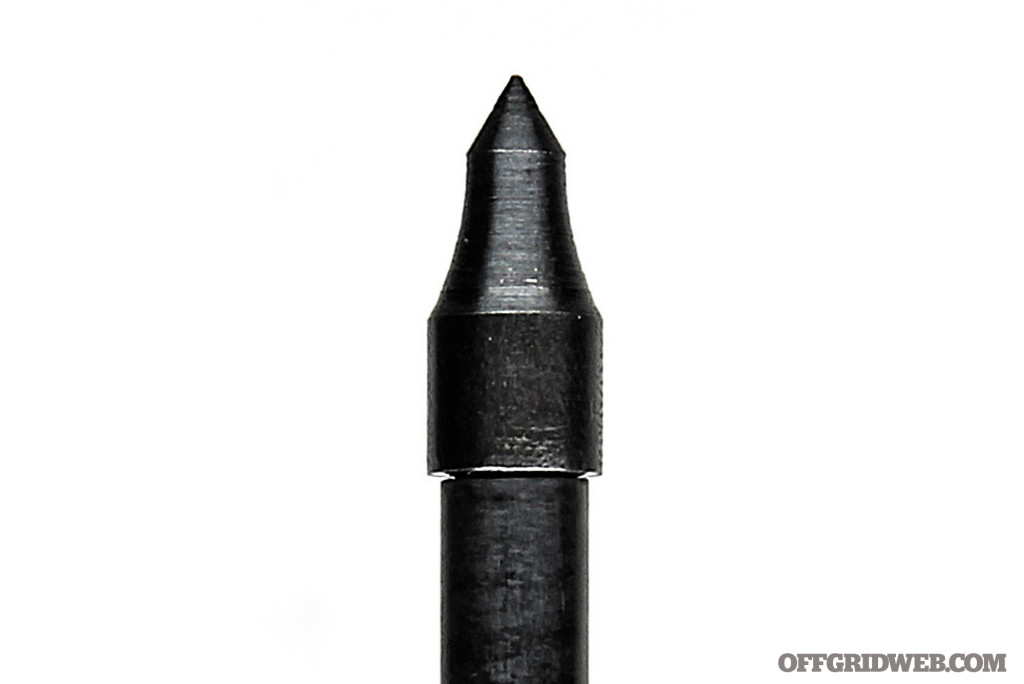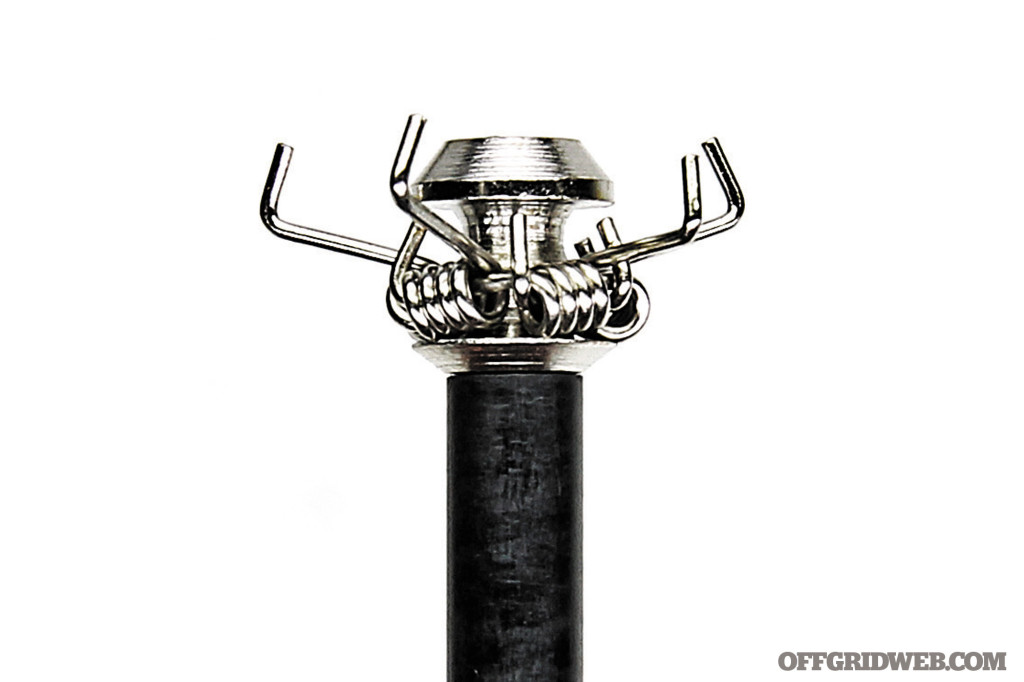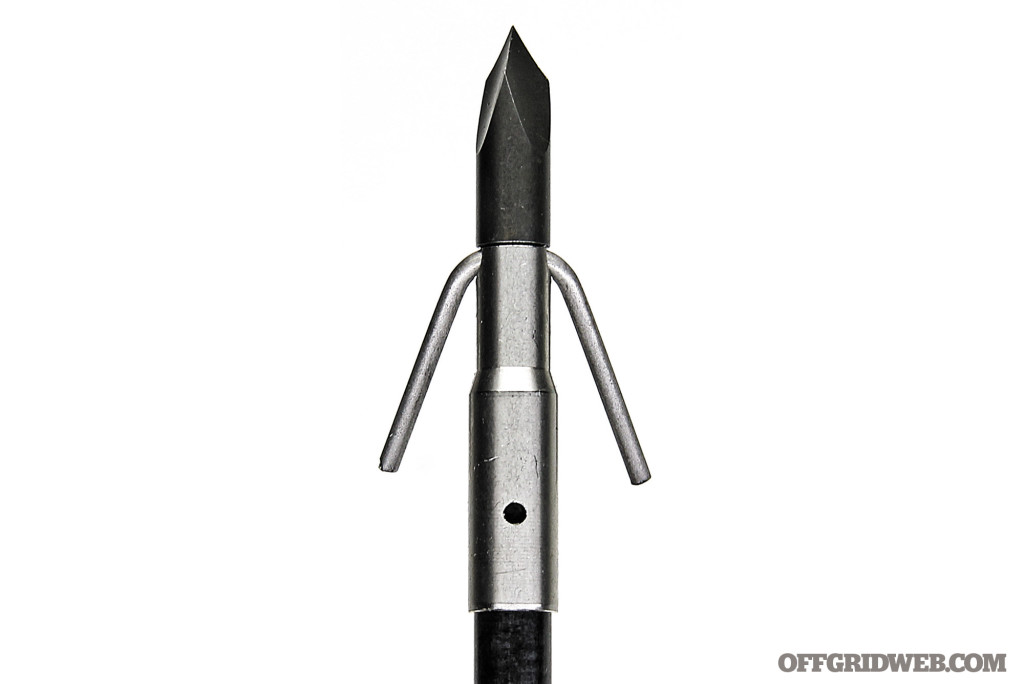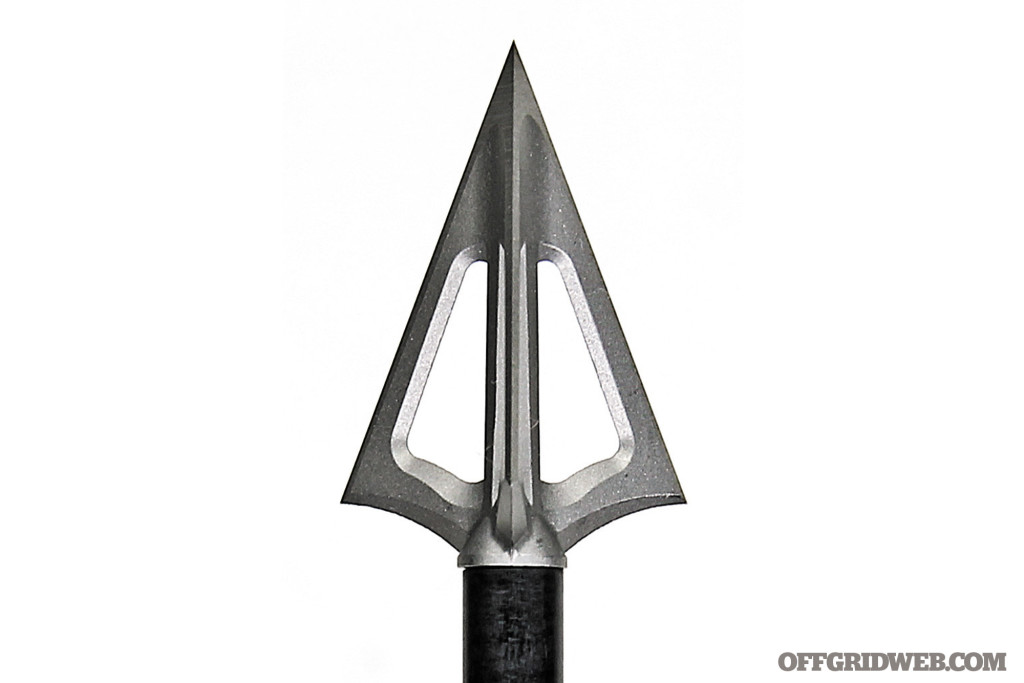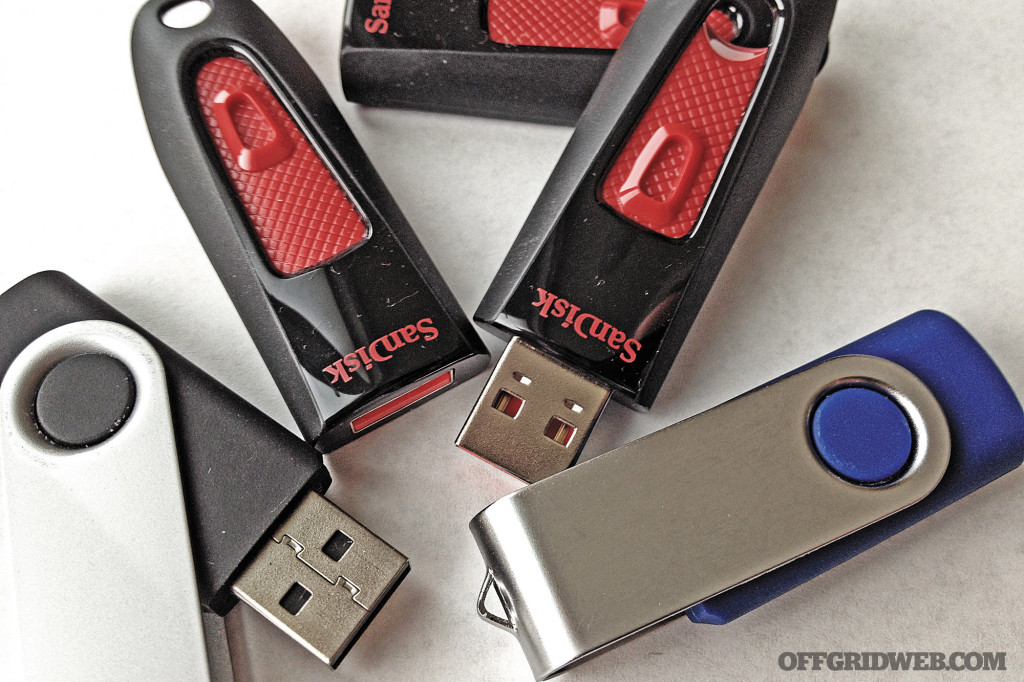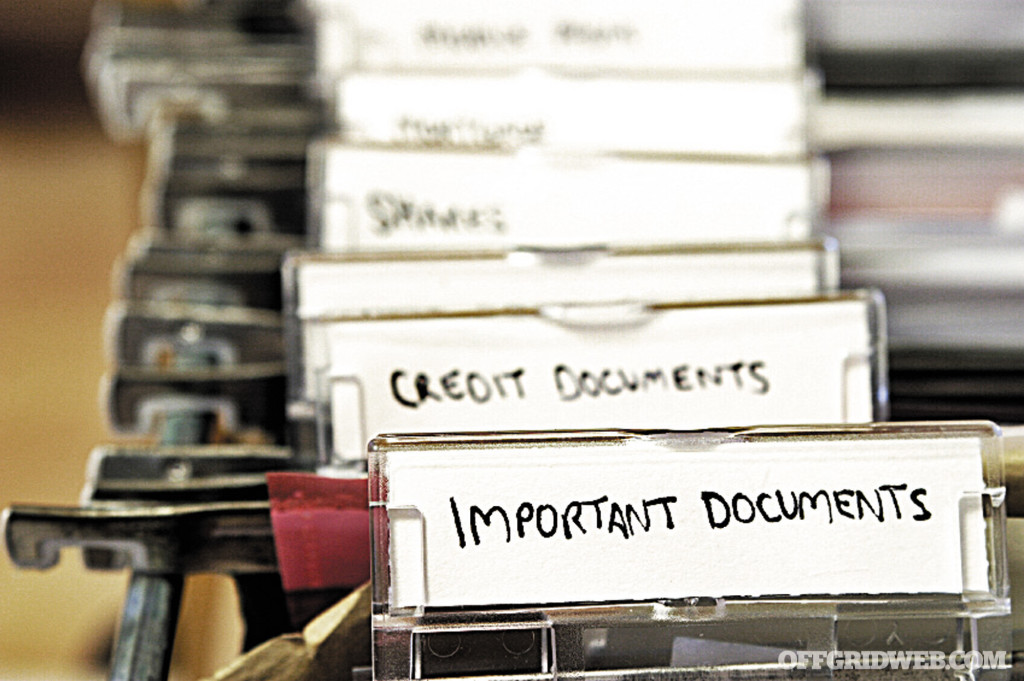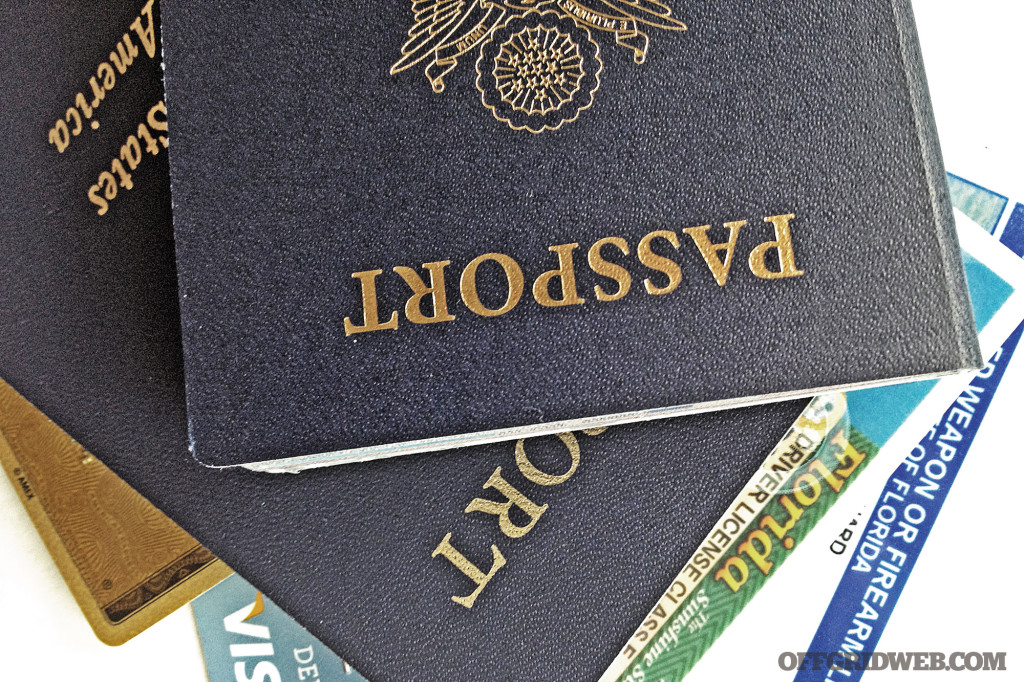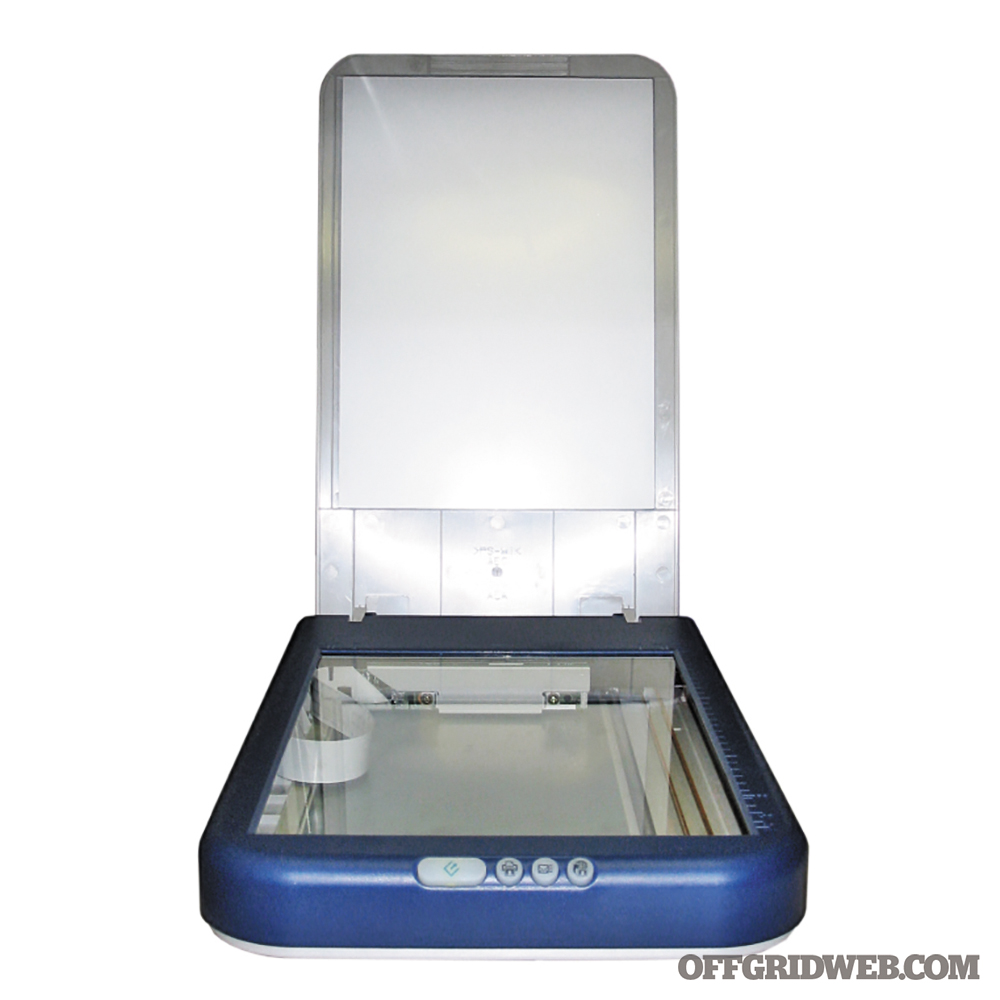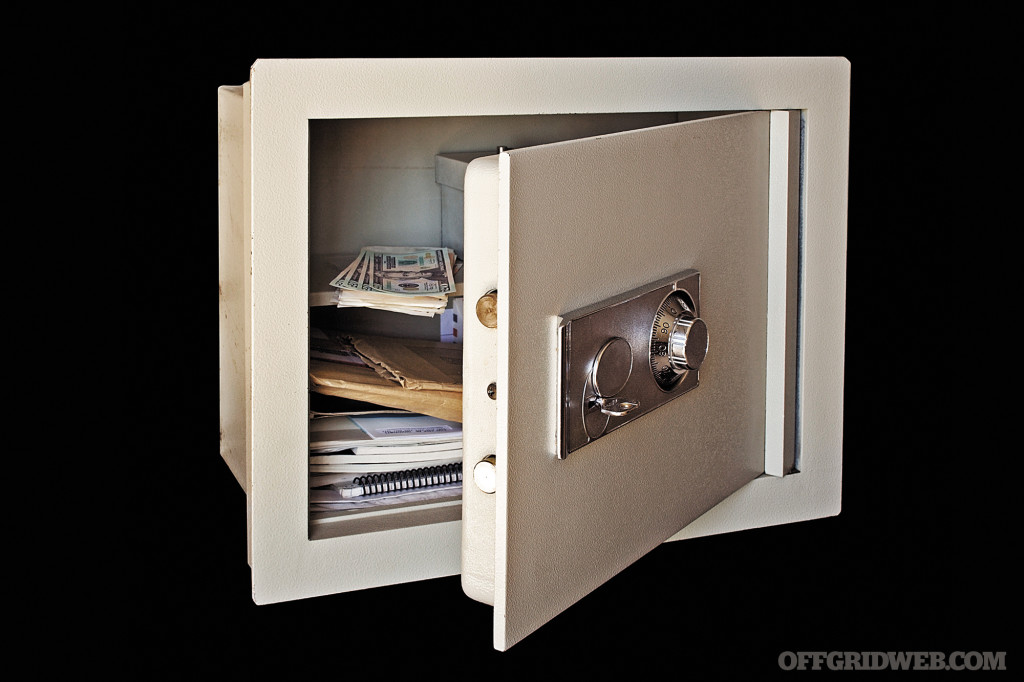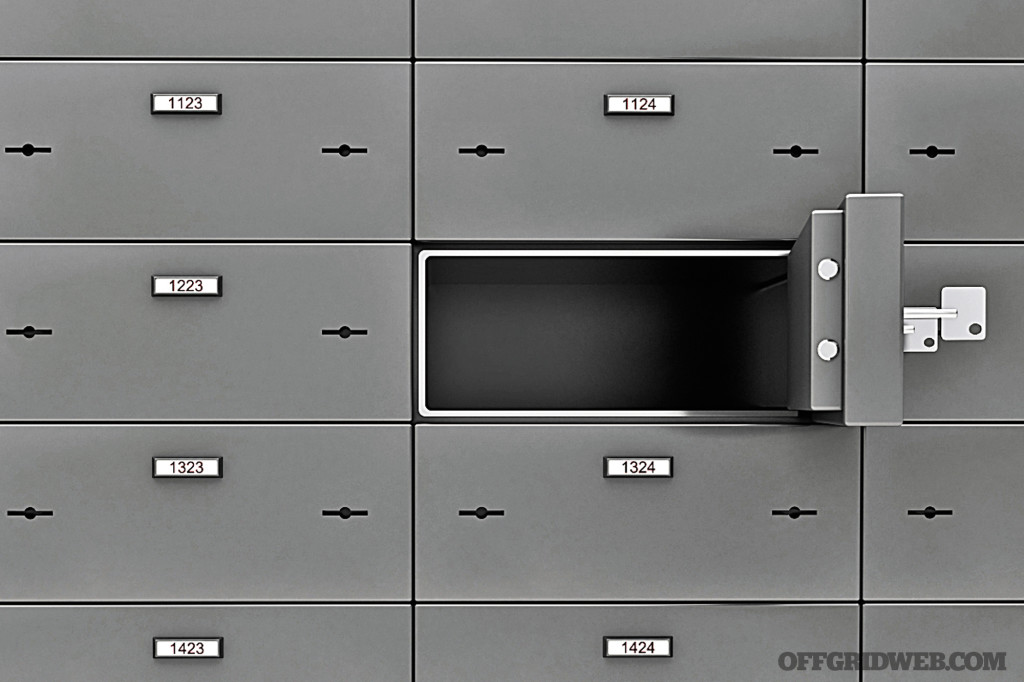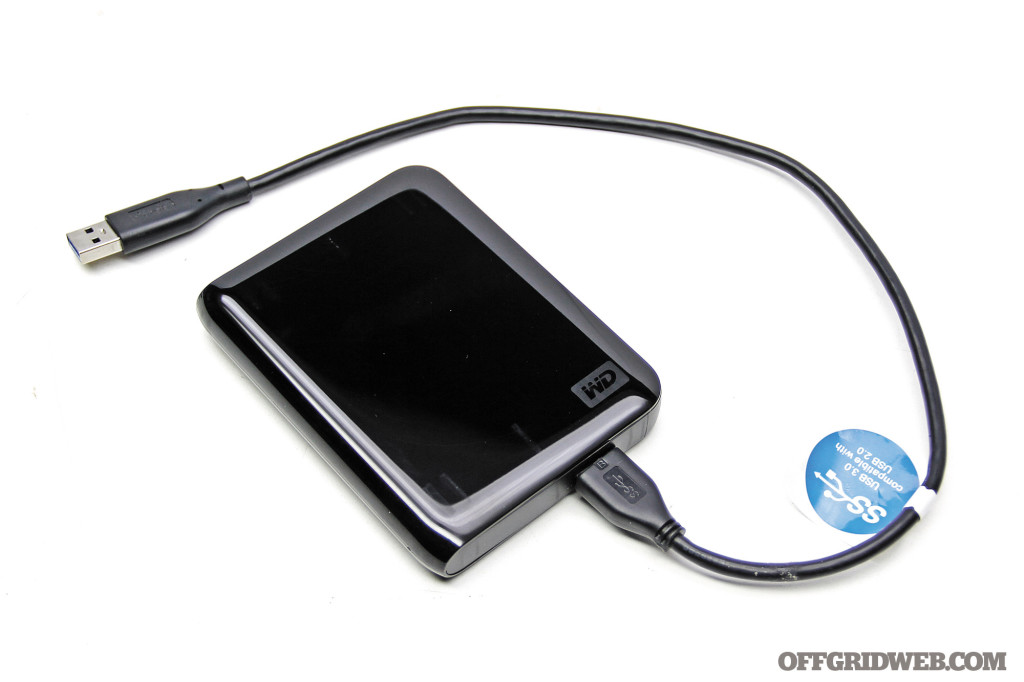In This Article
A sharp knife is a safe knife — this saying may sound counterintuitive to some, but anyone who has ever struggled with a dull knife knows just how dangerous it can be. A razor-sharp blade glides effortlessly through materials with surgical precision, while a chipped and rolled edge tends to wander and snag with every slice. At best, this makes using your knife frustrating and tedious; at worst, it can lead to serious injury as you apply more force in an effort to persuade the tool to do its job. A pocket-sized knife sharpener easily makes an every day carry knife more safe.
Choosing a knife with appropriate edge geometry, durable steel, and properly applied heat treat will go a long way in keeping its edge sharp. It’s also advisable to avoid abusing your knife by cutting against abrasive surfaces, pounding it through hard materials, or using it as a prybar. However, even if you follow every one of these best practices, all knives are bound to require maintenance eventually. This is where sharpeners come in.
You may already have a sharpening system in your kitchen, workshop, or garage, but these tools are generally far too large and elaborate to take into the field. For the times when you may not have access to your home sharpening system — whether that’s during a normal workday or a long-term survival situation — it’s wise to have a portable knife sharpener in your pocket or backpack. These compact tools can keep your knife cutting smoothly and safely, no matter where you are.
We collected seven pocket-sized knife sharpeners and evaluated each tool’s effectiveness on a variety of blades. Read on to see if one of them can help your favorite cutting implements stay sharp.
CRKT Knife Maintenance Tool
Sharpening Materials
Tungsten carbide & ceramic
Dimensions
2.8 by 1.2 by 0.6 inches
Weight
2.2 ounces
MSRP
$30
URL
www.crkt.com
Notes
As indicated by its name, the Knife Maintenance Tool is more than just a knife sharpener. It was designed by mechanical engineer Tom Stokes for CRKT, and features two draw-through notches for edge repair and maintenance: a tungsten carbide sharpener and a ceramic honing surface. CRKT doesn’t advertise the angle of these notches, but they appear to be about 20 degrees. It also includes two flip-out bit drivers with T6 and T8 Torx bits — these are handy for adjusting a knife’s pivot or tightening clip screws. The bits are removable and retained magnetically. The top of the tool has a bottle opener, flat screwdriver/pry bar, and key ring or lanyard hole.
Pros:
- Perfectly sized for a keychain accessory
- The bit drivers are very handy, but …
Cons:
- … the included hex bits are 0.9-inch long; standard bits are 1 inch. Replacement bits fit extremely tight unless filed down.
- Draw-through carbide sharpeners don’t produce the cleanest edge and can be destructive if used excessively.
DMT EDC-Sharp
Sharpening Materials
600-grit diamond
Dimensions
5.5 by 1.2 by 0.2 inches
Weight
3.6 ounces
MSRP
$22
URL
www.dmtsharp.com
Notes
New from DMT, the EDC-Sharp is a multipurpose pocket tool with an integrated diamond sharpening surface. It’s constructed from 1/8-inch-thick 5CR steel and features a 5-inch ruler on one side, a metric ruler on the other side, a wire stripper/cutter, bottle opener, two flat screwdrivers, and a small file edge. A cutaway in the center serves as a 7mm, 8mm, and 10mm wrench. A lanyard hole is also present, although this tool’s size would be excessive for a keychain item. The sharpening plate is 1 by 2.7 inches and has a fine texture suitable for touching up slightly dull blades. This diamond sharpener is made in the USA; the rest of the tool is made in China.
Pros:
- Recessed holes in the knife sharpener keep its surface clear and maintain abrasive performance
- All-metal construction feels solid
Cons:
- We like the multi-tool concept, but wish there was slightly more focus on the primary function. Adding features doesn’t always add value.
- Flat surface isn’t ideal for recurve blades
Lansky Blademedic
Sharpening Materials
Tungsten carbide, 600-grit diamond, 1,000-grit ceramic
Dimensions
4 by 1.2 by 0.5 inches
Weight
3.5 ounces
MSRP
$16
URL
www.lansky.com
Notes
One of the most popular portable knife sharpeners on the market, the Blademedic fits easily on a keychain and includes four sharpening features in a metal case. The carbide and ceramic draw-through notches are set to 22.5 degrees on each side; instructions recommend three or four strokes through each to restore an edge. An additional ceramic section fits into serrations. Lastly, the tapered diamond rod can be used on serrations or for general sharpening. We’d favor this rod over the carbide notch as a starting point for sharpening, since it’s much gentler. It’s held in the open or closed position by strong magnets inside.
Pros:
- Good variety of tools in a small package
- Magnets ensure the diamond rod stays put while you work and doesn’t rattle loose in transit
Cons:
- Surprisingly heavy for its size
- Be careful how often you use the carbide knife sharpener, since it aggressively removes steel.
Mora Diamond Sharpener S
Sharpening Material
600-grit diamond
Dimensions
4.1 by 0.4 by 0.3 inches
Weight
0.4 ounces
MSRP
$25
Notes
Contained in a diminutive pen-shaped case, the Diamond Sharpener S can be carried almost anywhere. It features a small diamond rod with one flat side and a groove for fish hook sharpening. After close examination, we spotted something strange. The packaging says “Made in Mora Sweden,” but the pocket clip says “EZE-LAP Carson City, Nevada.” After some Googling, we found that this knife sharpener appears to be identical to an EZE-LAP Model S sharpener except for a Morakniv logo. Private-labeling is nothing new, but the EZE-LAP tool retails for $7. You could buy three of them for the price of one Mora-branded sharpener, and still have money left over.
Pros:
- Extremely small and lightweight, fits anywhere a pen would
- Grooved shaft can be used to sharpen fish hooks
Cons:
- Mora products usually offer excellent value, but not this time. You’d be better off buying an EZE-LAP Model S … or three.
Spyderco Golden Stone
Sharpening Material
Fine ceramic (approx. 1,200 grit)
Dimensions
7.2 by 3 by 0.3 inches
Weight
8.8 ounces including pouch
MSRP
$100
URL
www.spyderco.com
Notes
To use the Golden Stone, grab the narrow end with one hand and hold it upright. Then place the scalloped end of the stone against a flat surface and tilt it to the left or right. With your other hand, hold your knife blade vertical and draw it straight down along the edge of the stone. This creates an even 20-degree sharpening angle on either side. There’s also a groove for sharpening fish hooks, as well as radiused and flat surfaces that can sharpen virtually any other blade. The included suede leather case doubles as a non-slip tabletop pad. We noticed that Spyderco’s site lists this product (#308F) as a 1×5-inch stone, but it’s substantially larger than that.
Pros:
- Easy to use while maintaining a consistent angle
- Leather case doubles as a strop to remove burrs
- Made in the USA
Cons:
- Must be used on a bench or other flat surface
- Ever dropped a plate and watched it explode into fragments? Dropping this slick ceramic stone would be equally disastrous.
Victorinox Dual Knife Sharpener
Sharpening Material
Medium stone, fine ceramic
Dimensions
5.6 by 0.4 by 0.7 inches
Weight
1 ounce
MSRP
$14
Notes
Victorinox is known around the world for its multi-function Swiss Army knives, but the European company has a wide range of other products to offer, including a few different knife sharpeners. As you probably guessed from its name, the Dual-Knife Sharpener has two functions. An oval 3.2-inch stone serves to grind away larger edge imperfections; its narrower sides can be used on serrations, and its grooves can sharpen fish hooks. Opposite the stone, there’s a V-shaped ceramic notch for refining a blade’s edge. These items are packaged in a tough black polymer case with the Victorinox logo emblazoned on a bright red pocket clip. Made in Germany.
Pros:
- Oval stone makes it easy to sharpen a variety of blade and serration types
- Simple and durable case fits easily into a pocket
Cons:
- Using the ceramic hone necessitates working with the blade pointed down at the support hand. Most other tools avoid this by turning the notch 90 degrees.
Work Sharp Guided Field Sharpener
Sharpening Material
220-grit diamond surface, 600-grit diamond surface, coarse and fine ceramic rods, leather strop
Dimensions
6.8 by 1.7 by 1 inches
Weight
4.7 ounces
MSRP
$35
Notes
This compact tool from Work Sharp offers an impressive array of five stages. First, the coarse and fine diamond surfaces are used to remove large imperfections and restore the edge. Next, turn the red knob to “C” or “F” to reveal coarse and fine ceramic honing surfaces. Each of these stages includes a 20-degree angle guide. Lastly, run the edge against the leather strop on the side to polish away burrs with the embedded micro-abrasive compound. There’s also a ceramic rod for small serrations, a fish hook sharpening groove, and — after removing the diamond plates from their magnetic retainers — an arrow broadhead wrench and a small storage compartment for hex wrenches or other items.
Pros:
- Five-stage system can quickly revitalize even the dullest blades
- 20-degree guides help maintain edge geometry
Cons:
- Coarse plate is highly abrasive and should be used sparingly
- Thumb grip could be more comfortable
Web Exclusive: More Sharpeners
For our thoughts on three more knife sharpeners that didn’t make it into this guide, refer to our web-exclusive article, Review: 3 EDC Knife Sharpeners.
More From Issue 30
Don’t miss essential survival insights—sign up for Recoil Offgrid’s free newsletter today!
- Pocket Preps: Knife Sharpener
- Gear Up Issue 30
- Parental Preps Issue 30
- What If You Awaken to a Kidnapping, Abduction, or Worse?
- Rugged Recipes: How to Make 4 Historic Survival Foods
- Out of the Darkness: Taking Control After Sexual Violence
- Survivalist Spotlight: Rudy Reyes
- 6 Trap Triggers for Survival
- All Washed Up: How to Make Soap from Scratch
- Review: Klim Arsenal Vest
- Young Hunters: Tips for Teaching Kids to Hunt
- Household Ingenuity: 13 Specialized Tools for Survival
- Battle of the Boomsticks: Kel-Tec KSG vs. SRM 1216
- Book Review: “Waste Land” by David T. Hanson
- Traumatic Shock Treatment & Survival
Read articles from the next issue of Recoil Offgrid: Issue 31
Read articles from the previous issue of Recoil Offgrid: Issue 29
Check out our other publications on the web: Recoil | Gun Digest | Blade | RecoilTV | RECOILtv (YouTube)
Editor’s Note: This article has been modified from its original version for the web.

